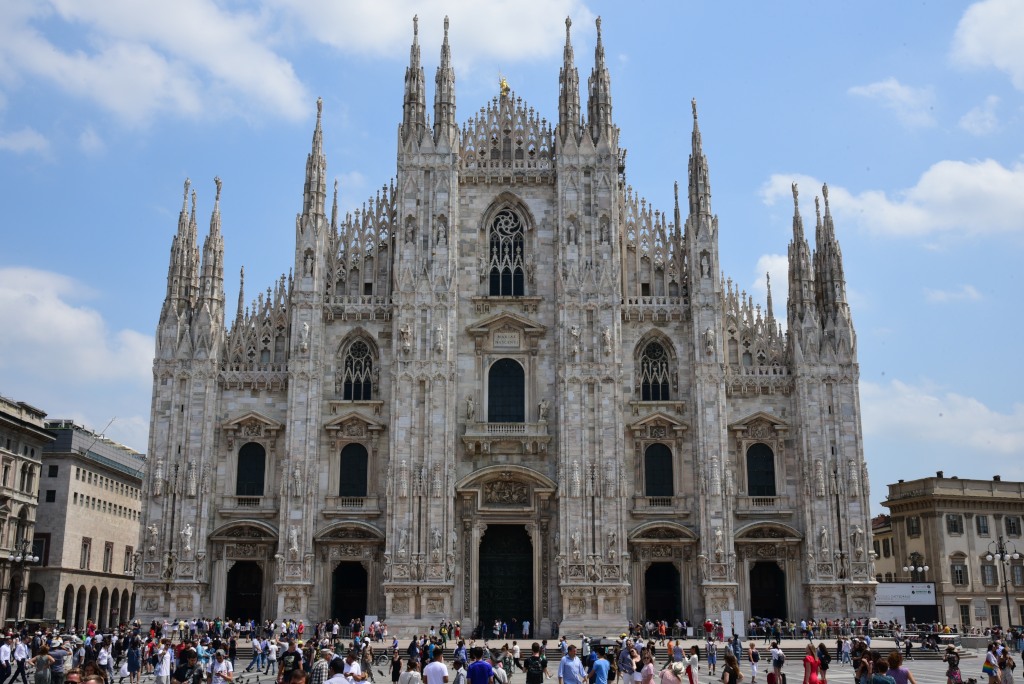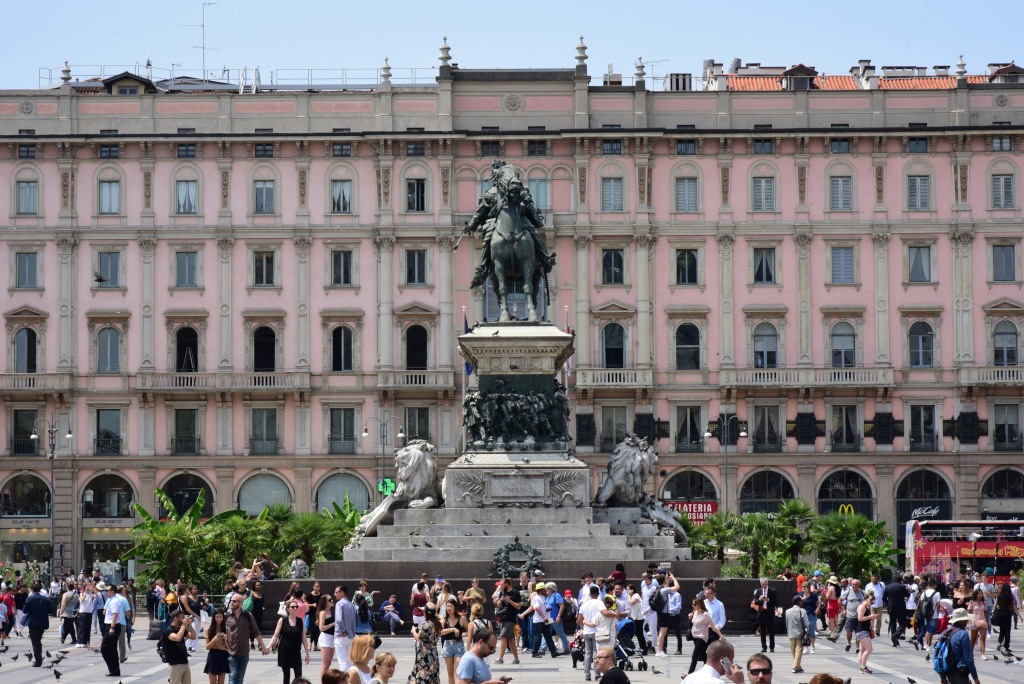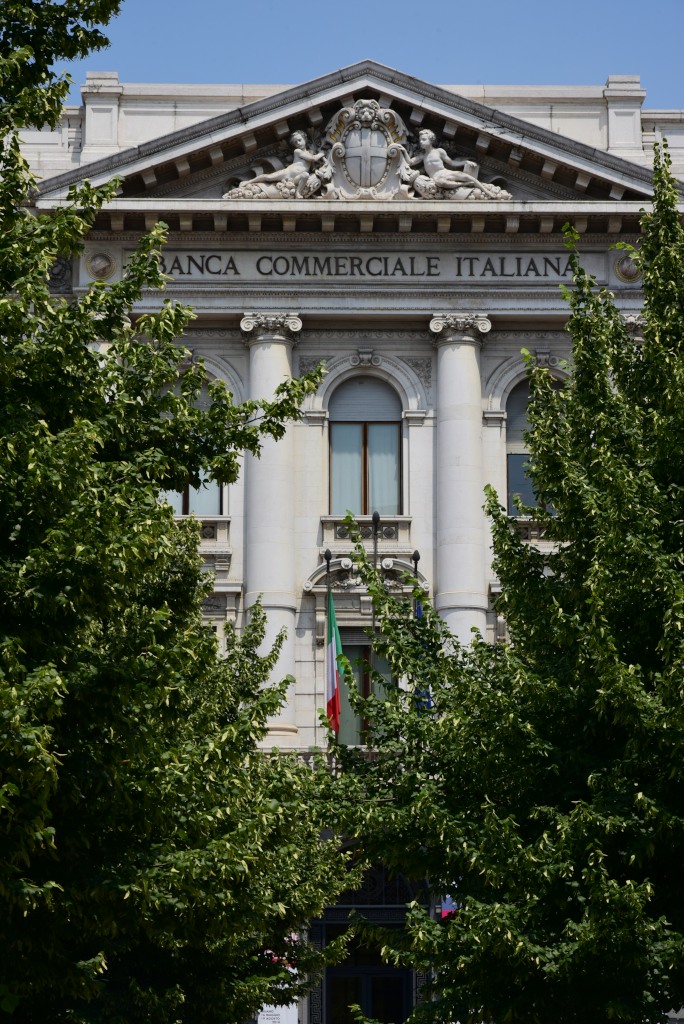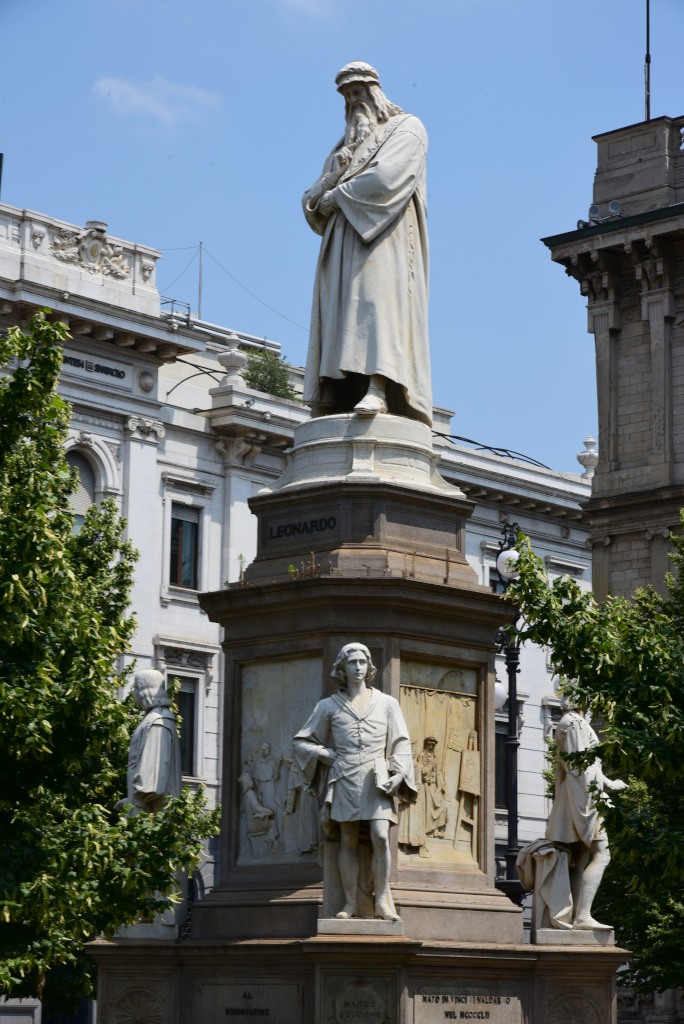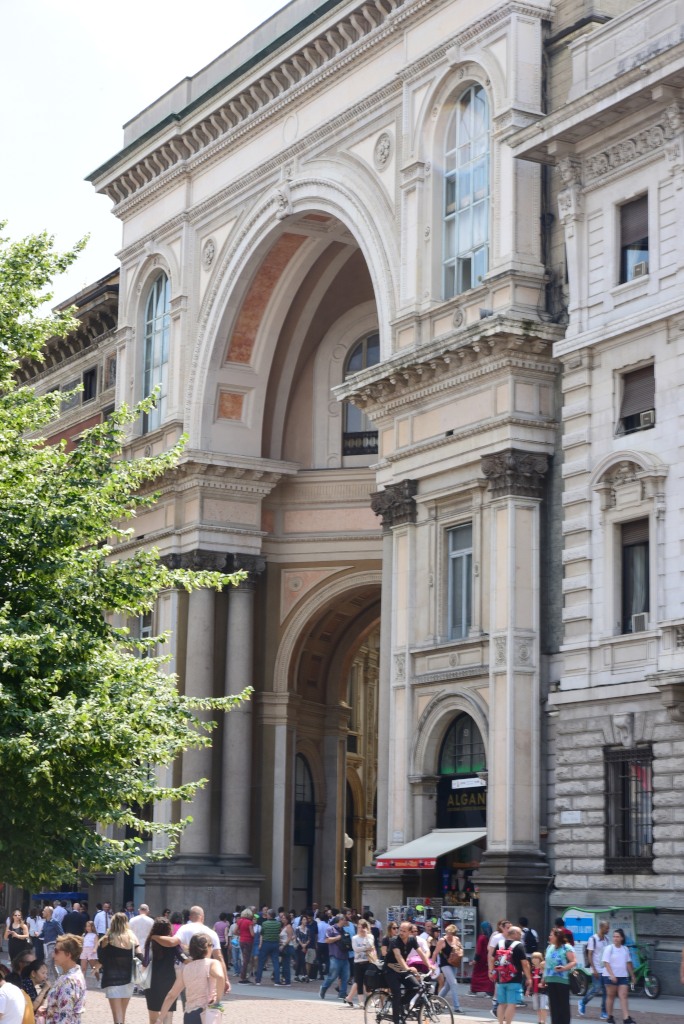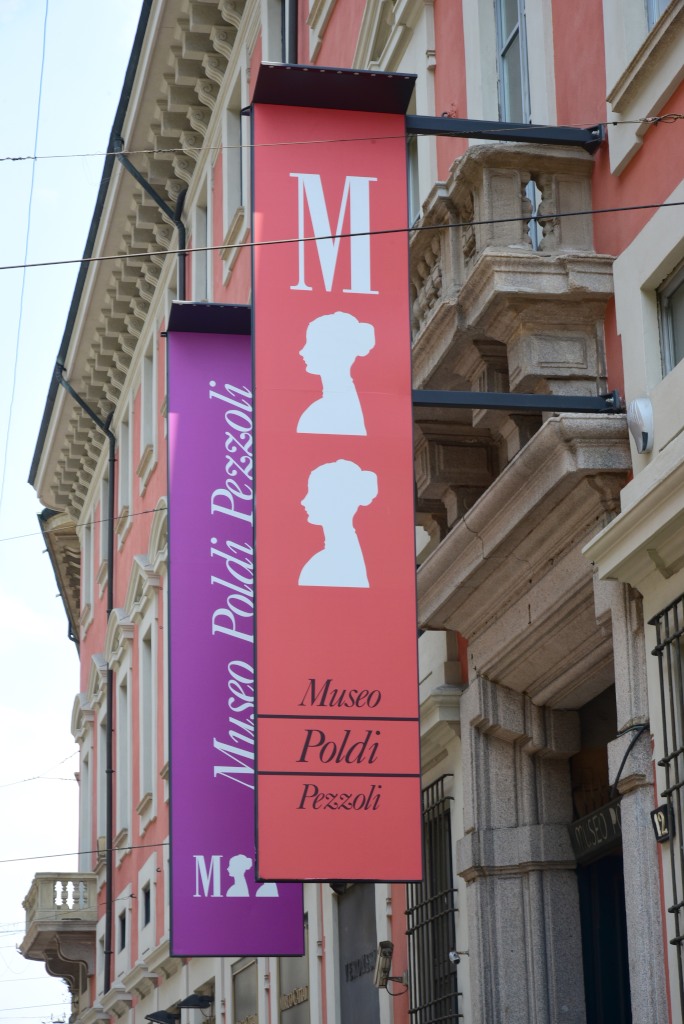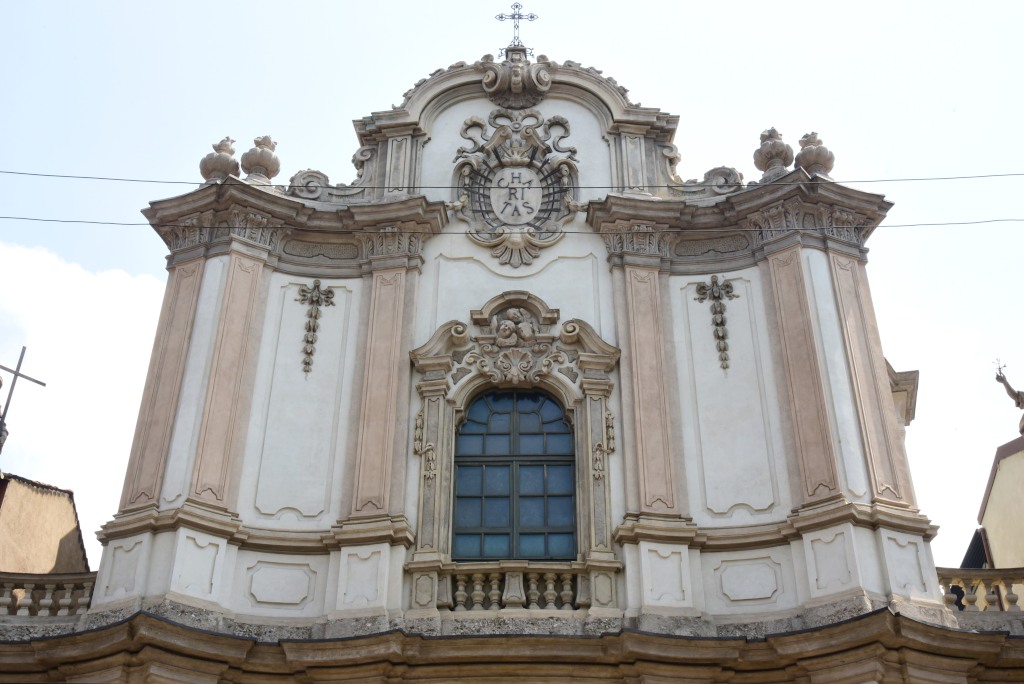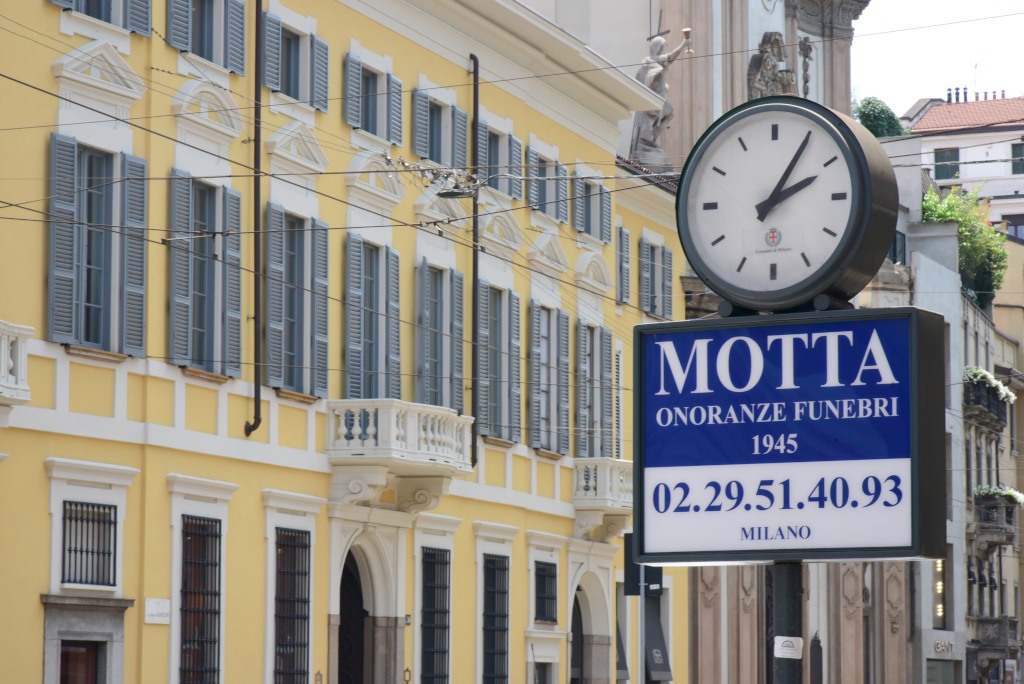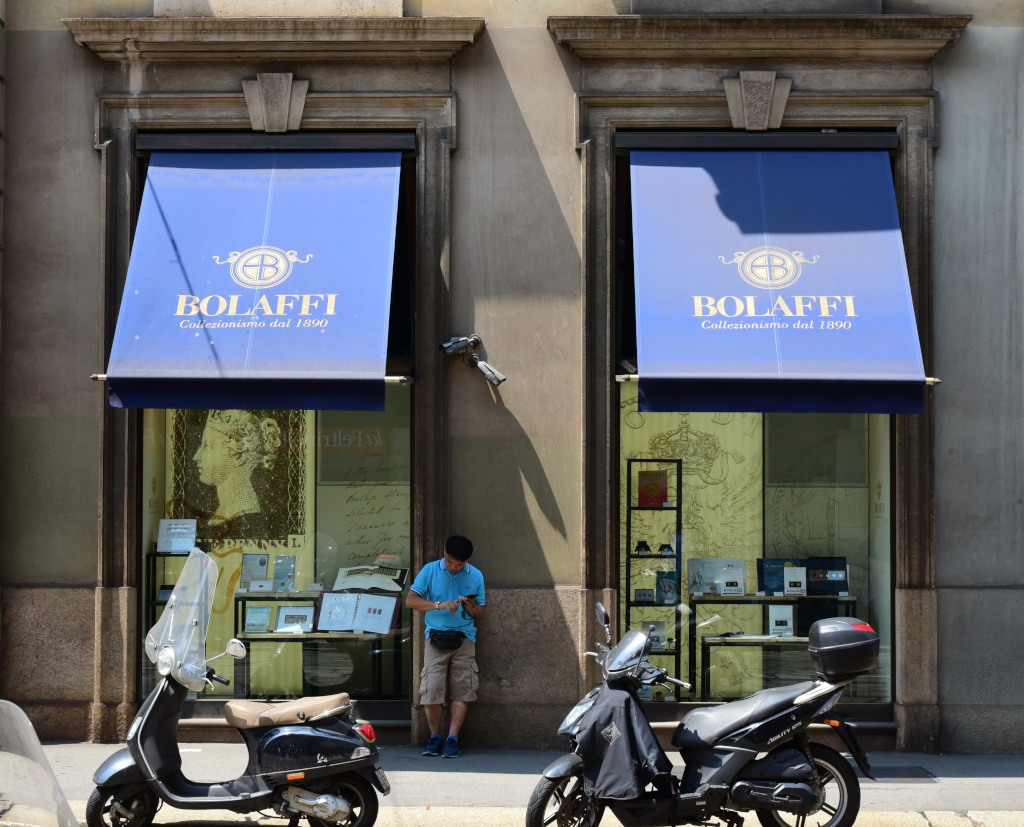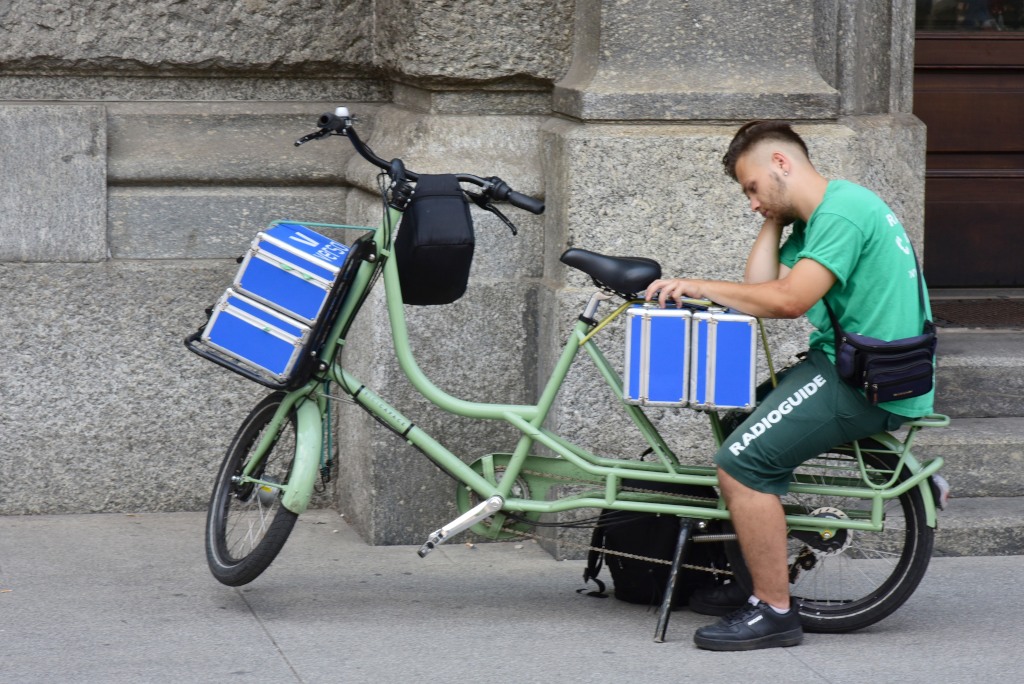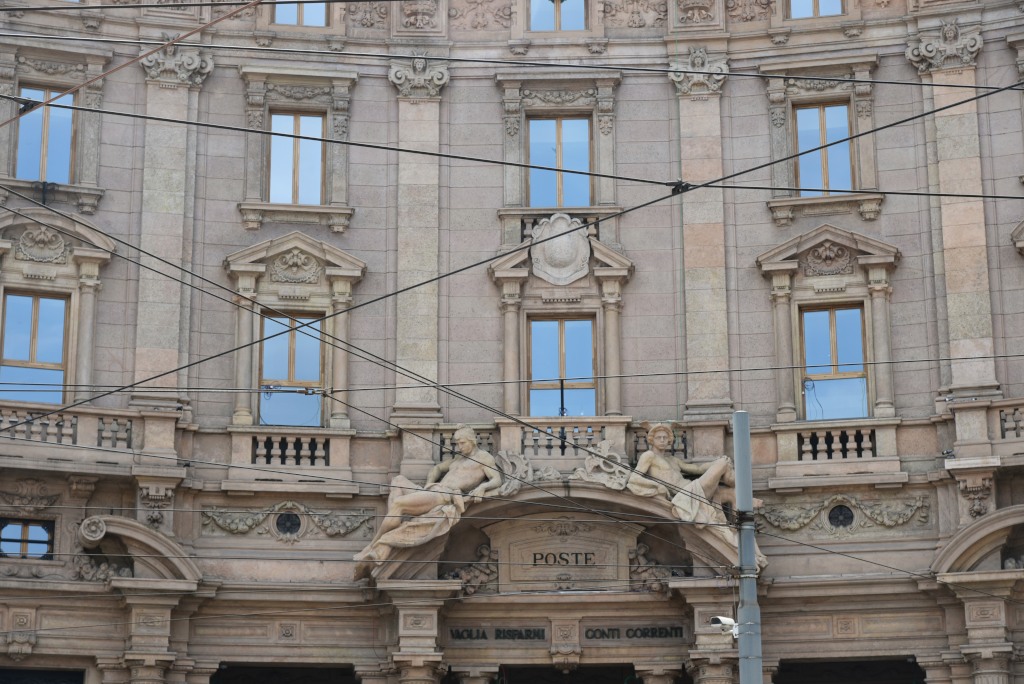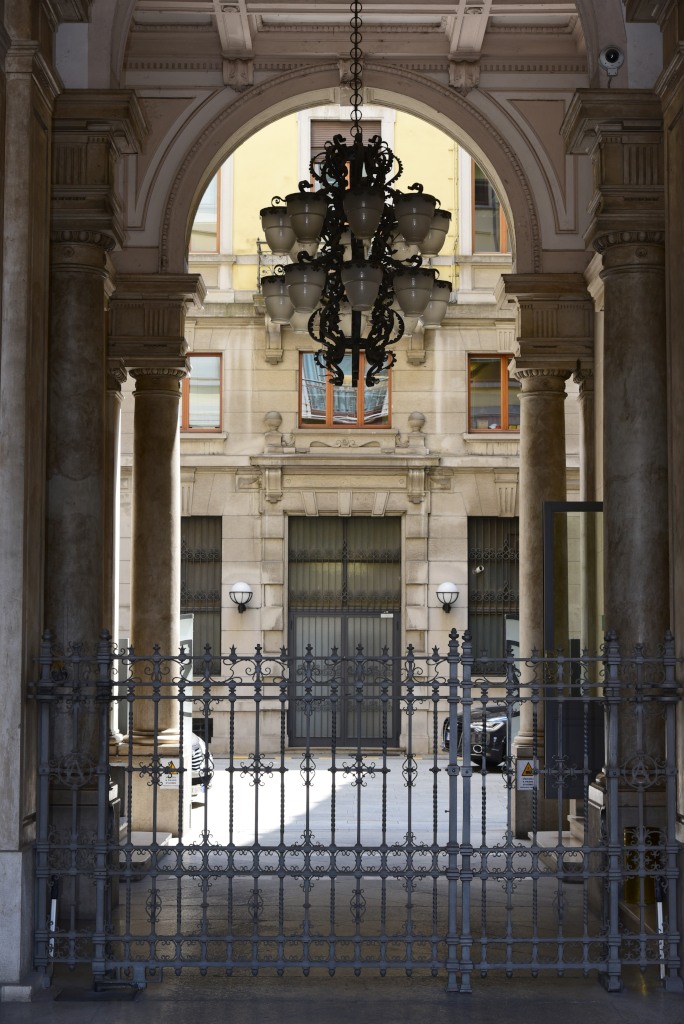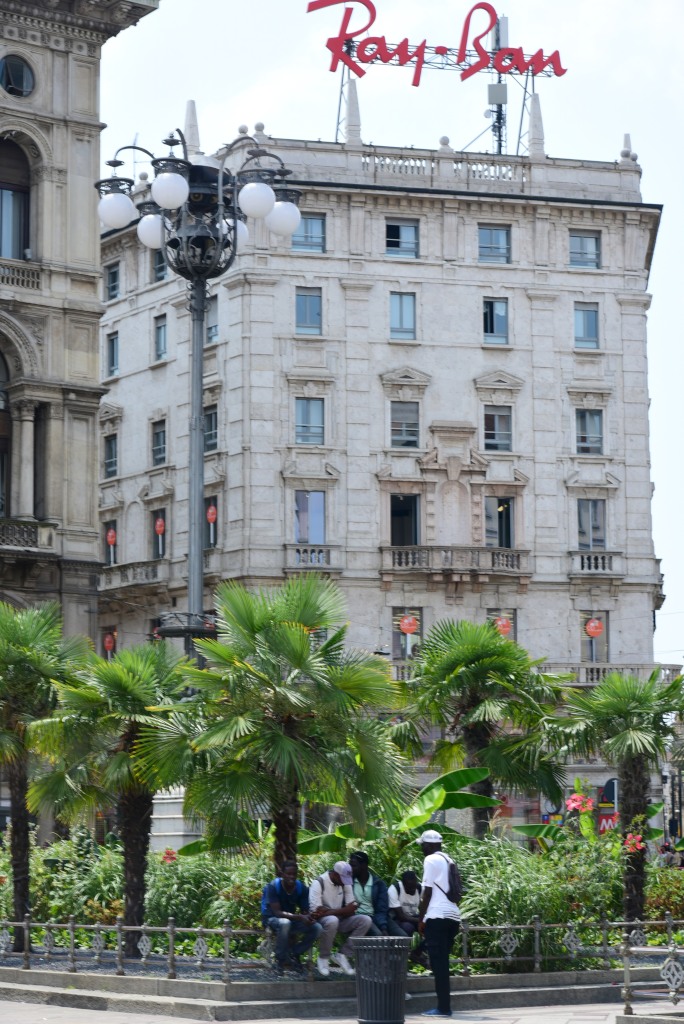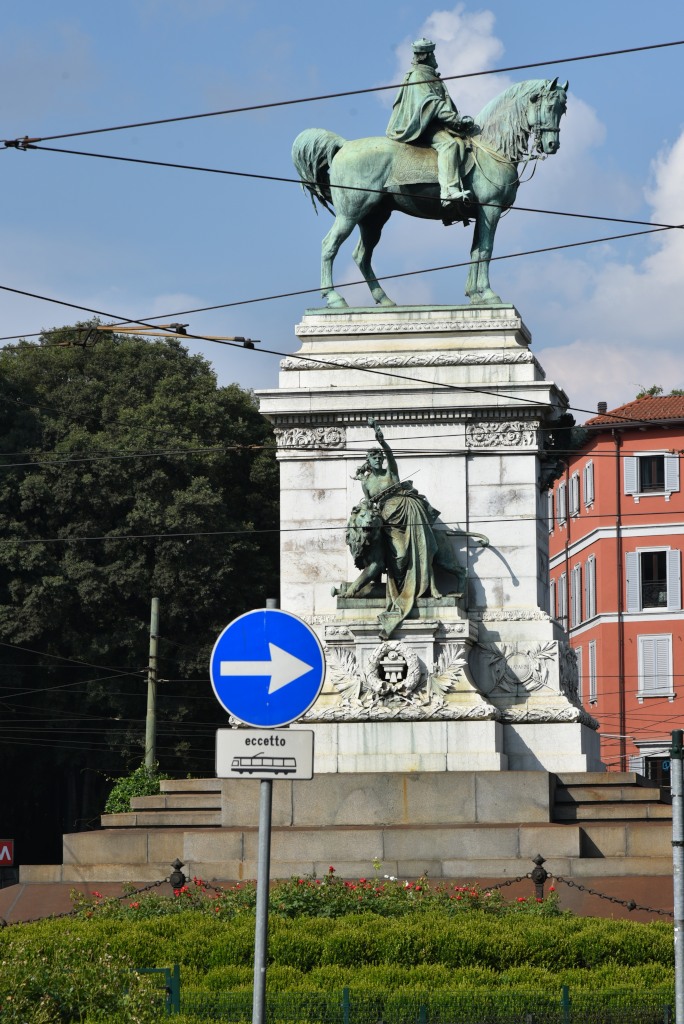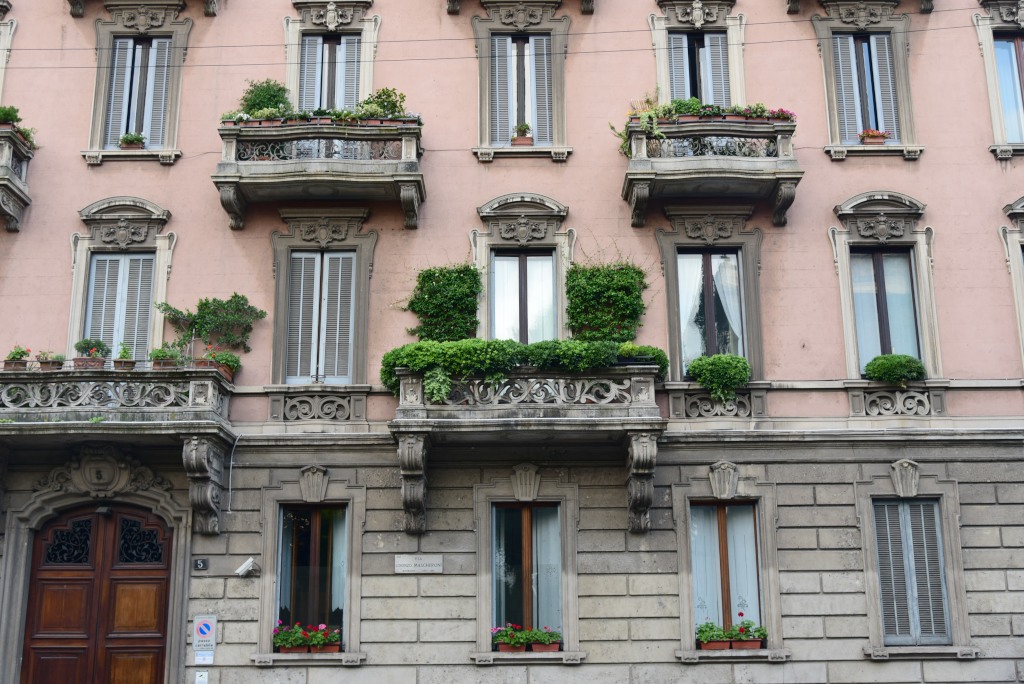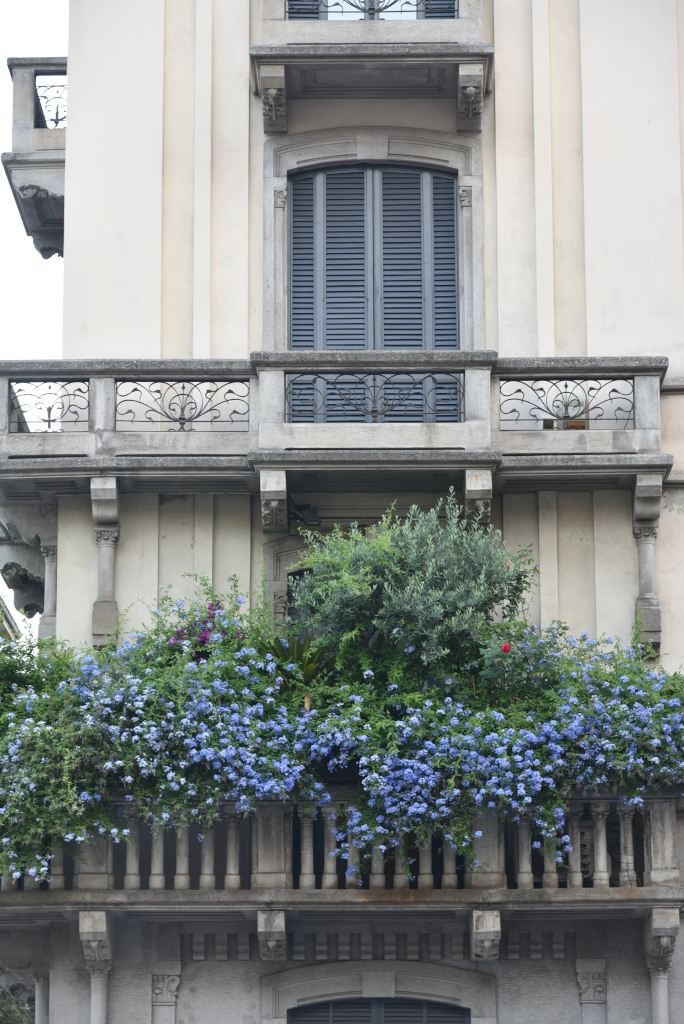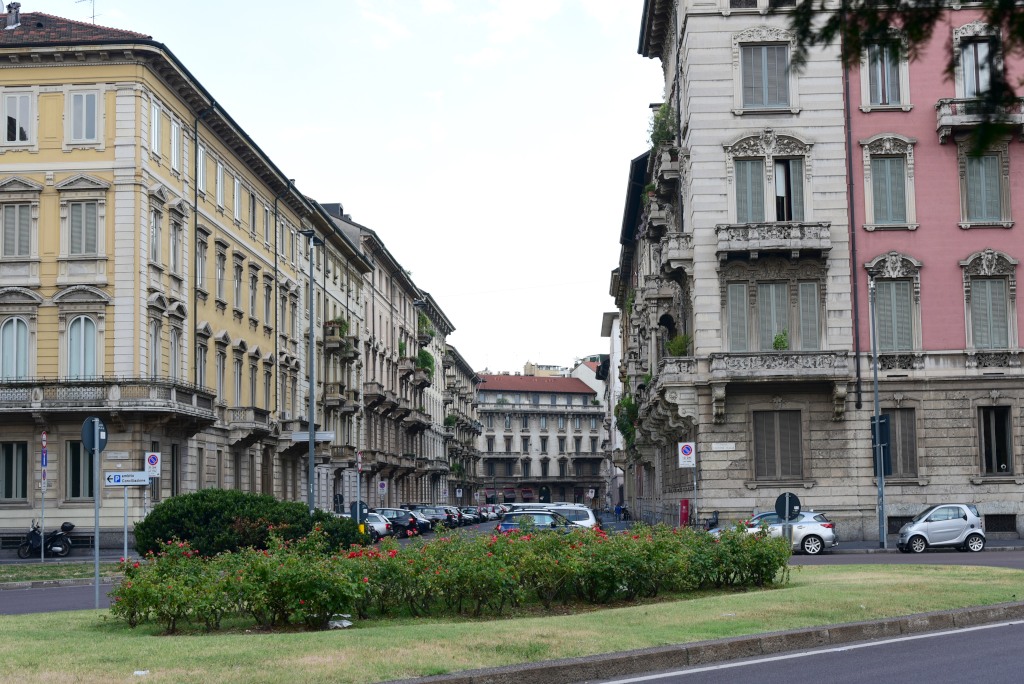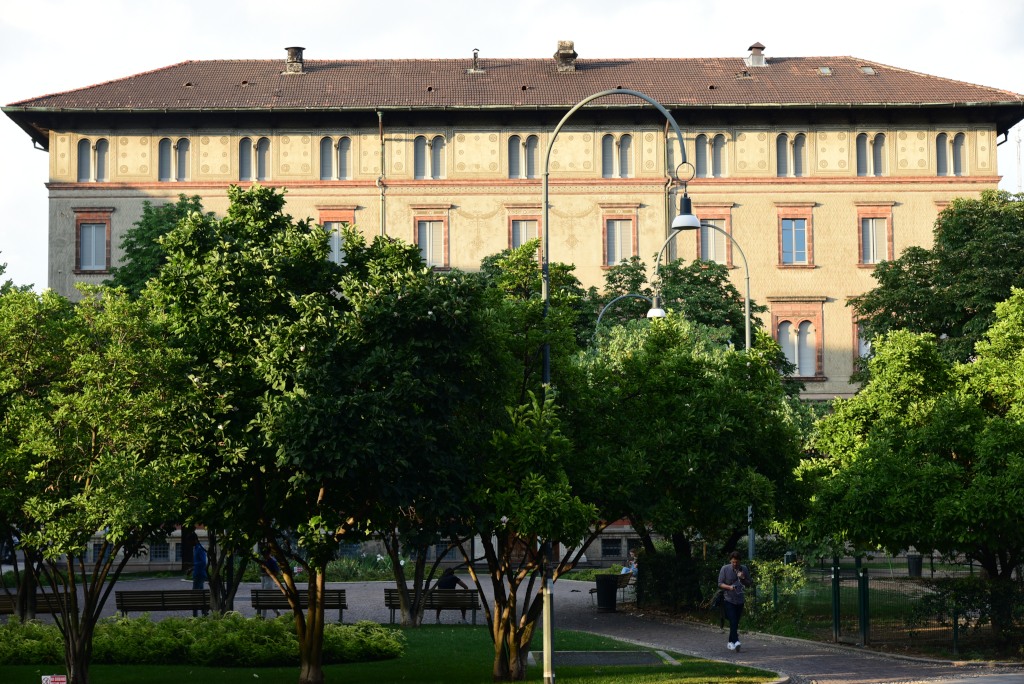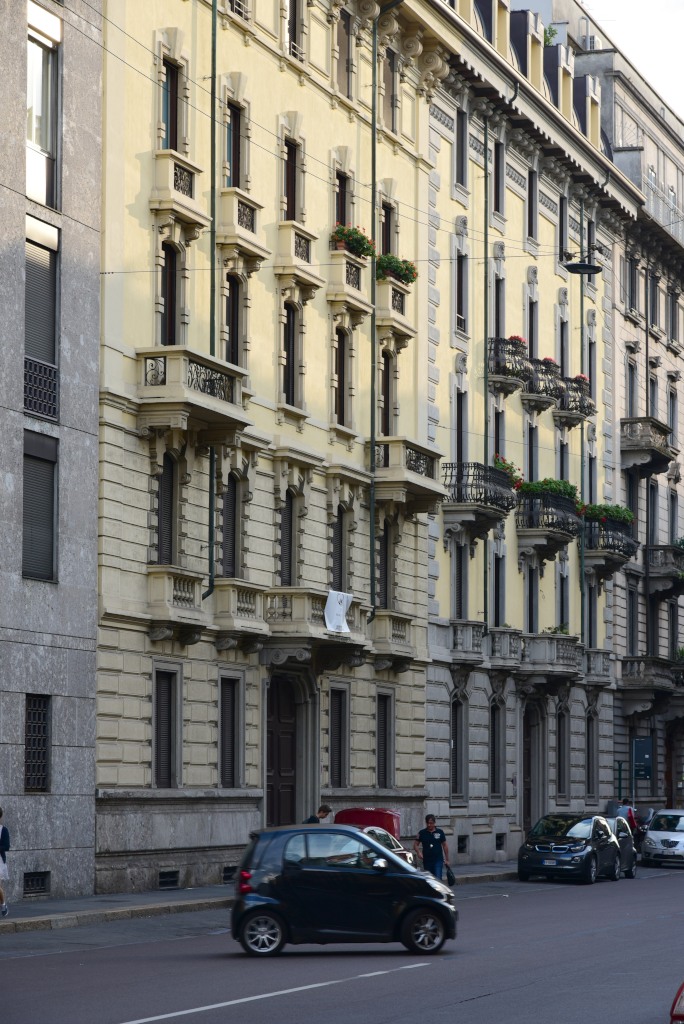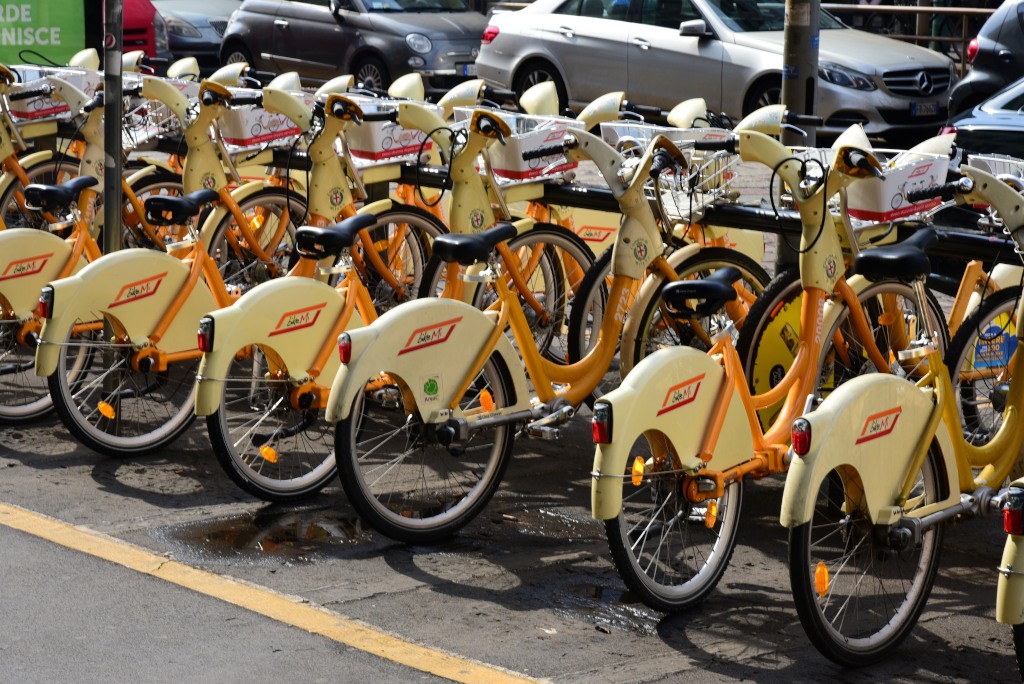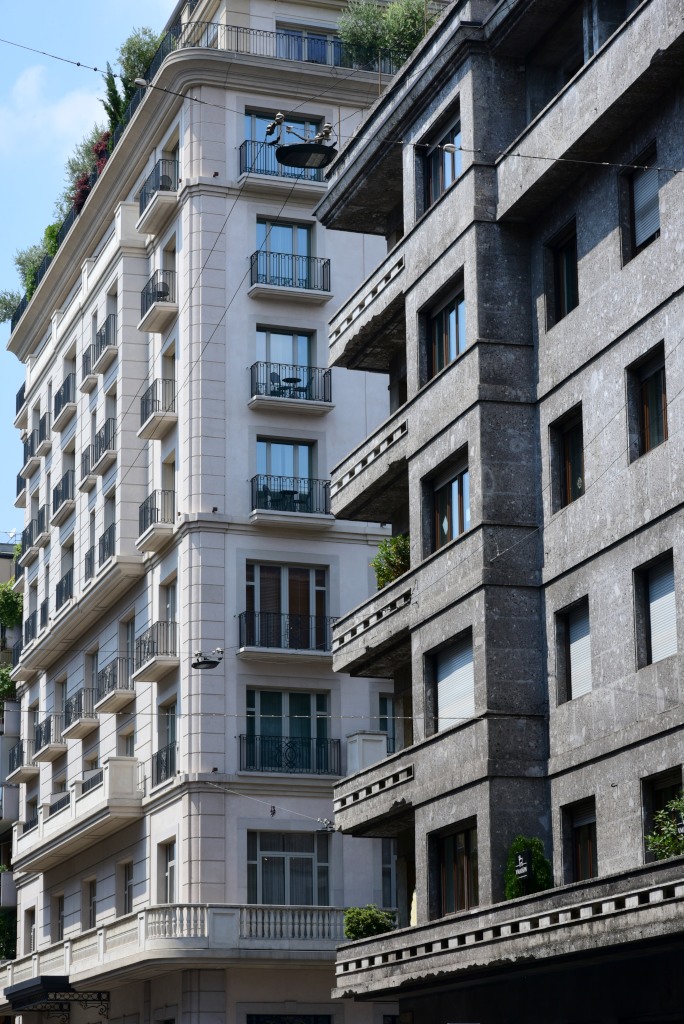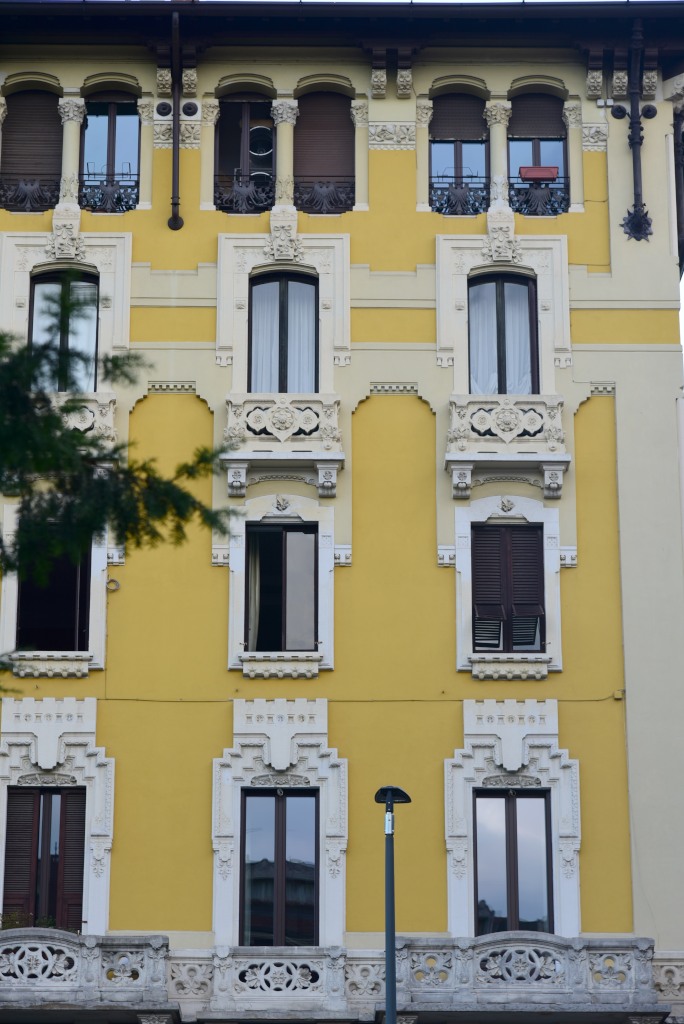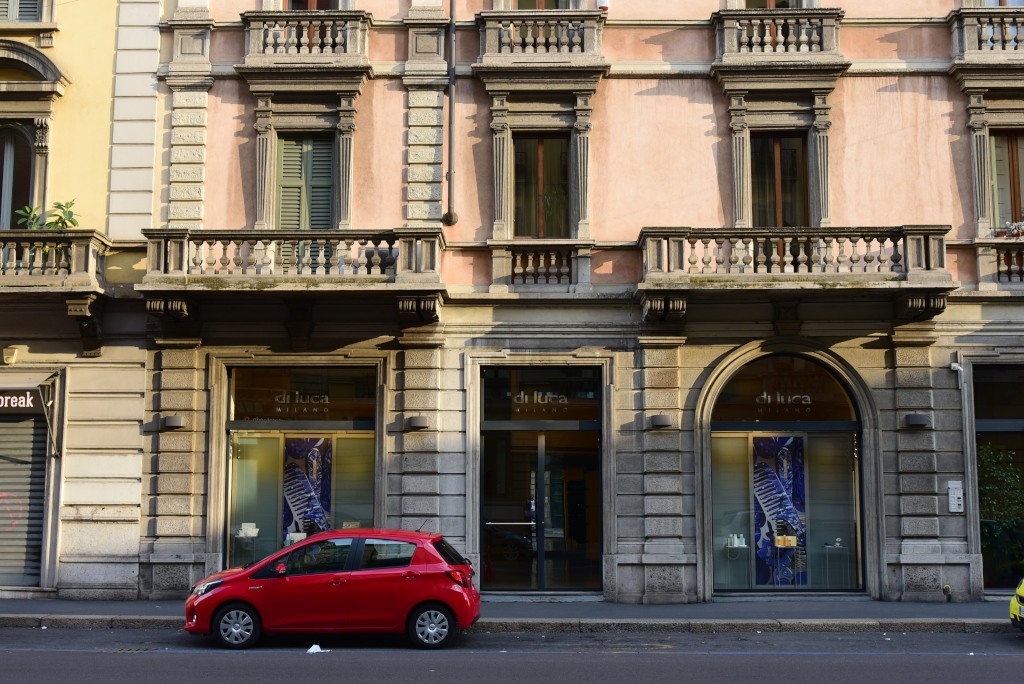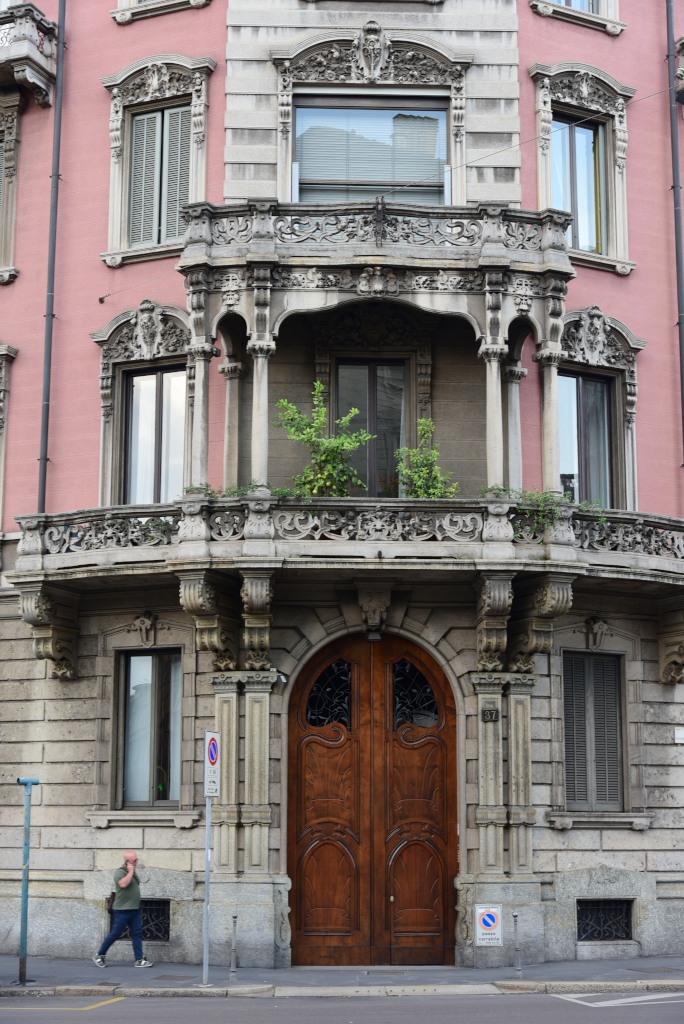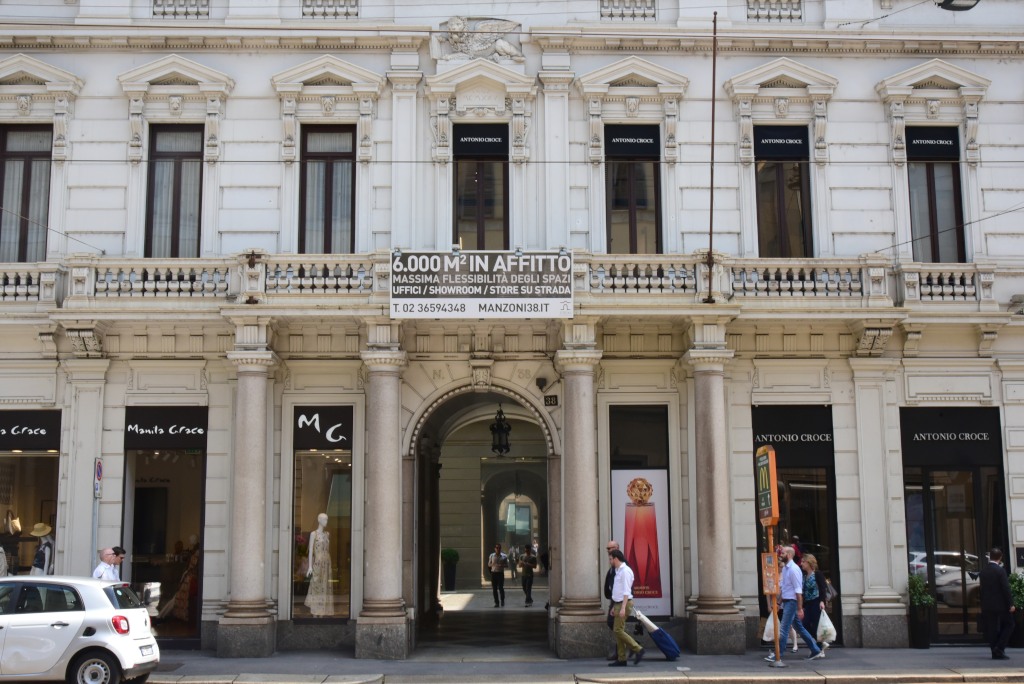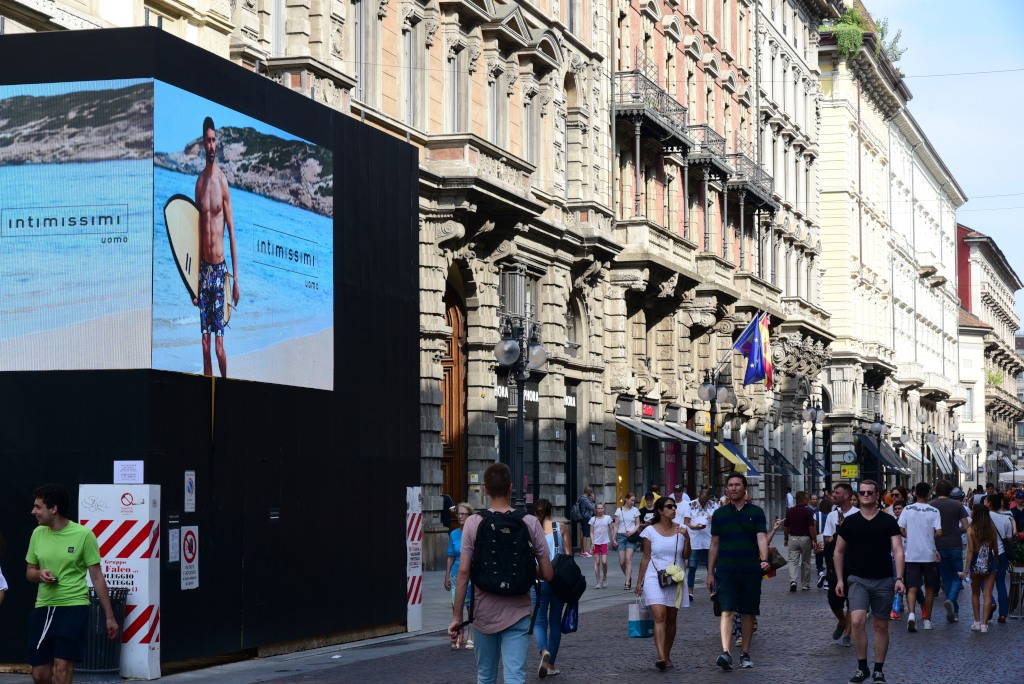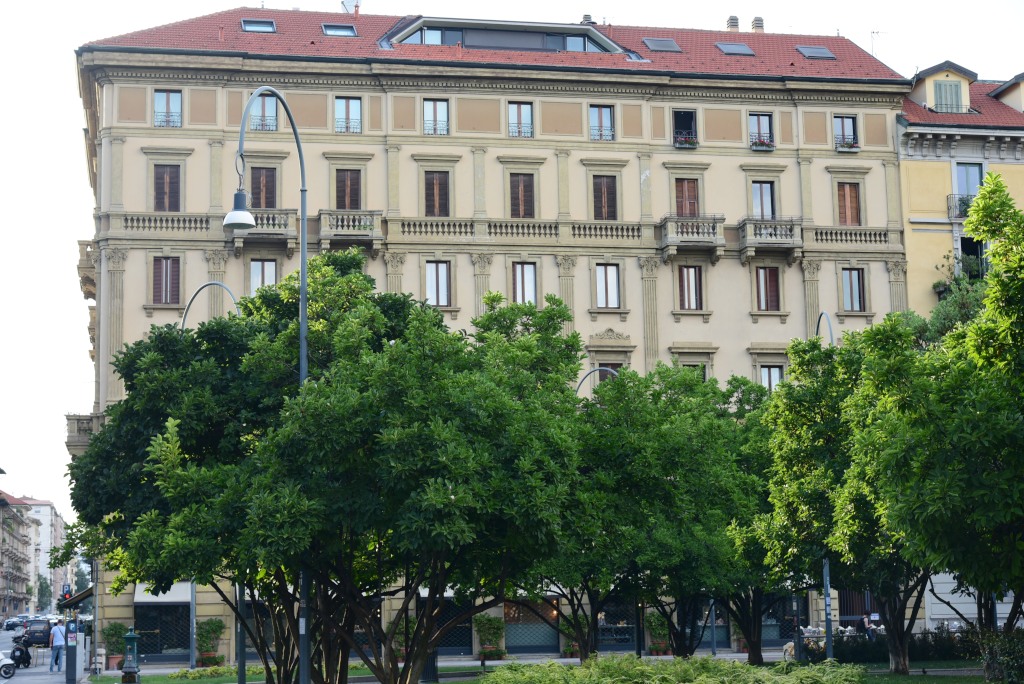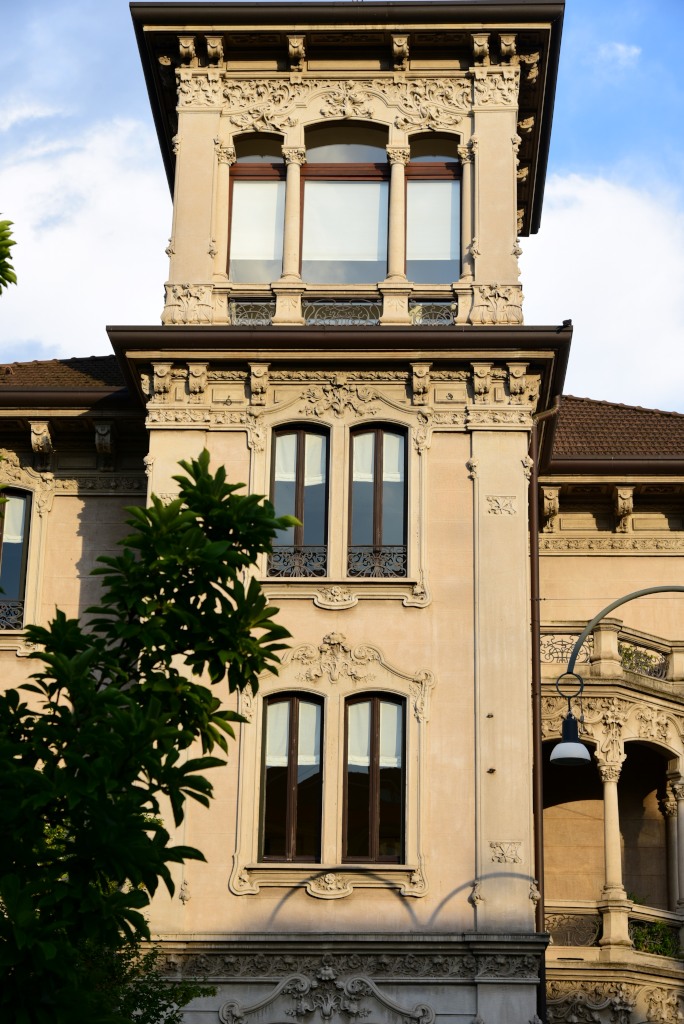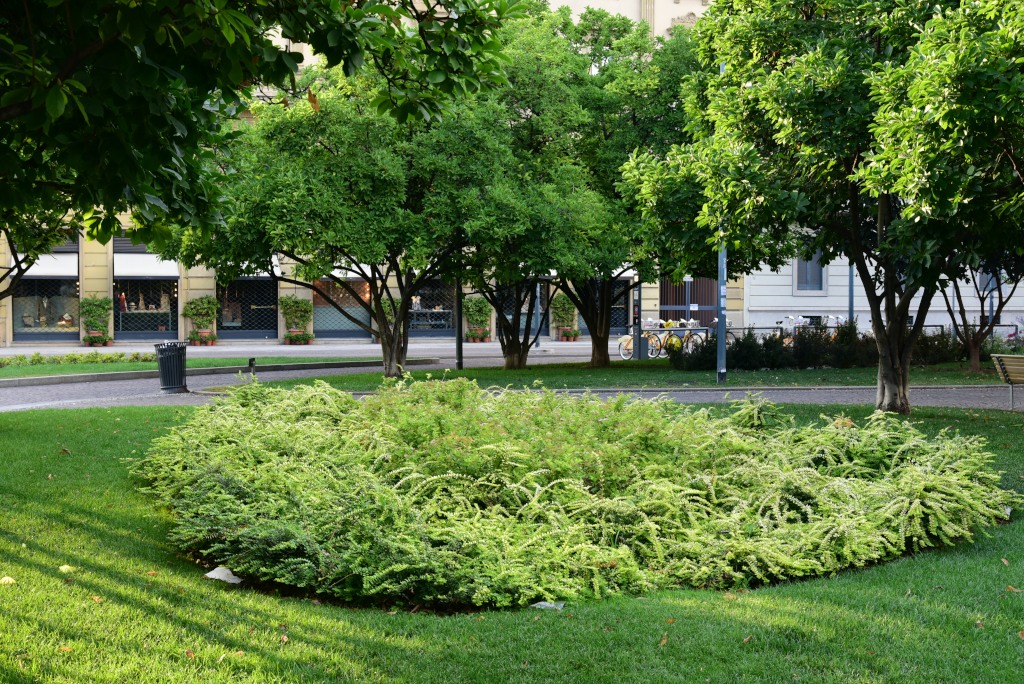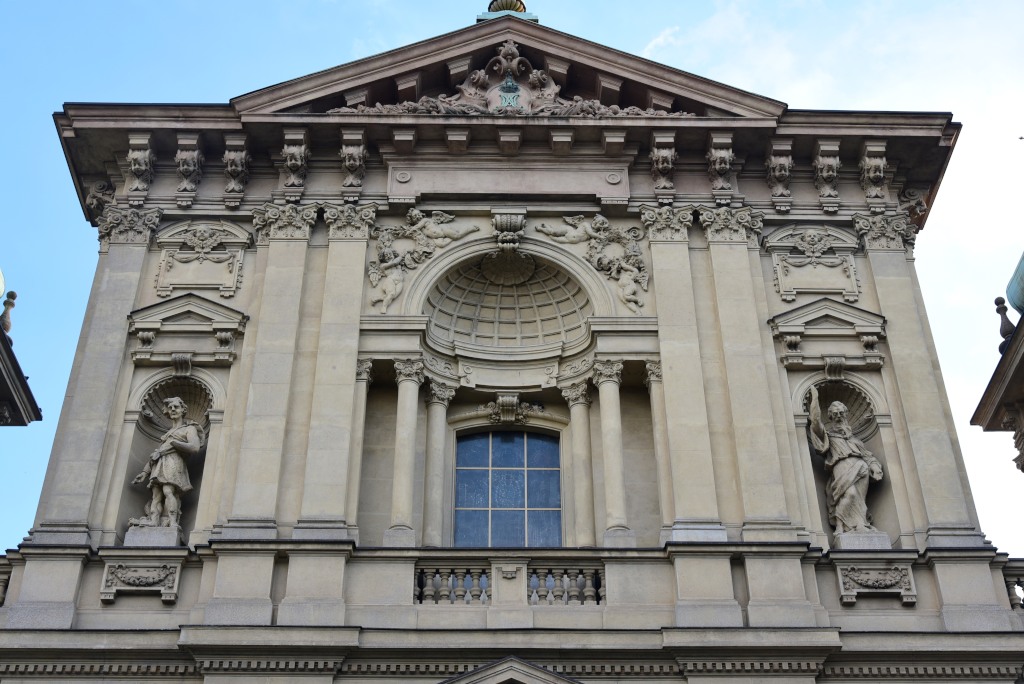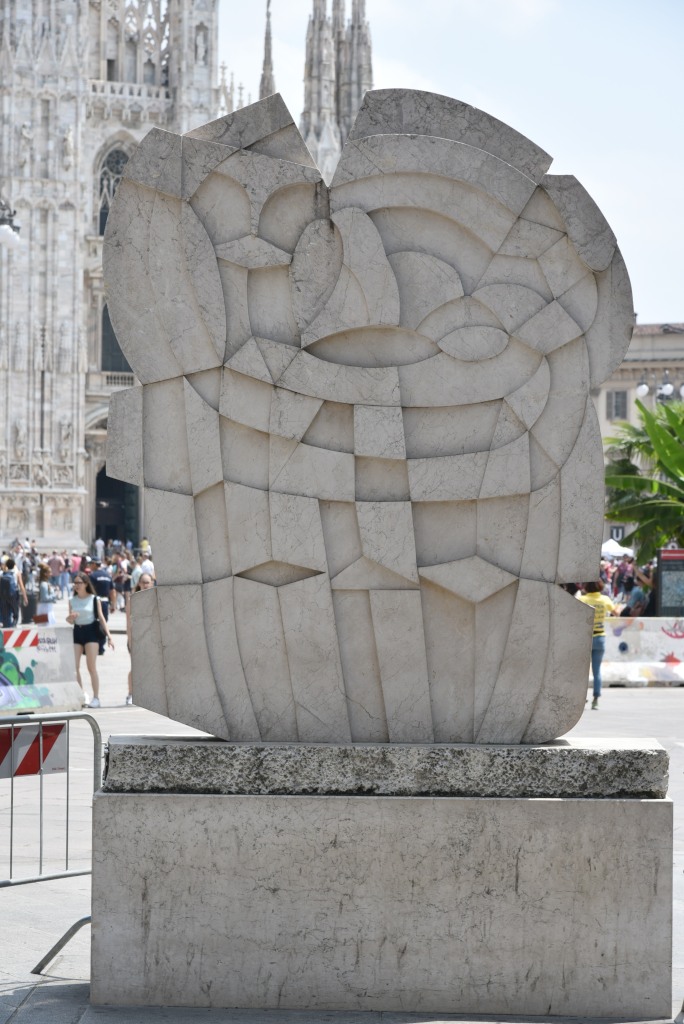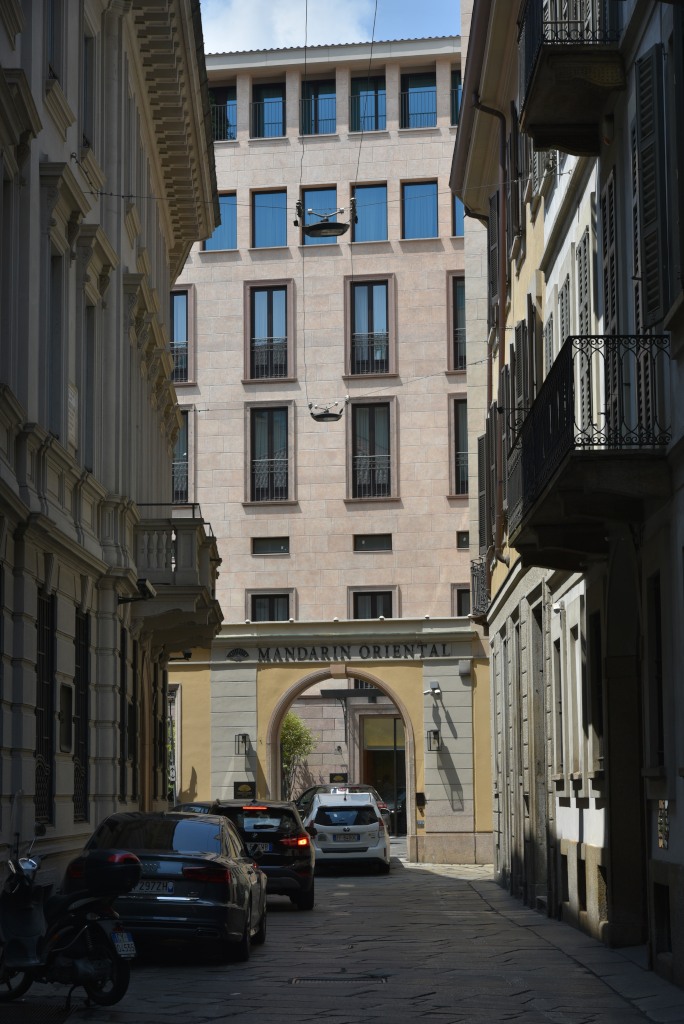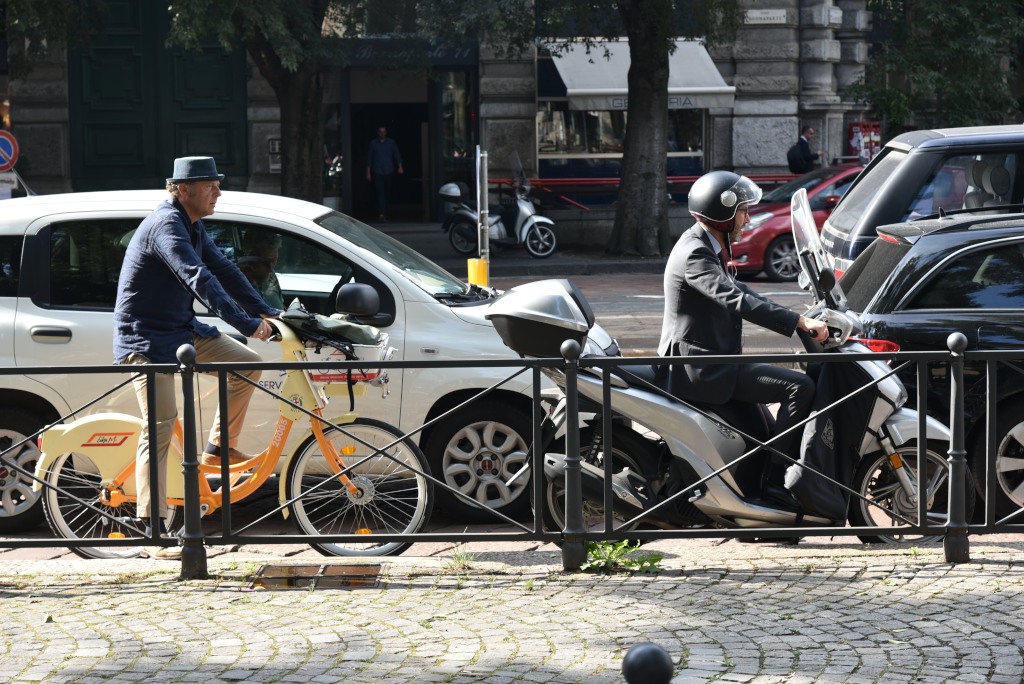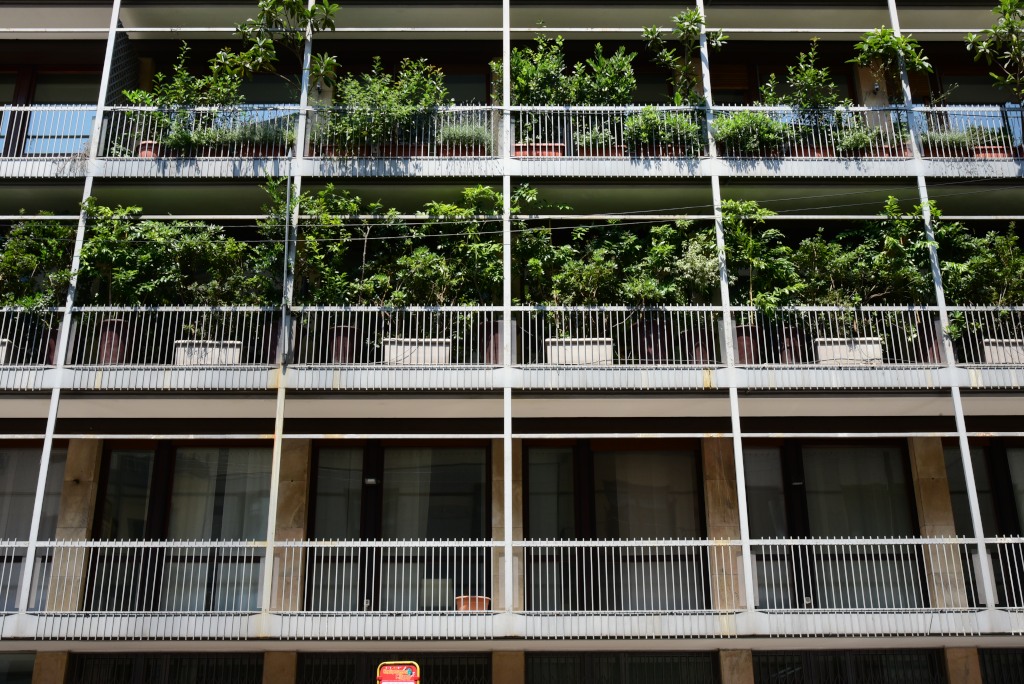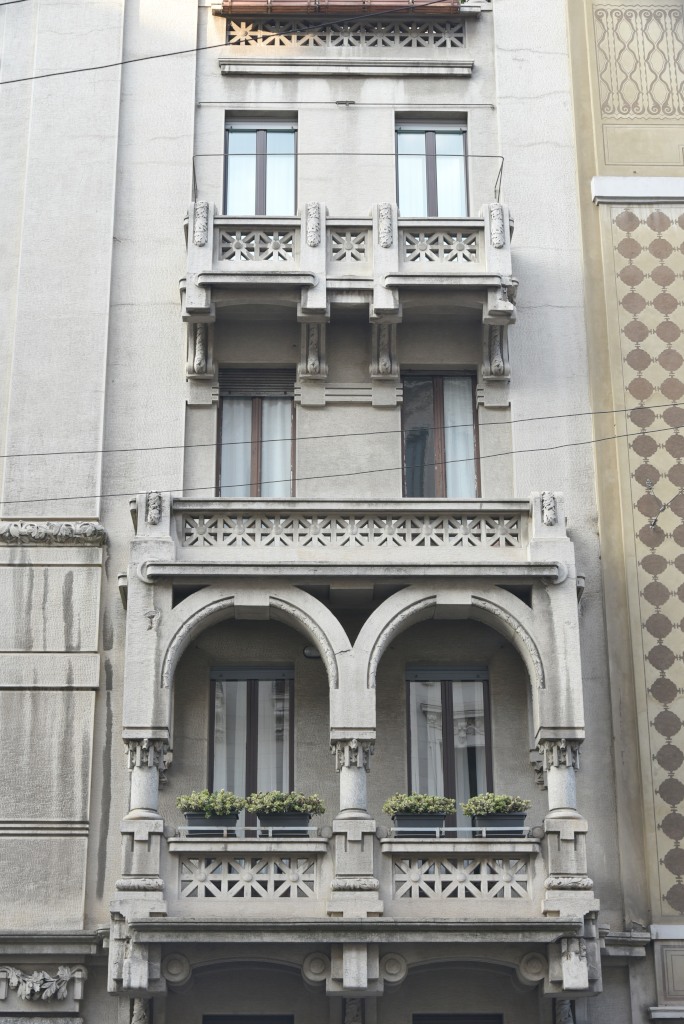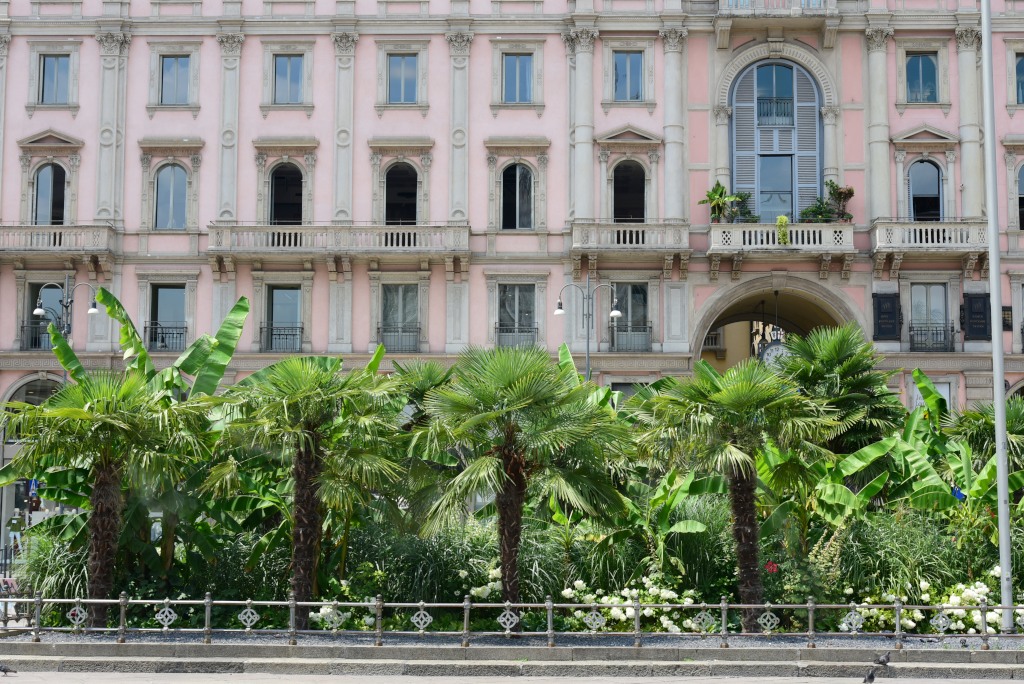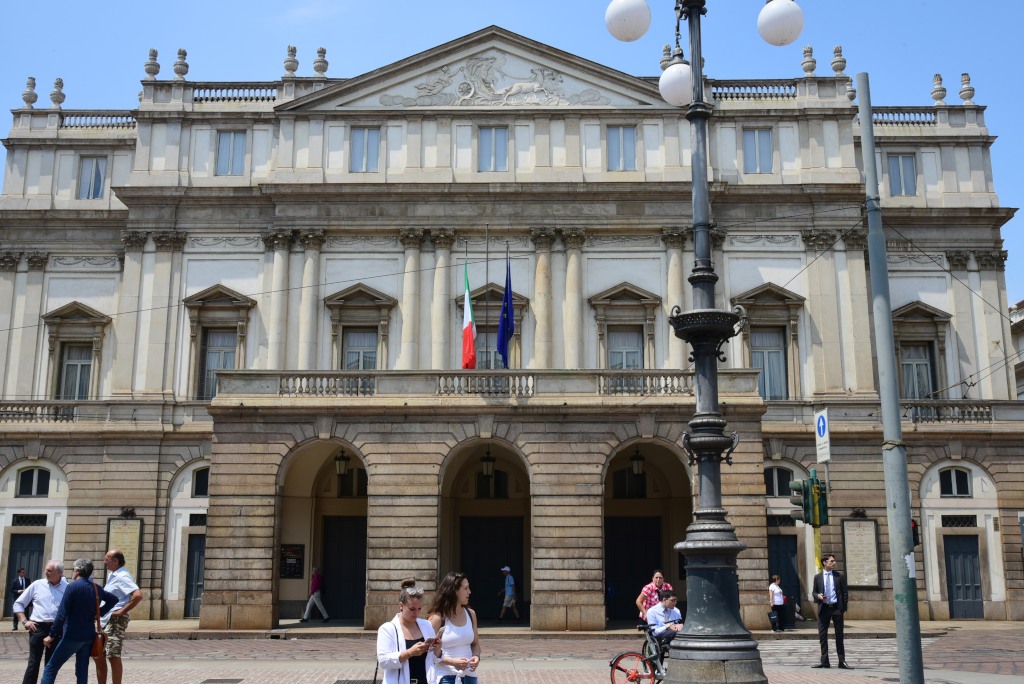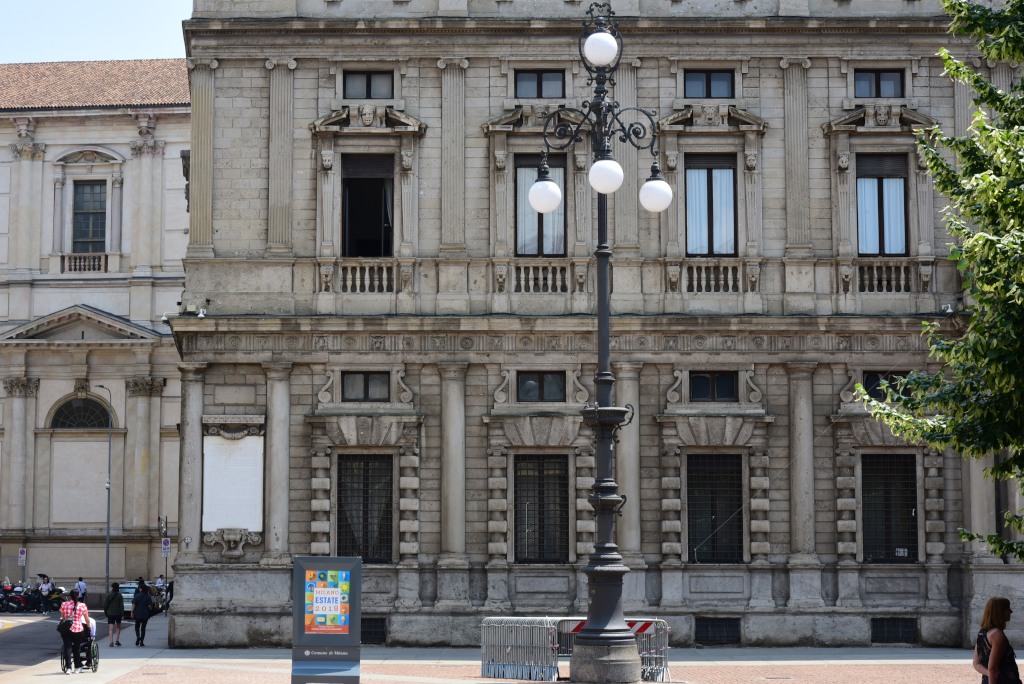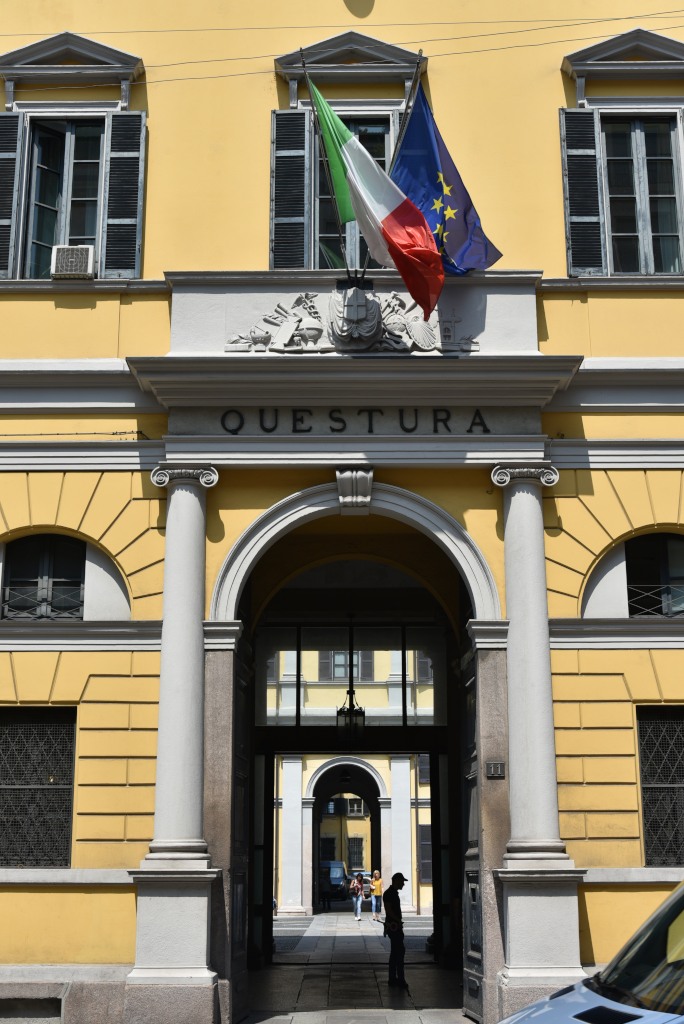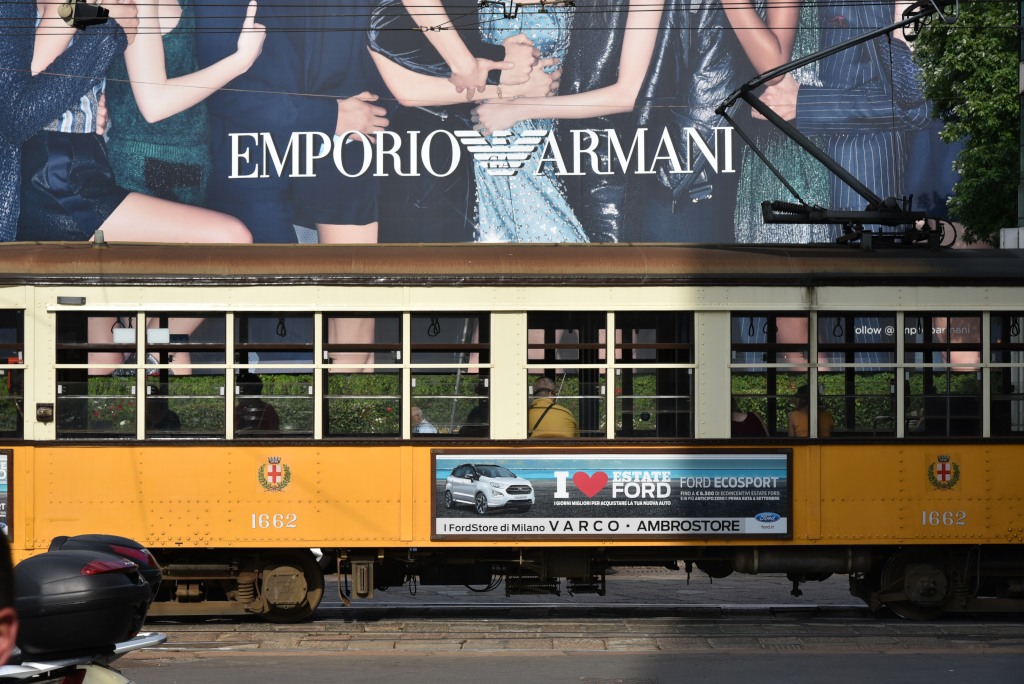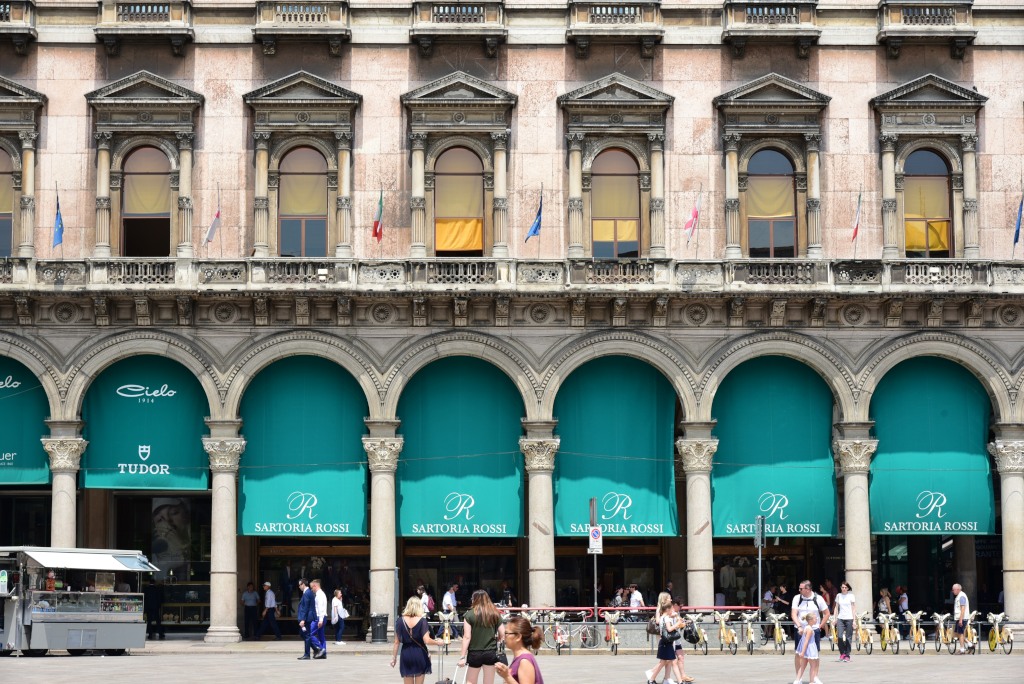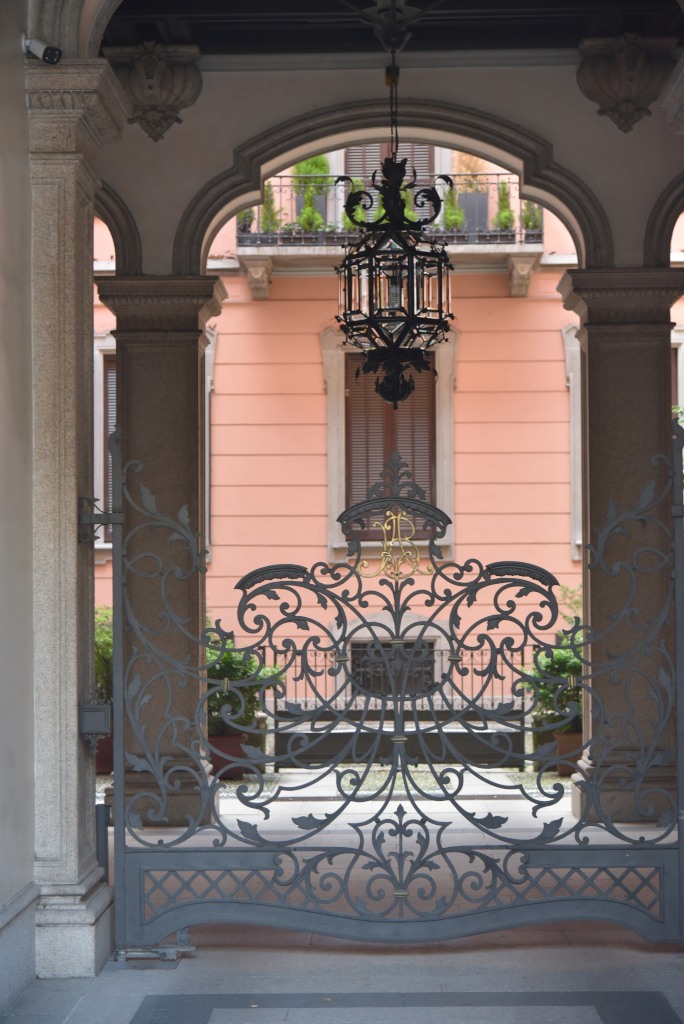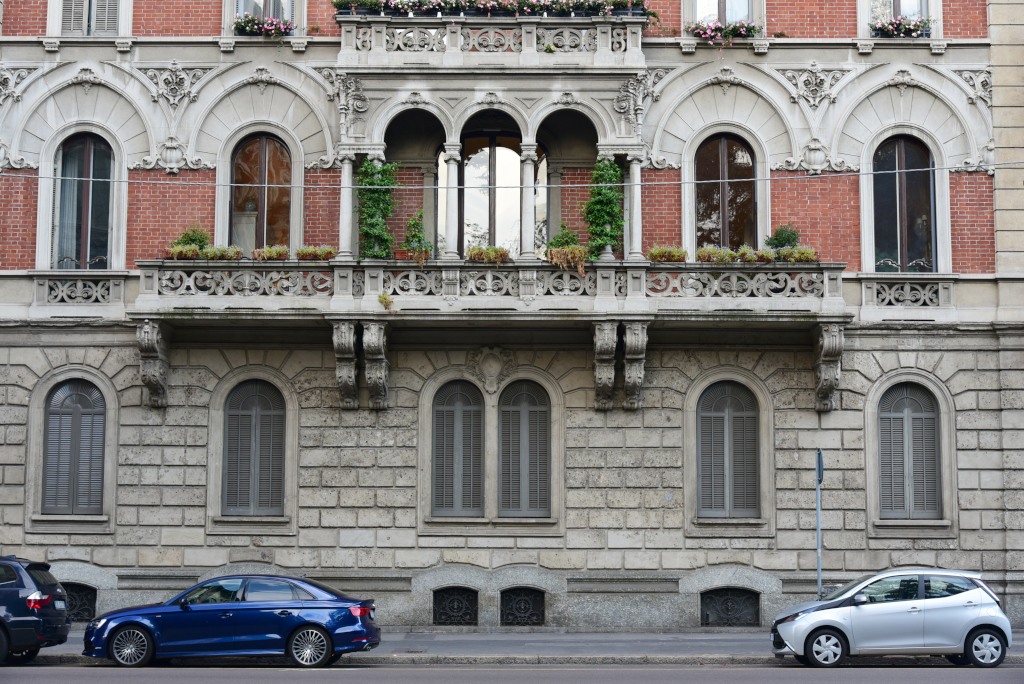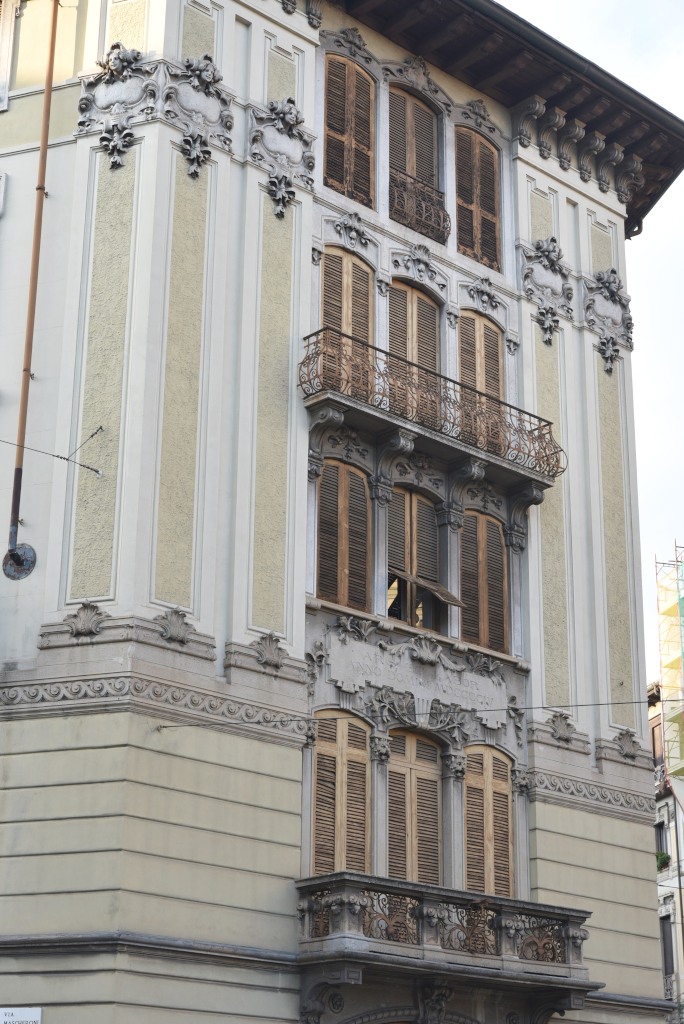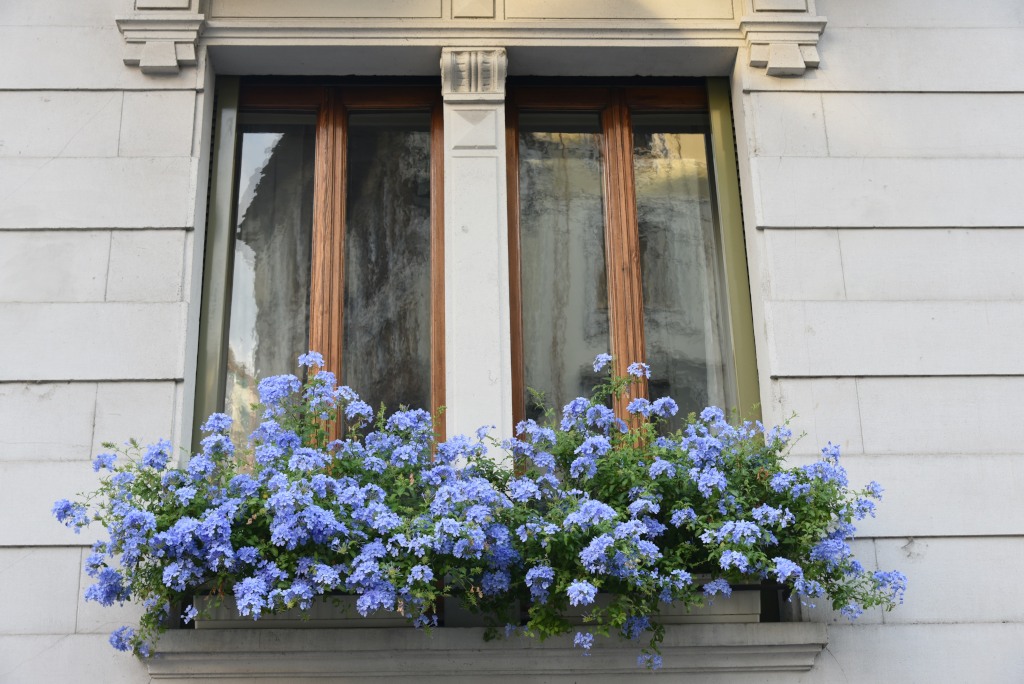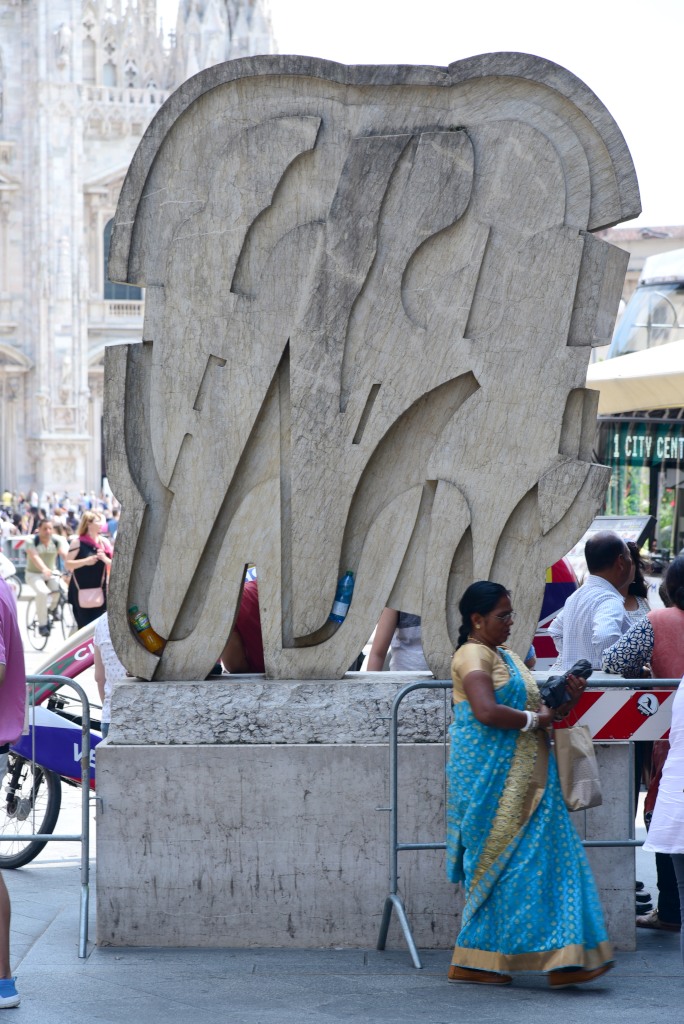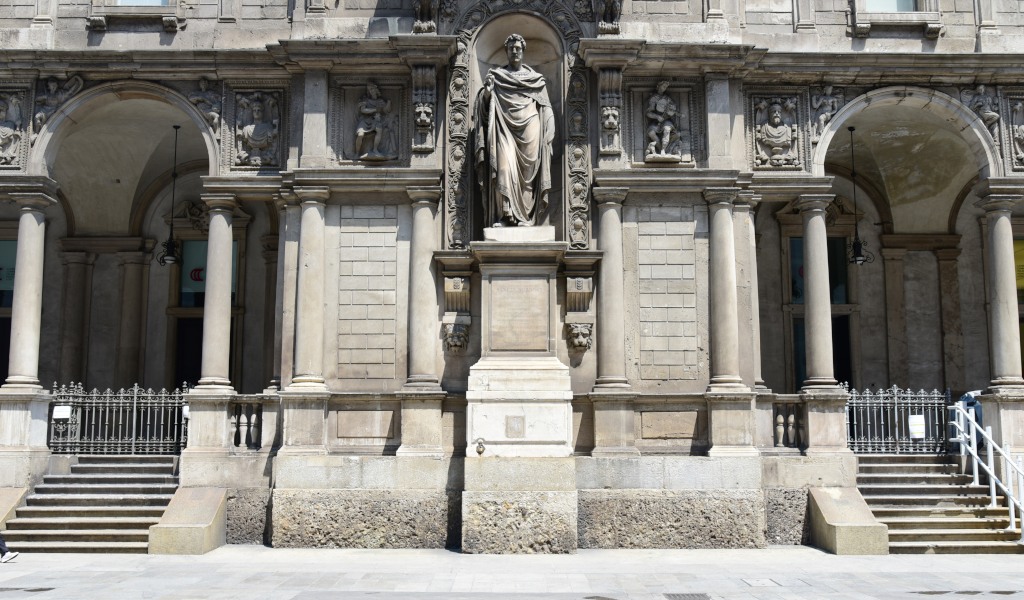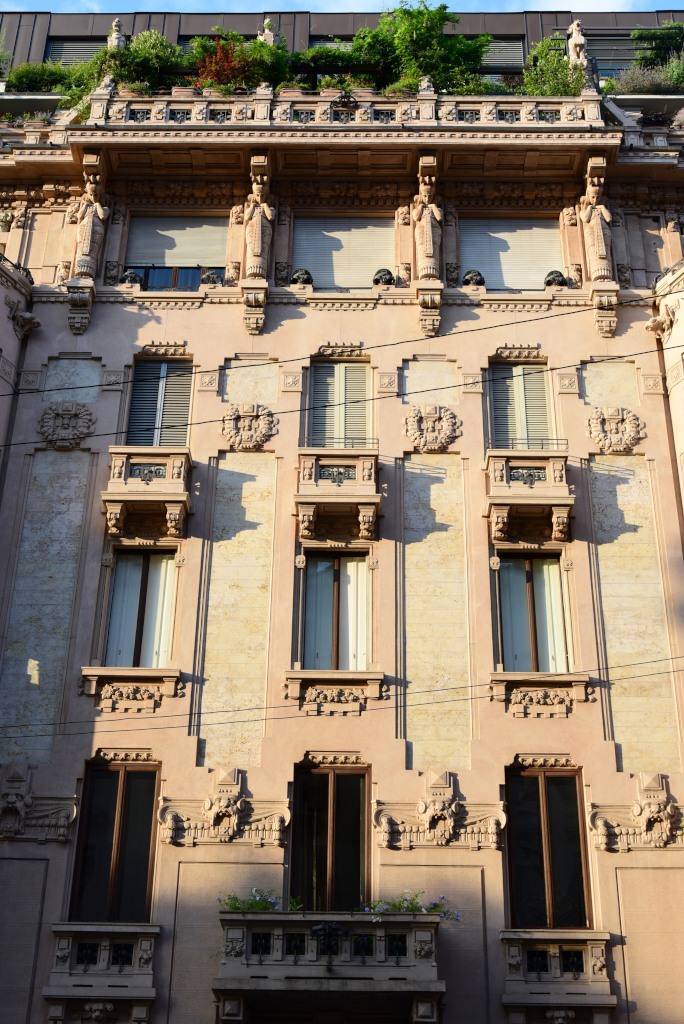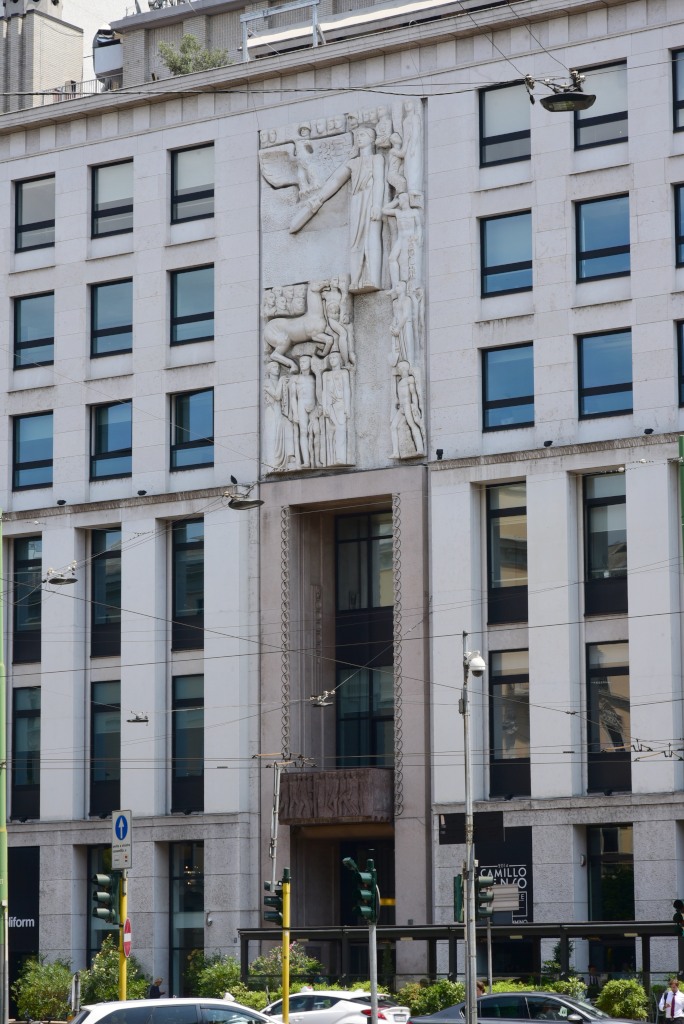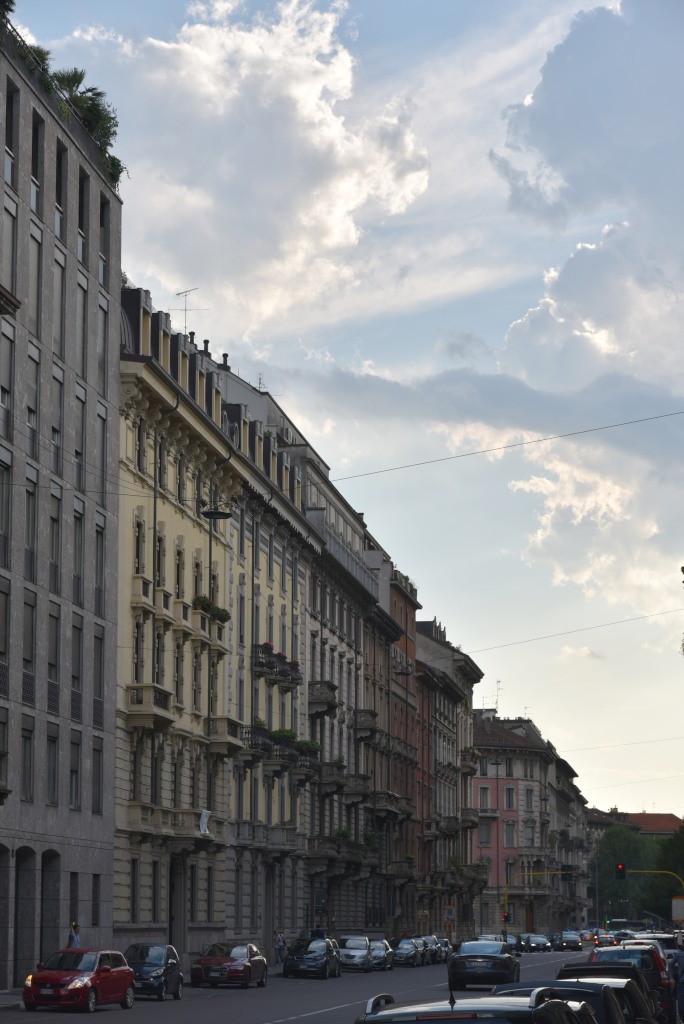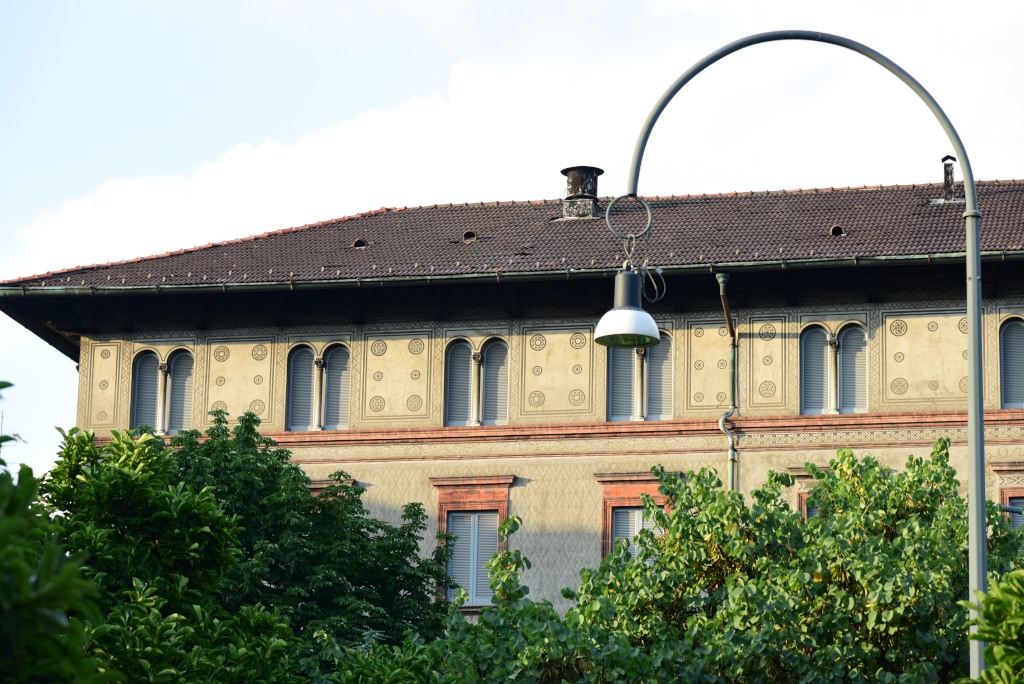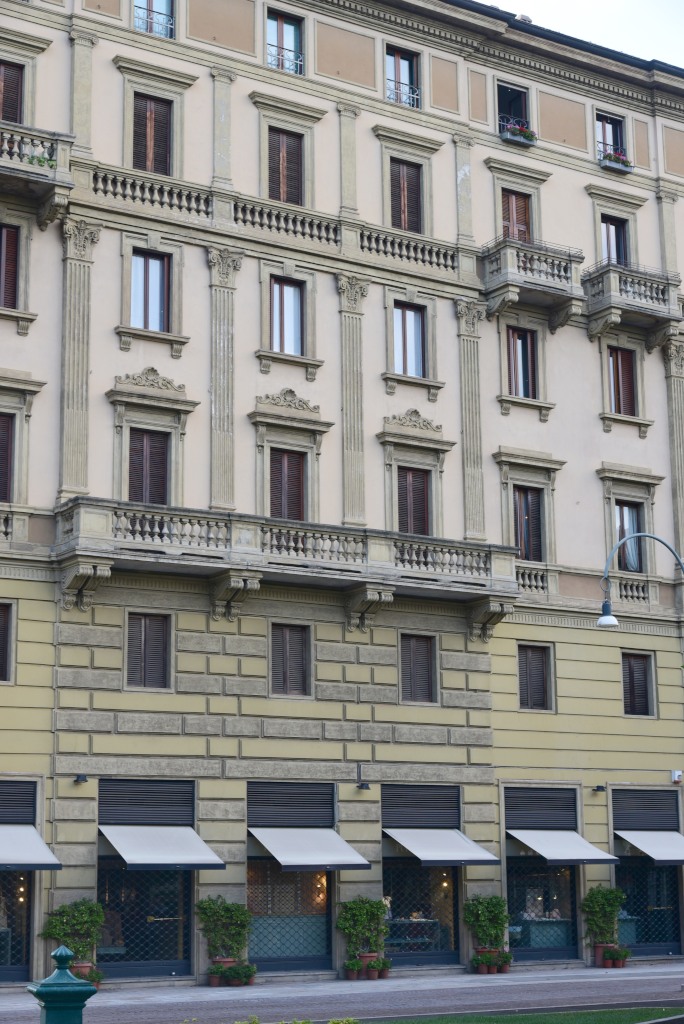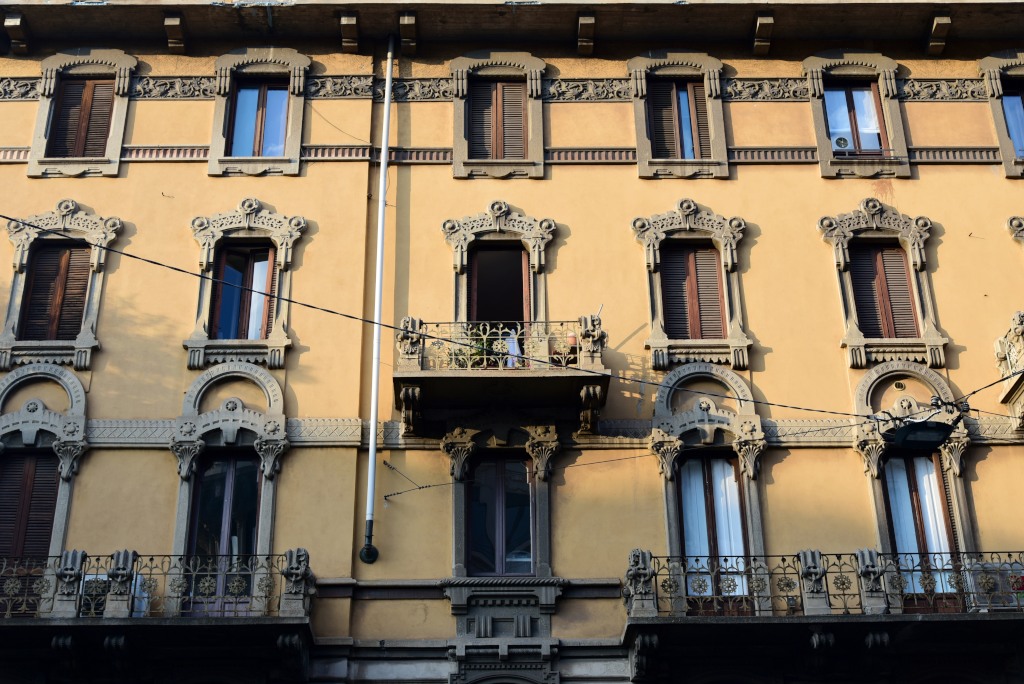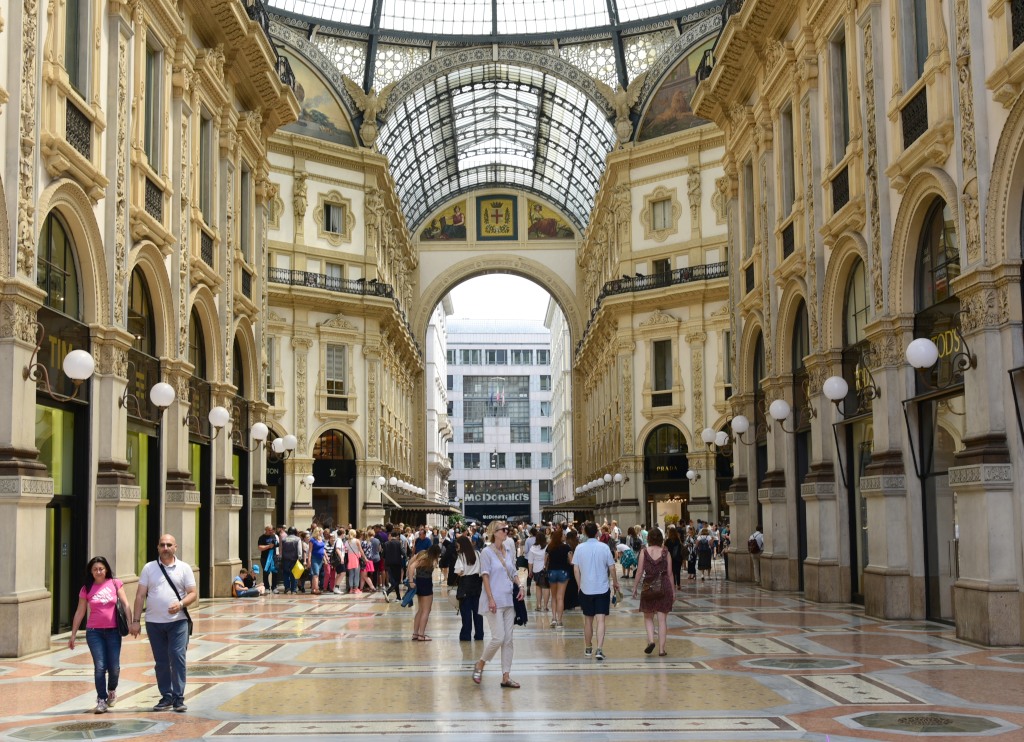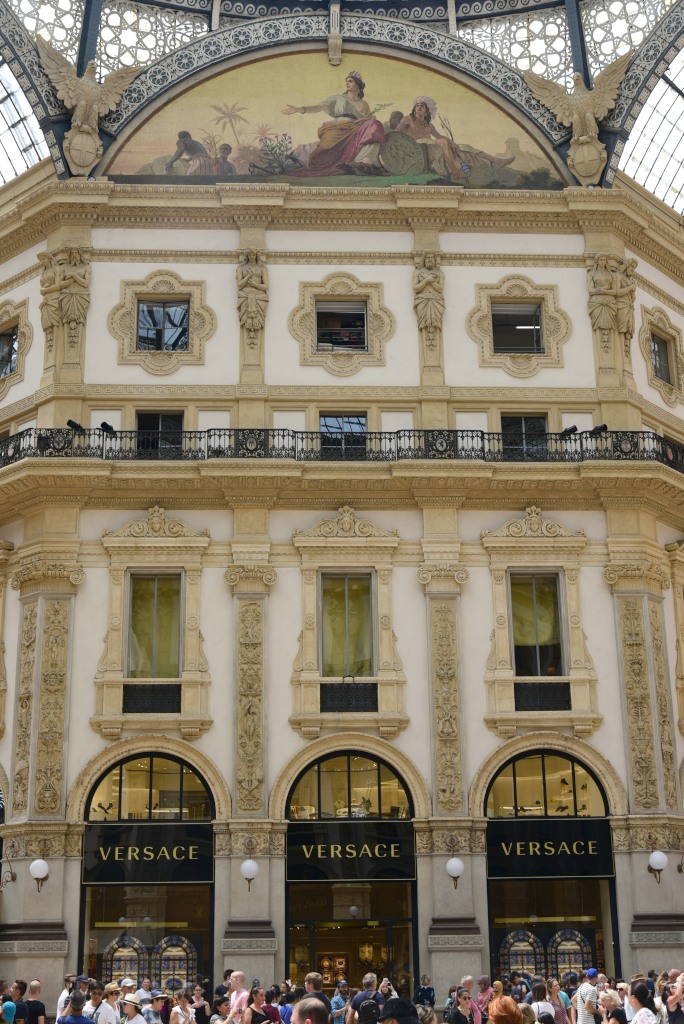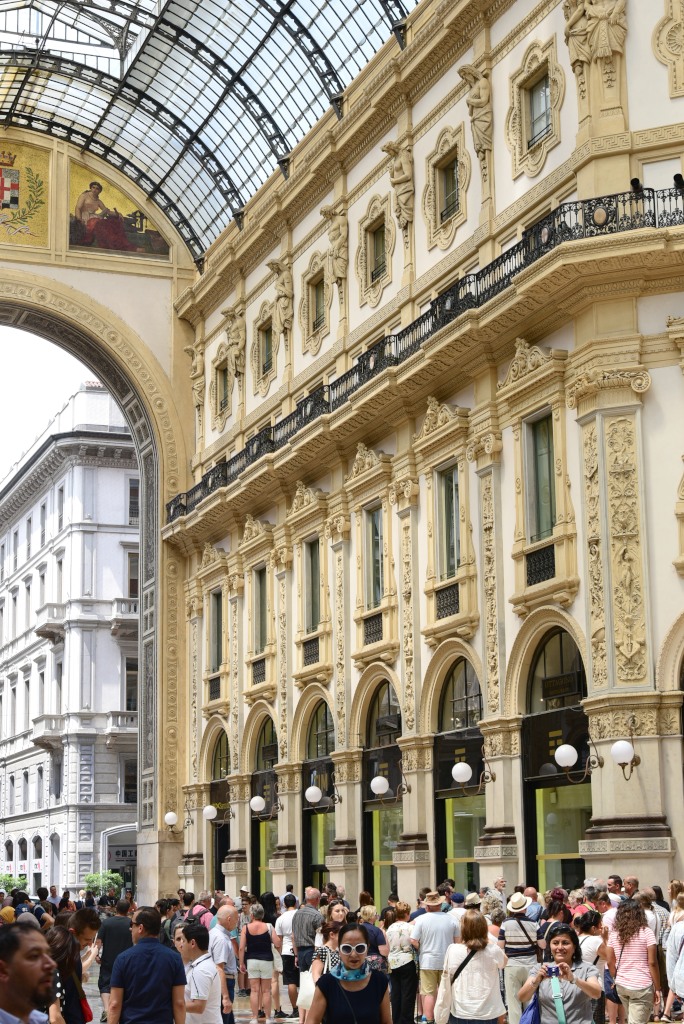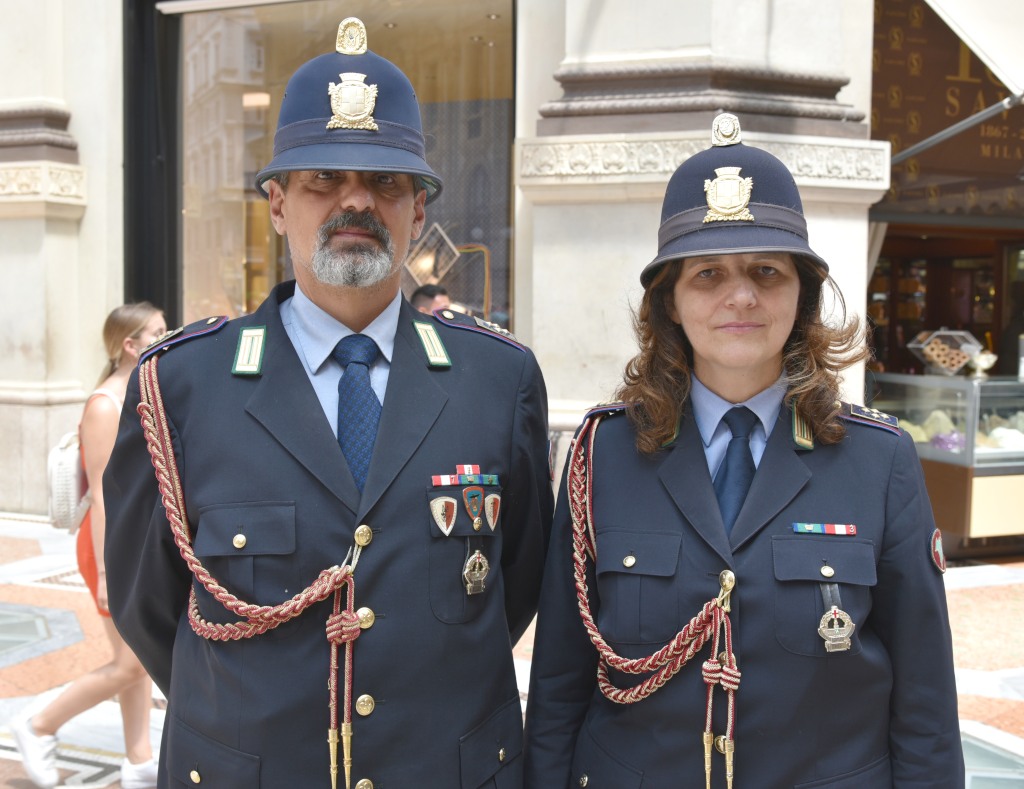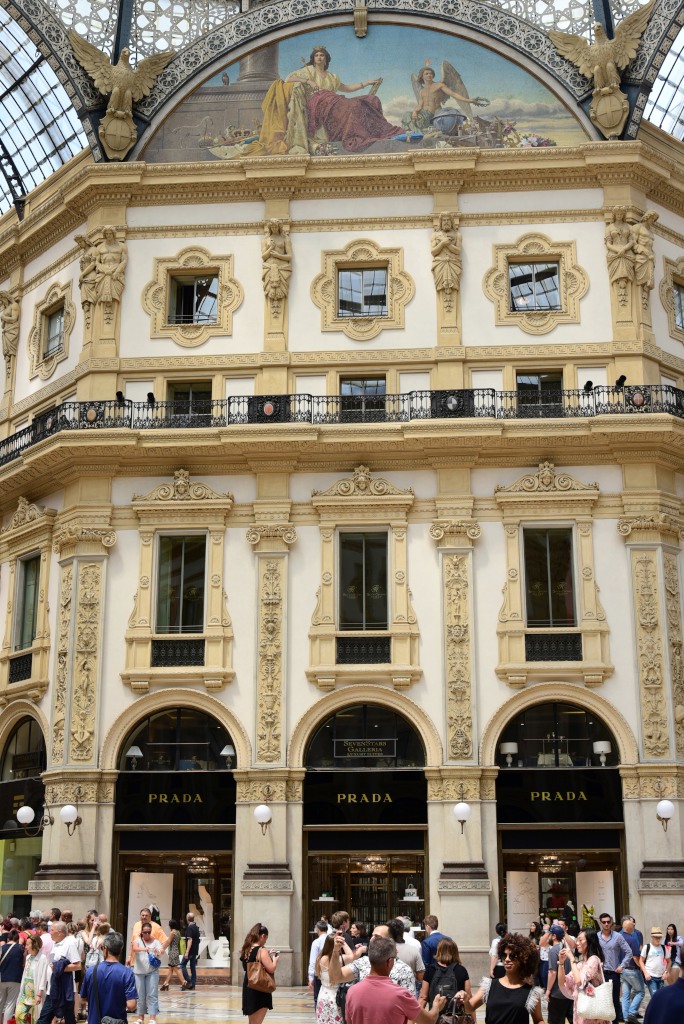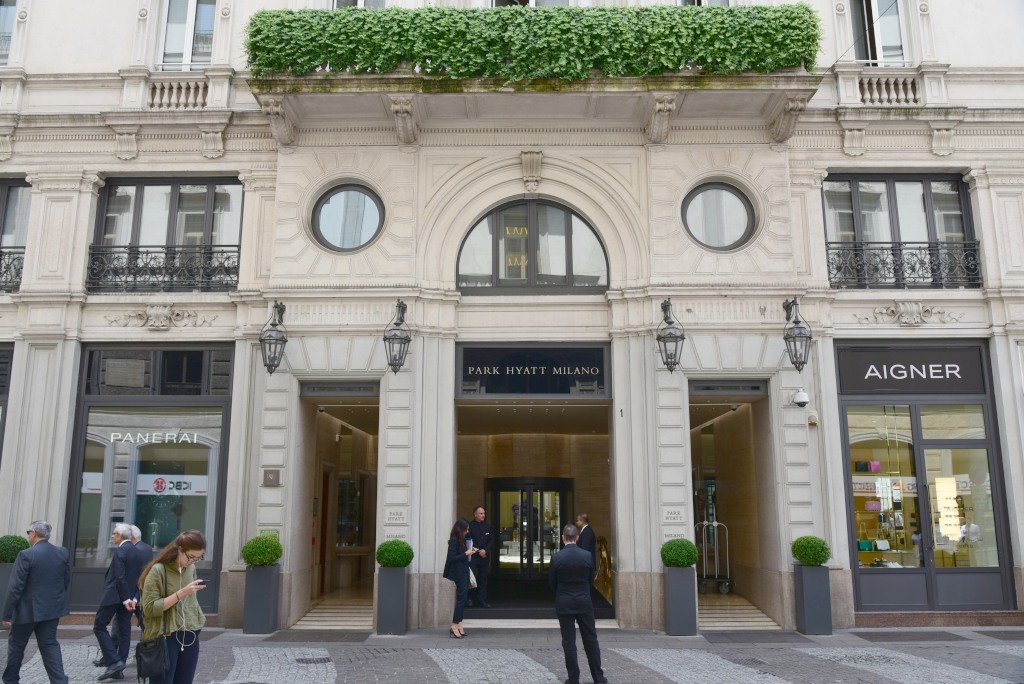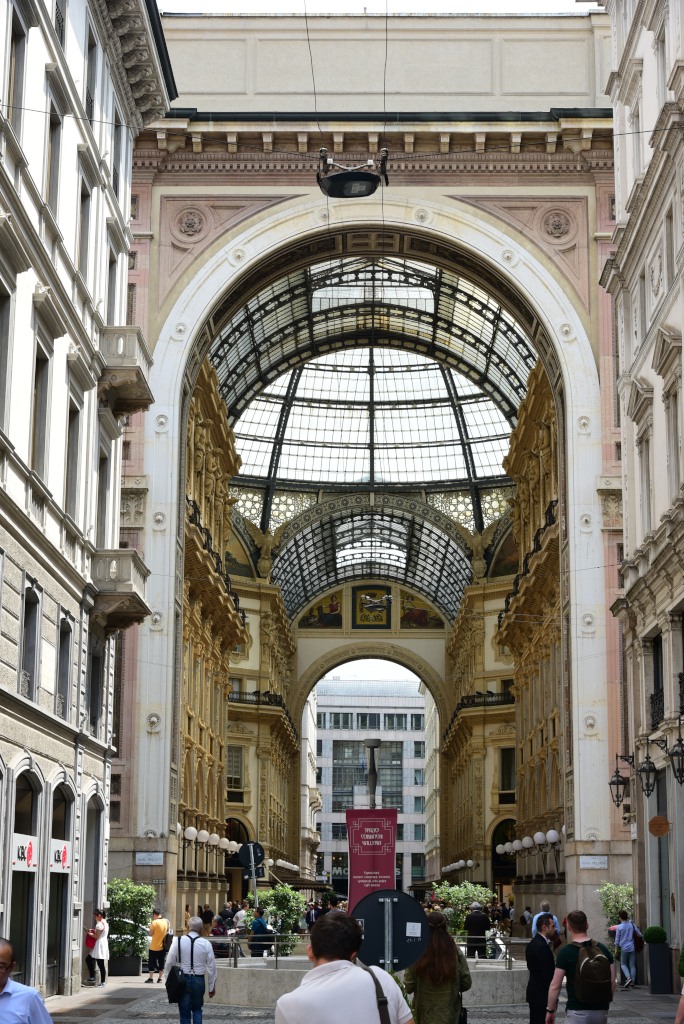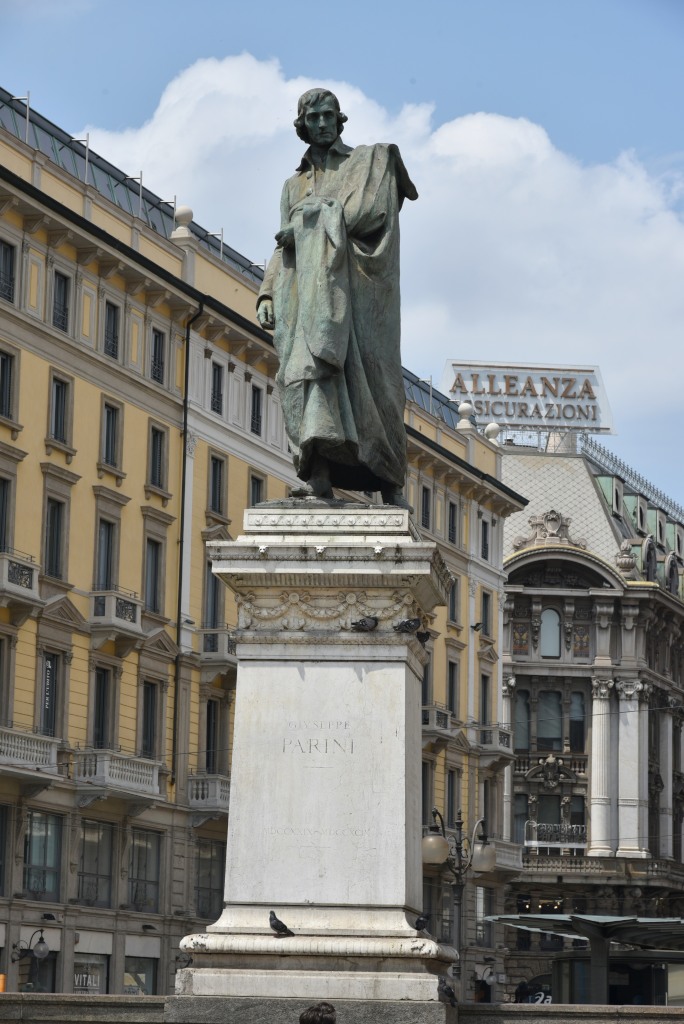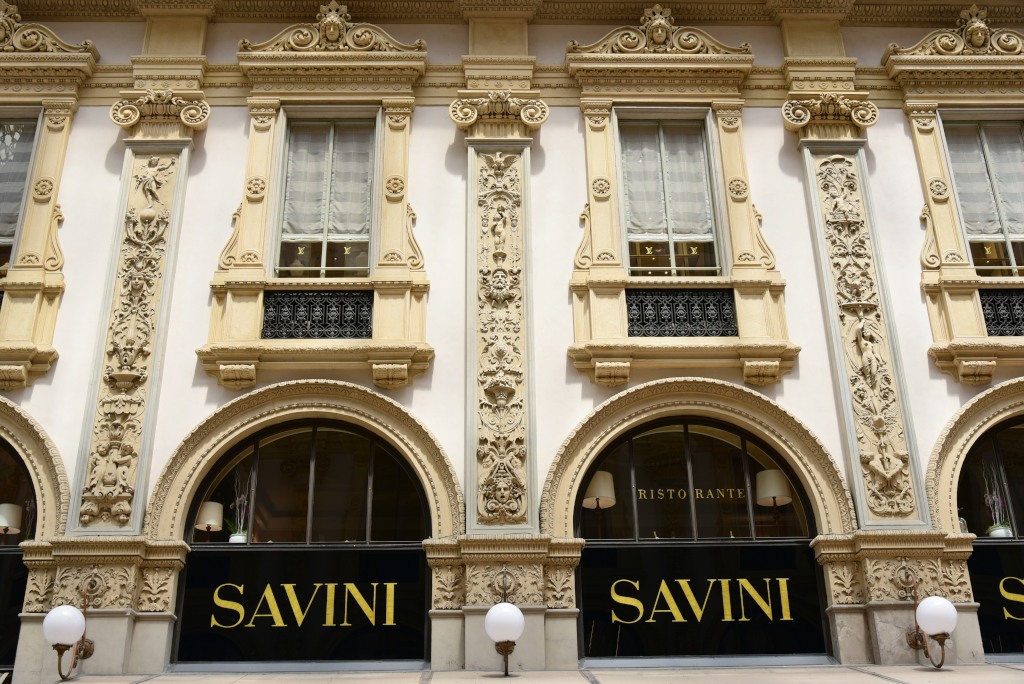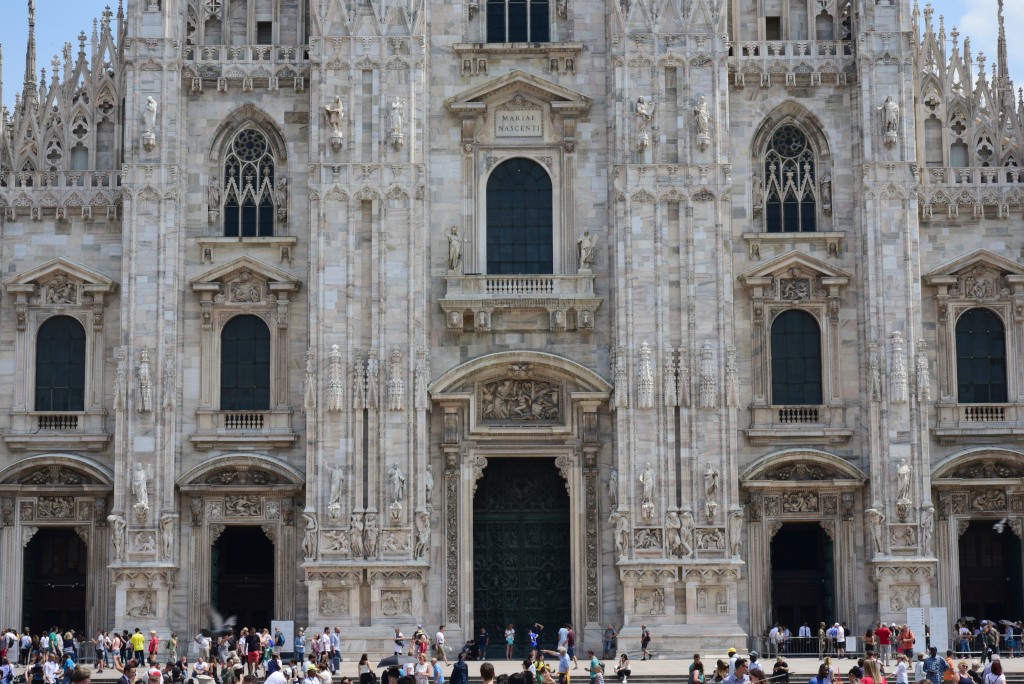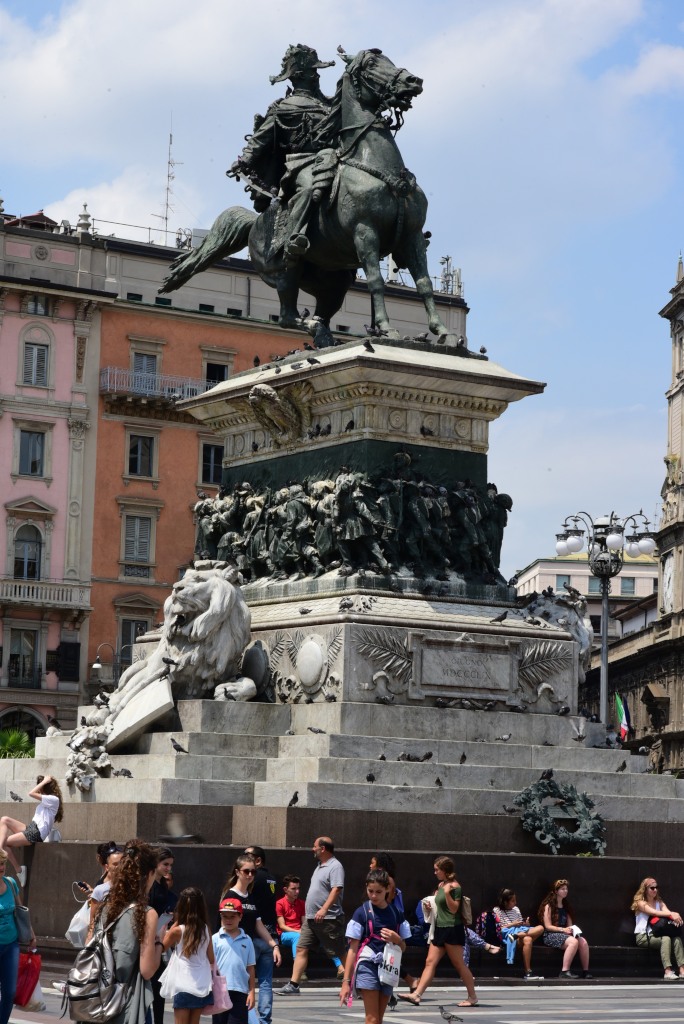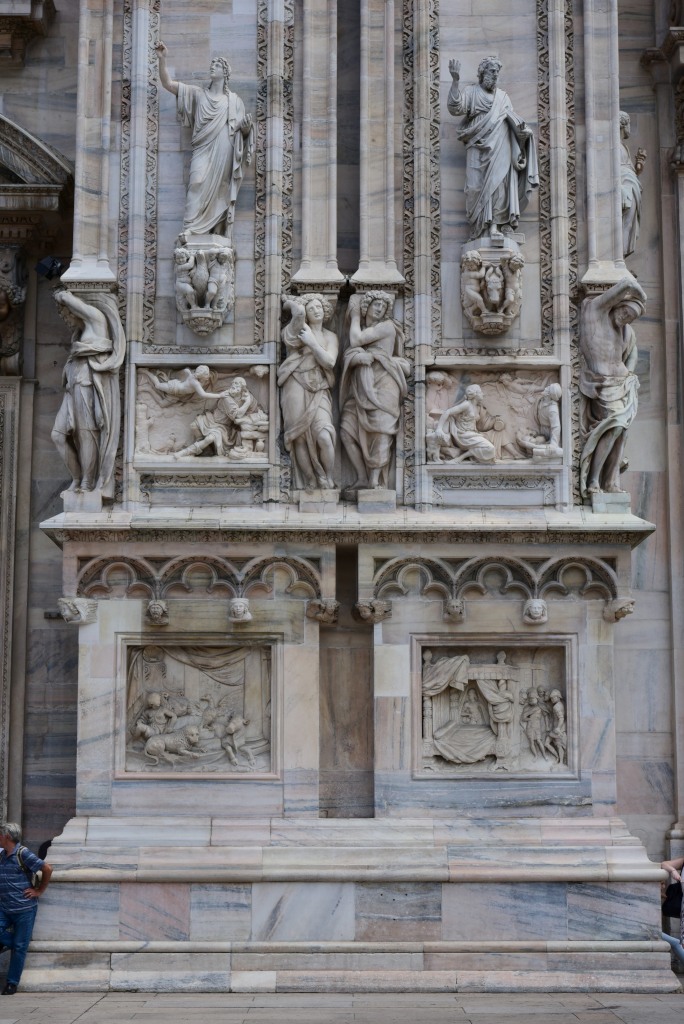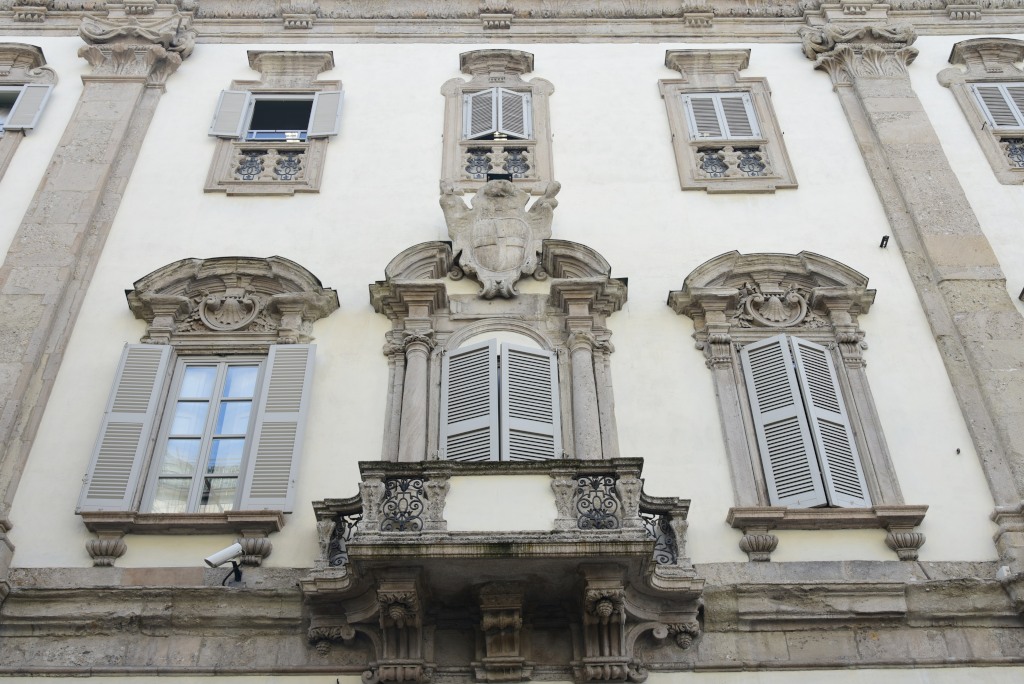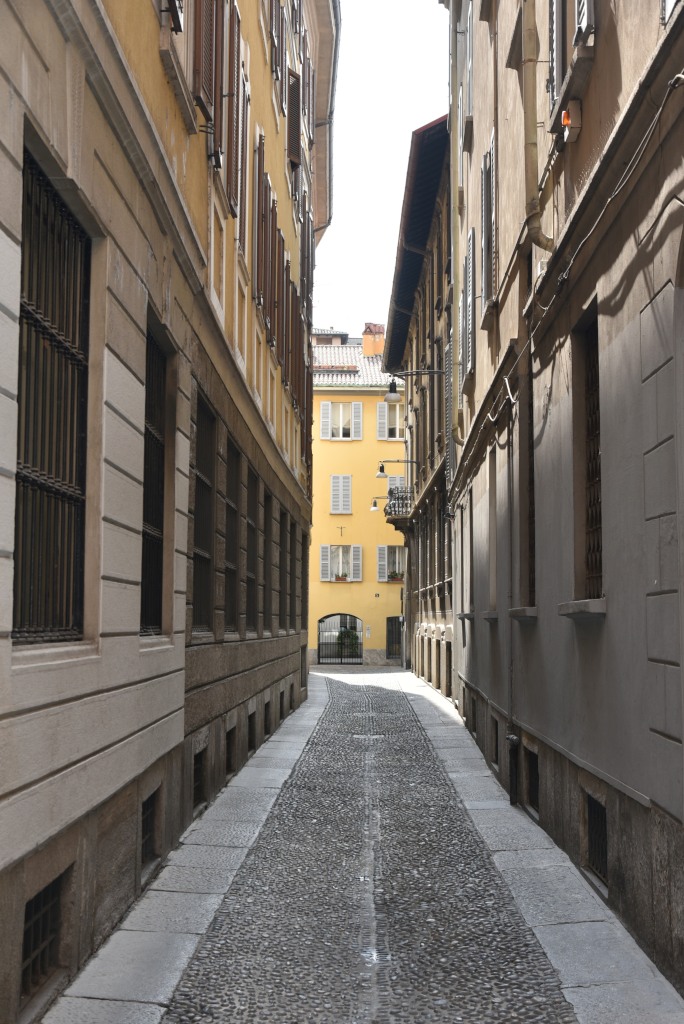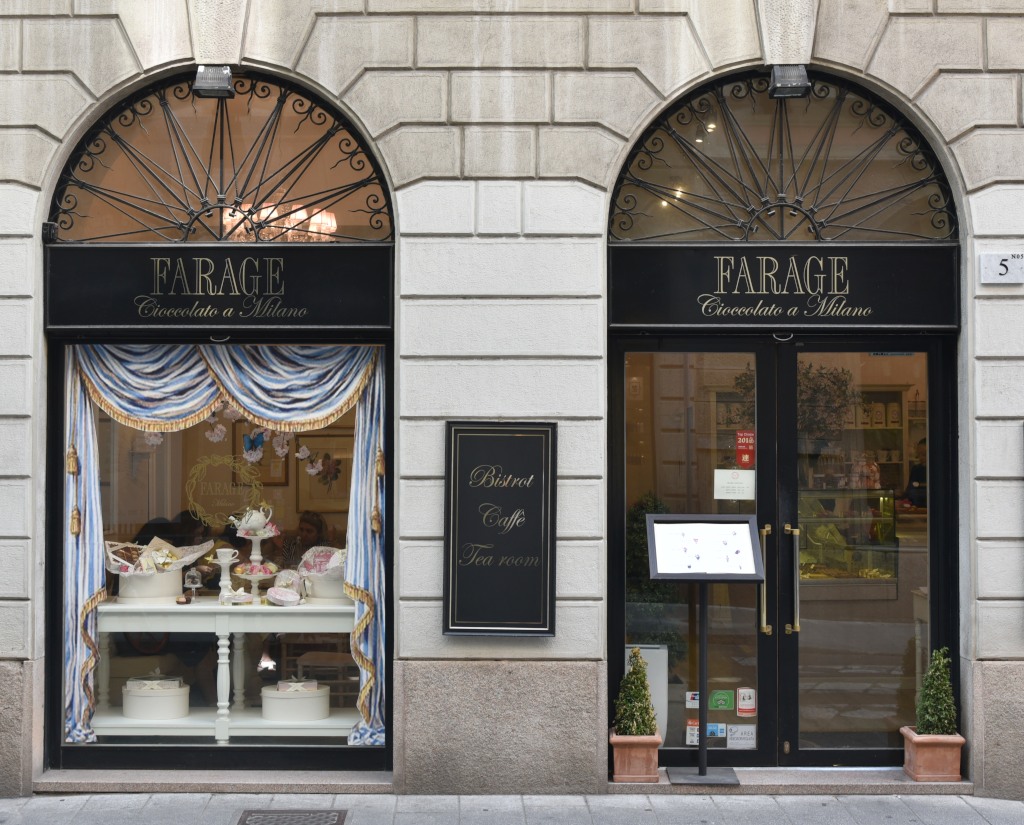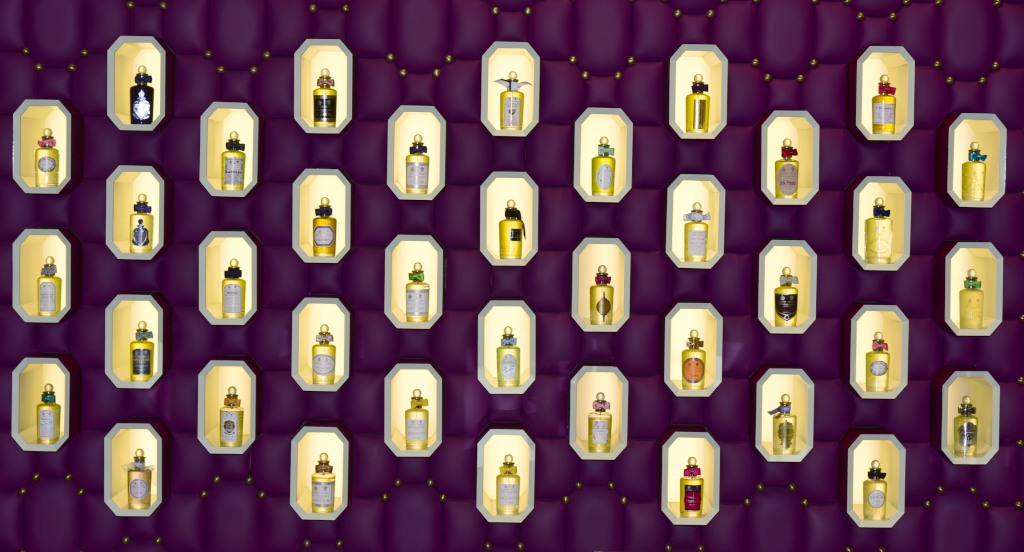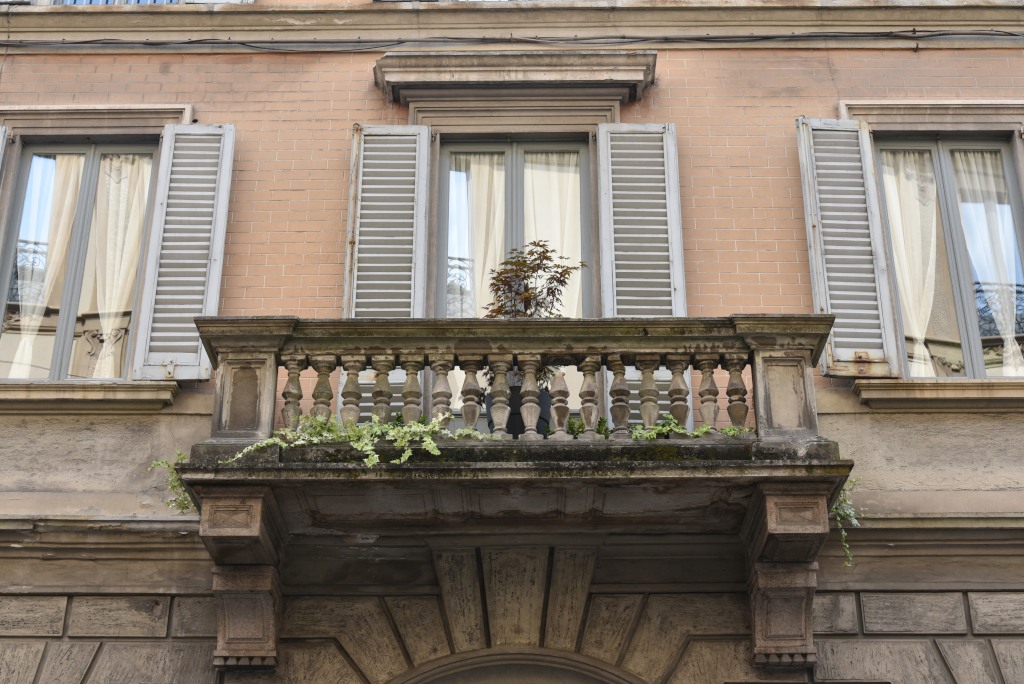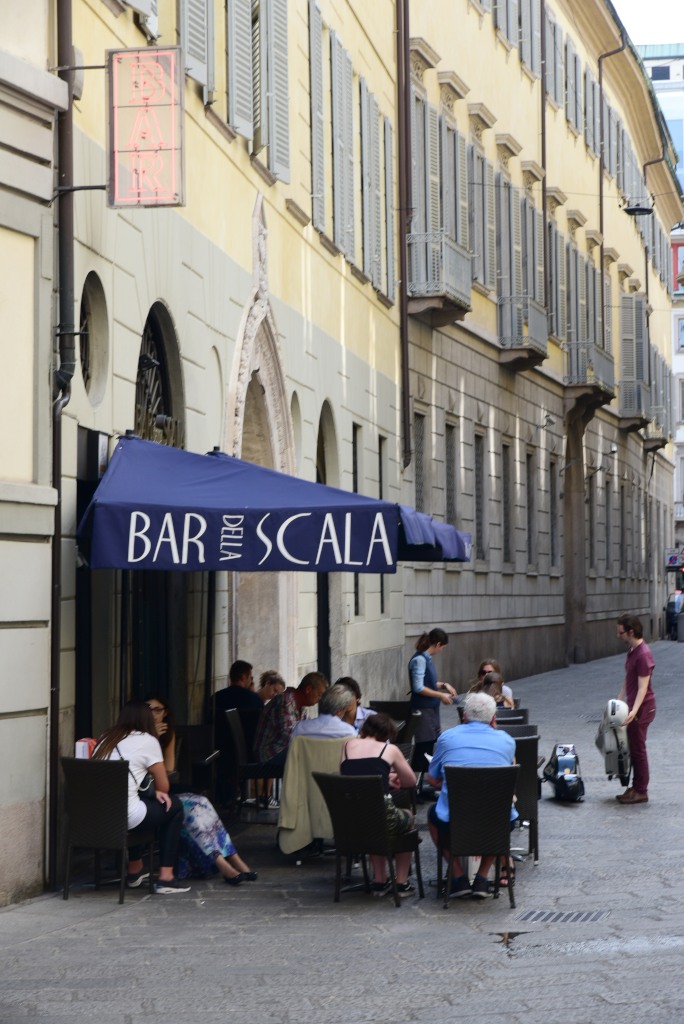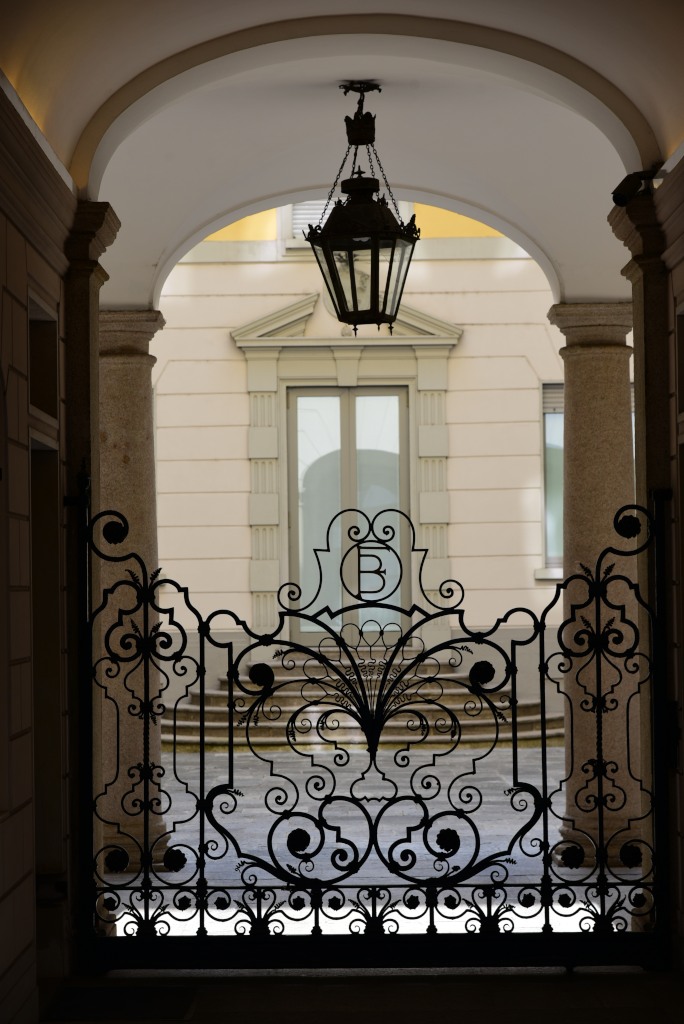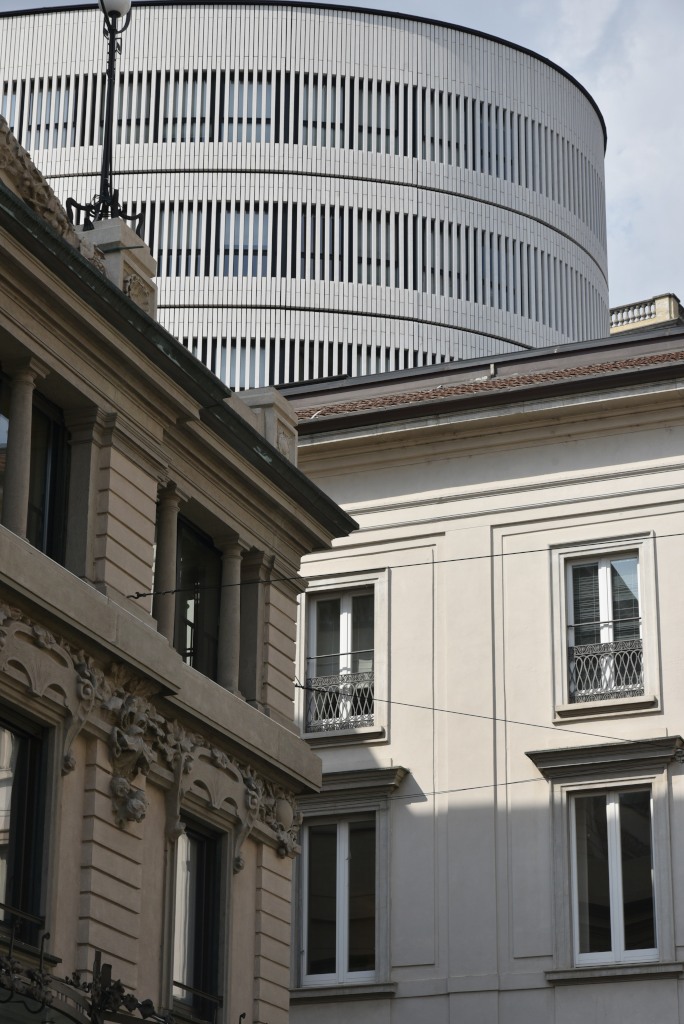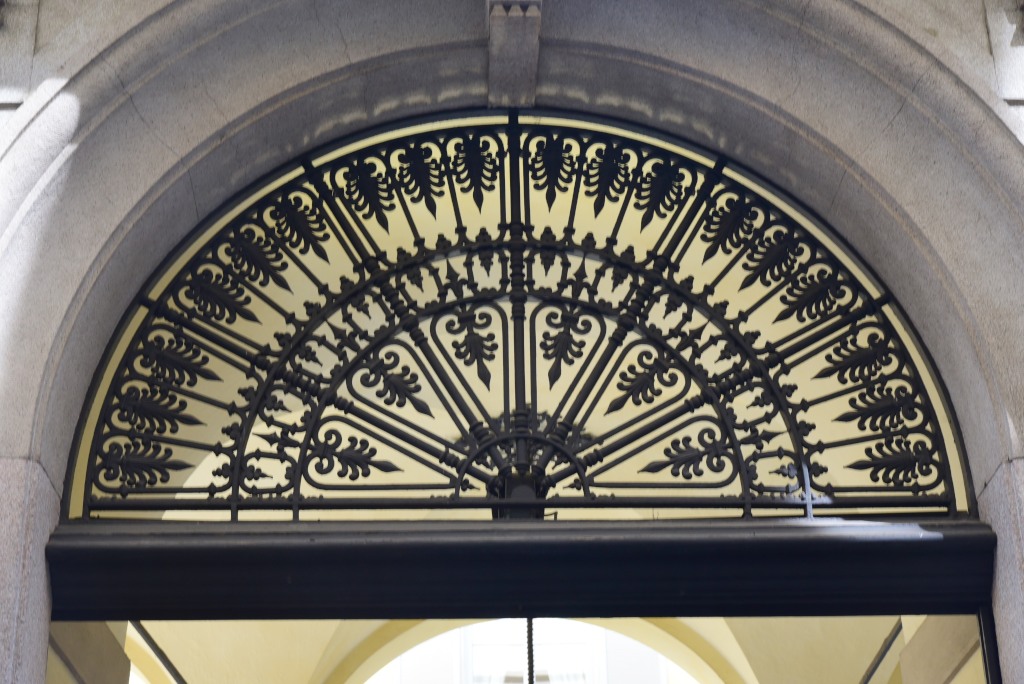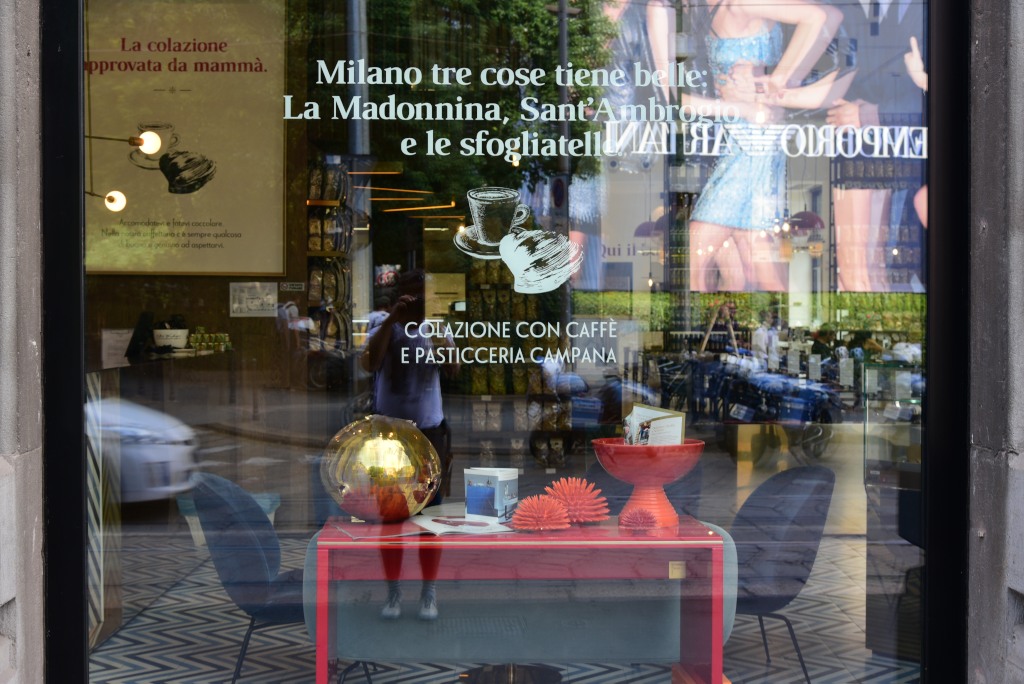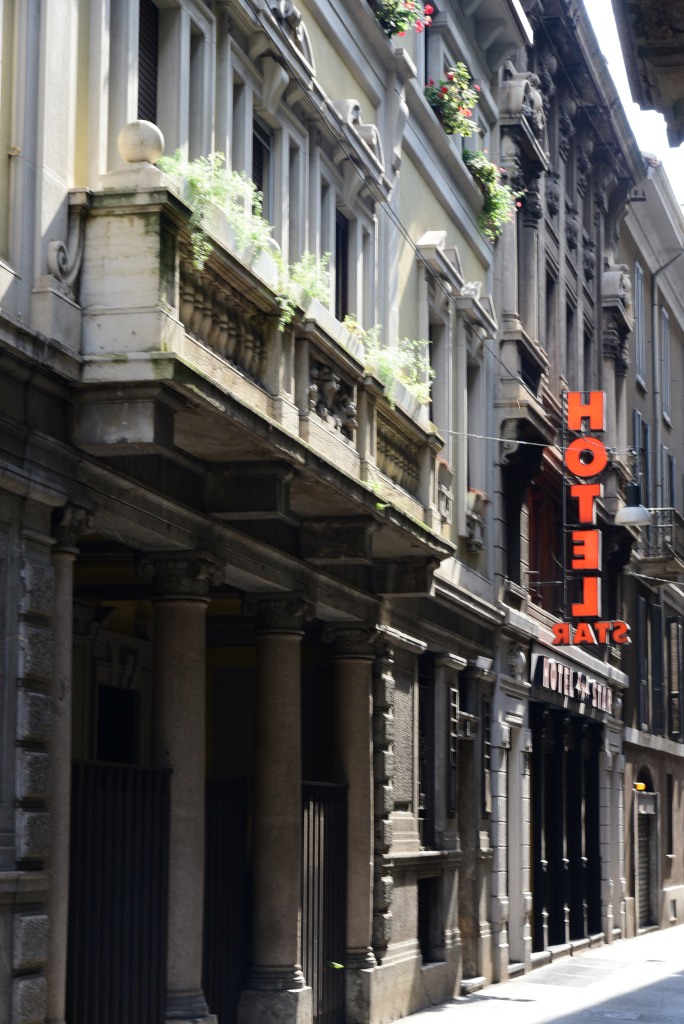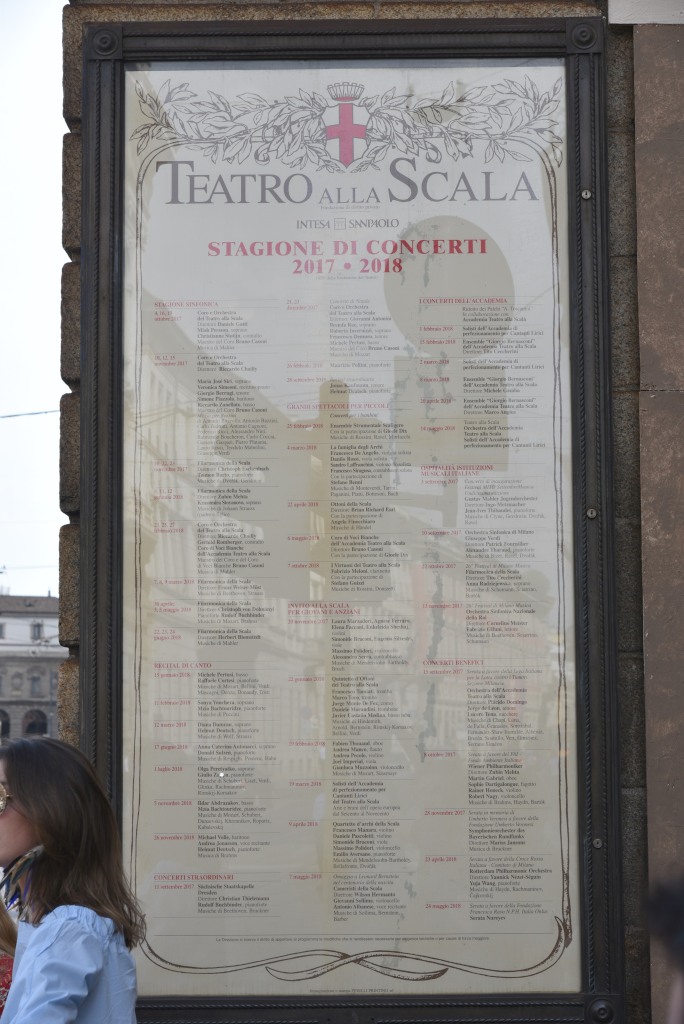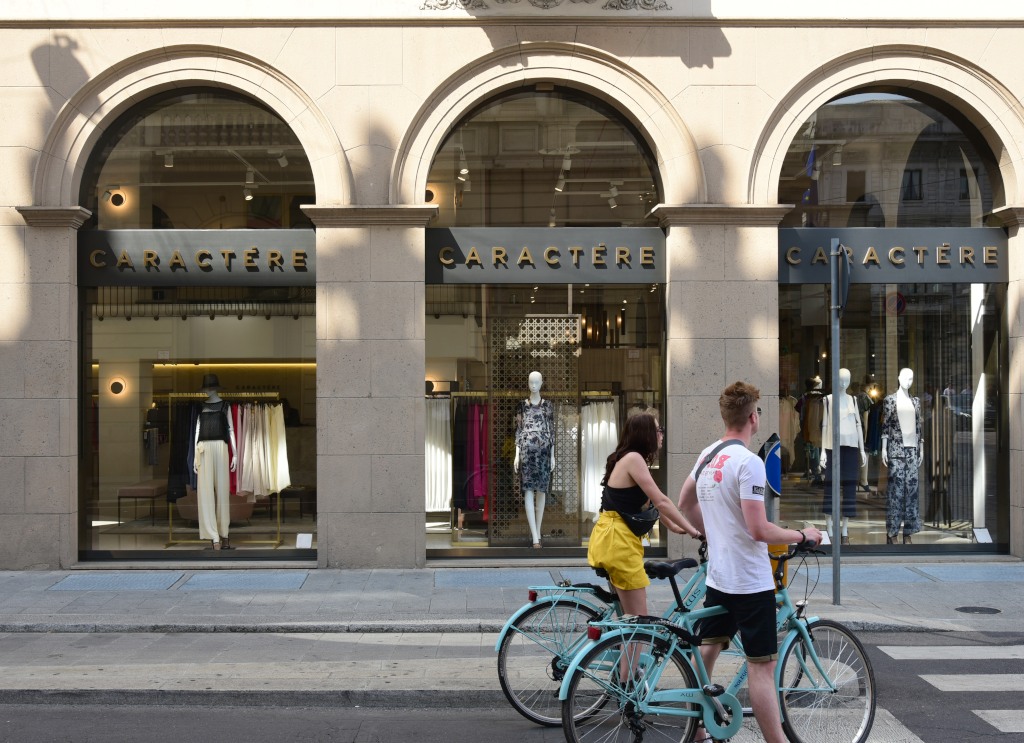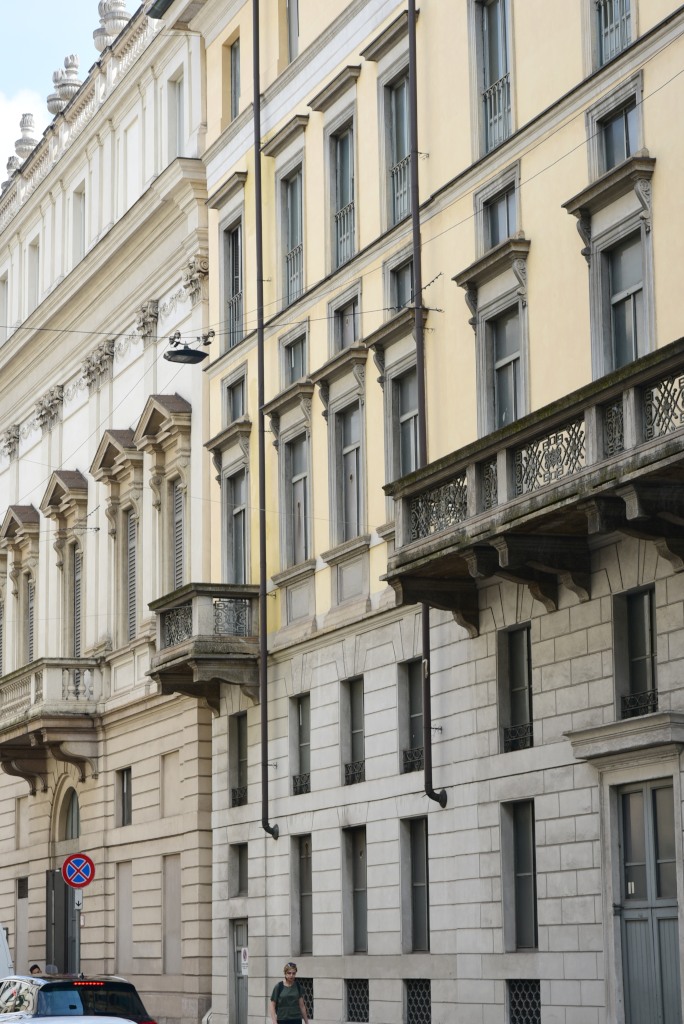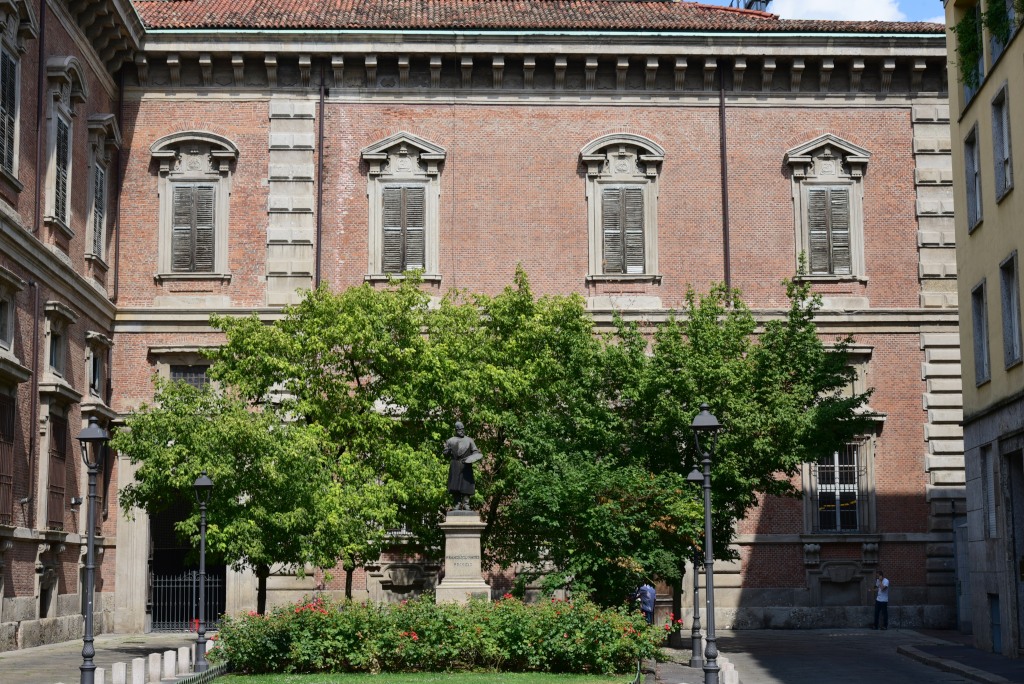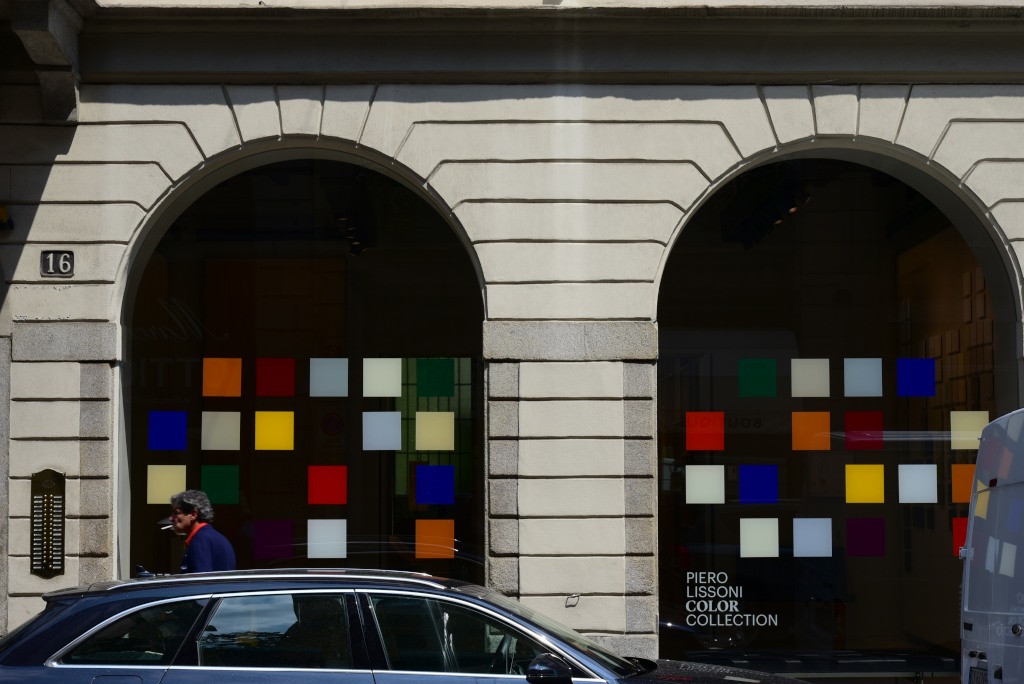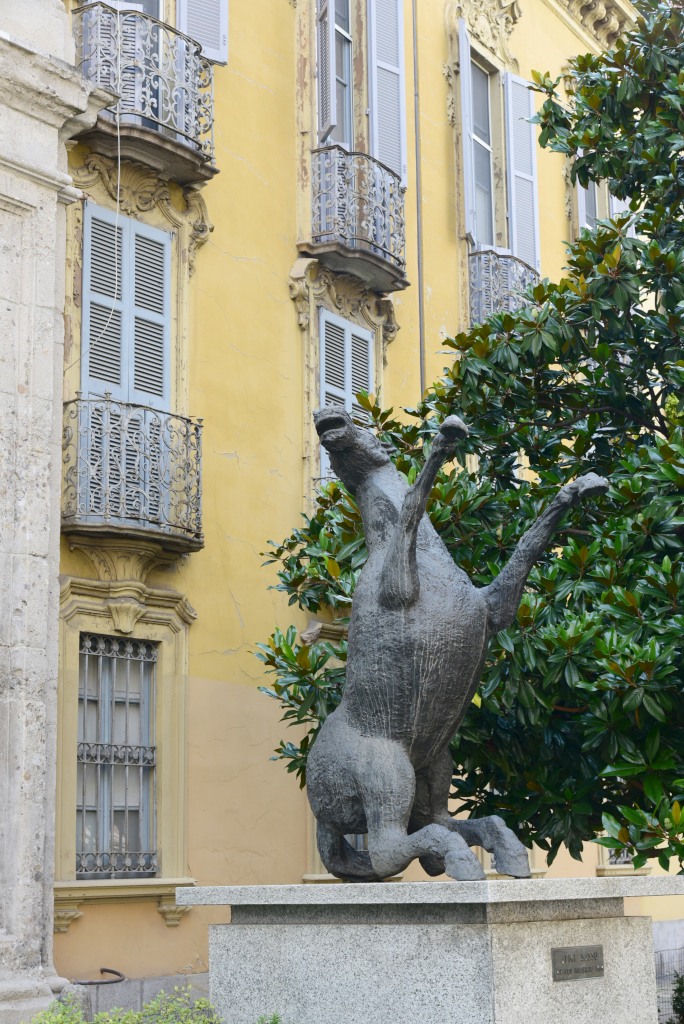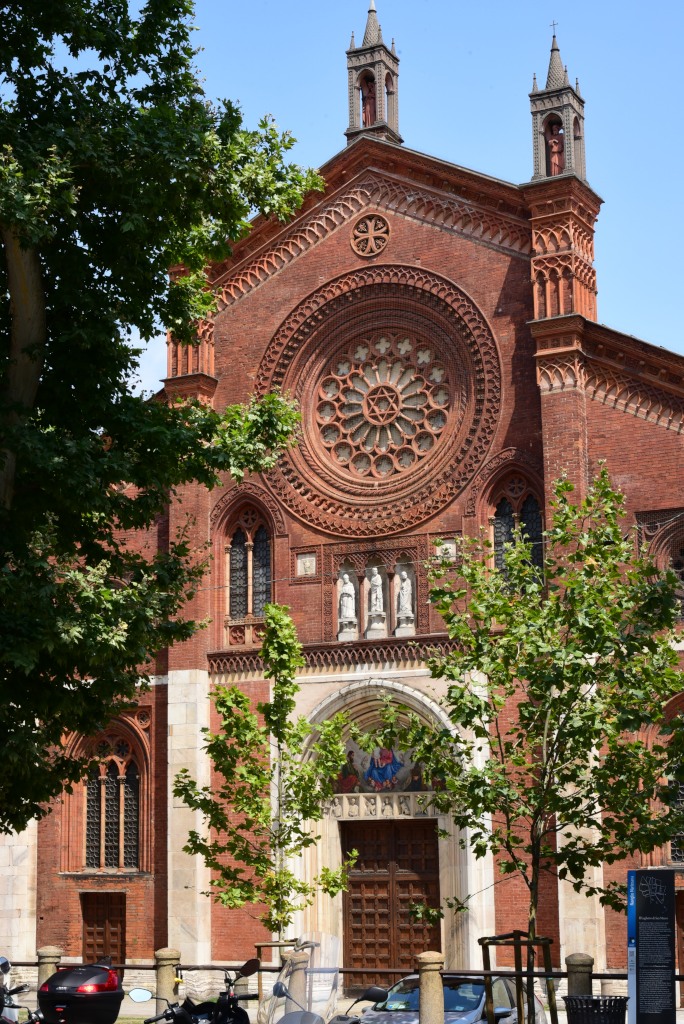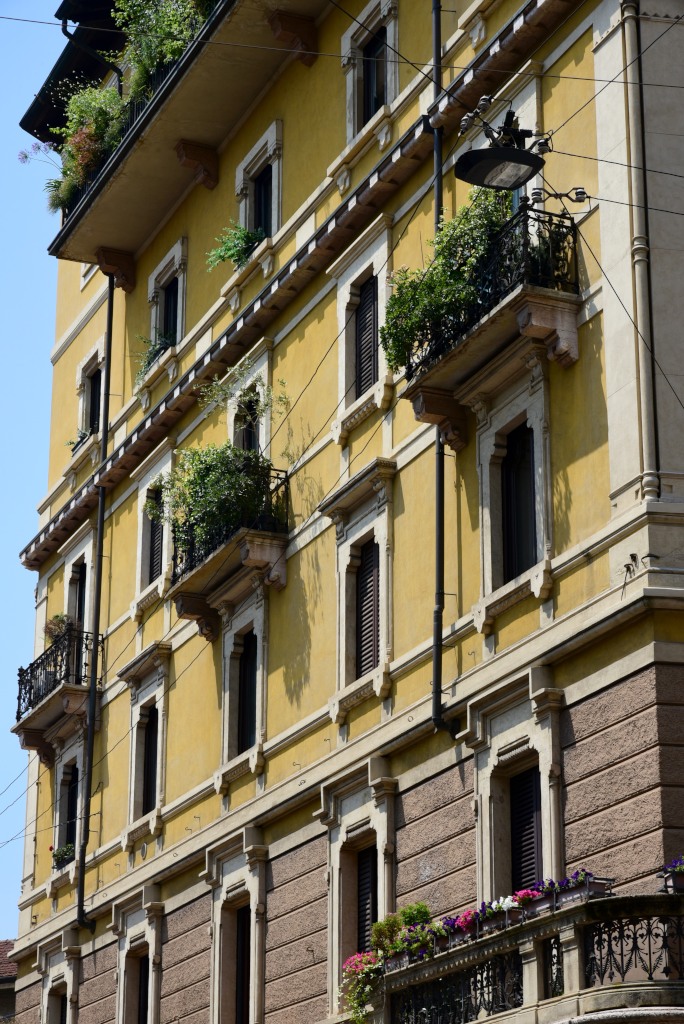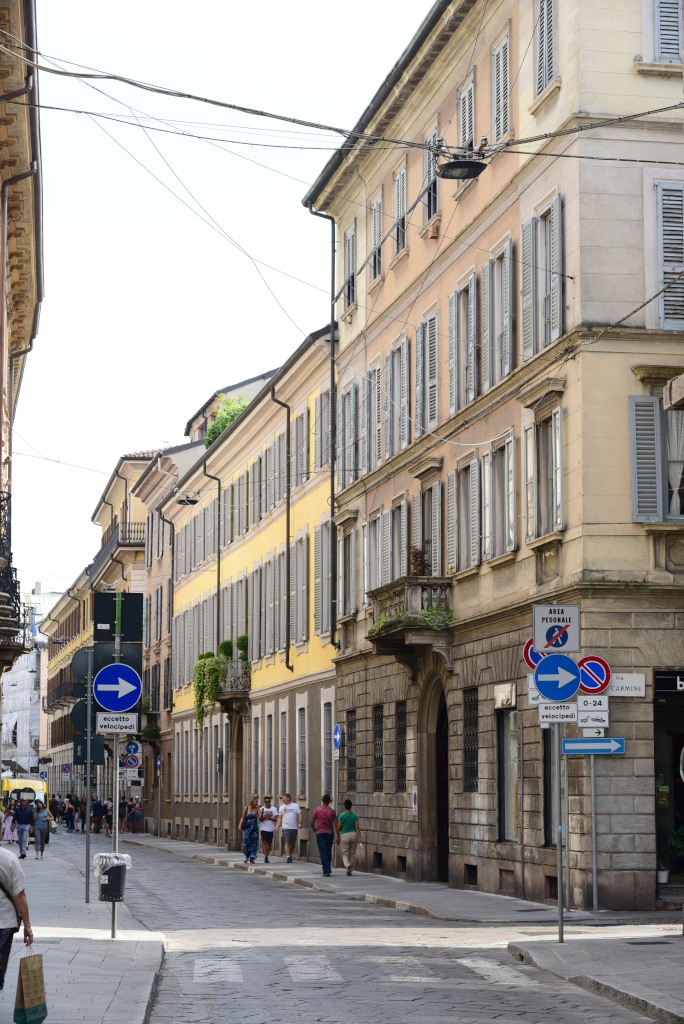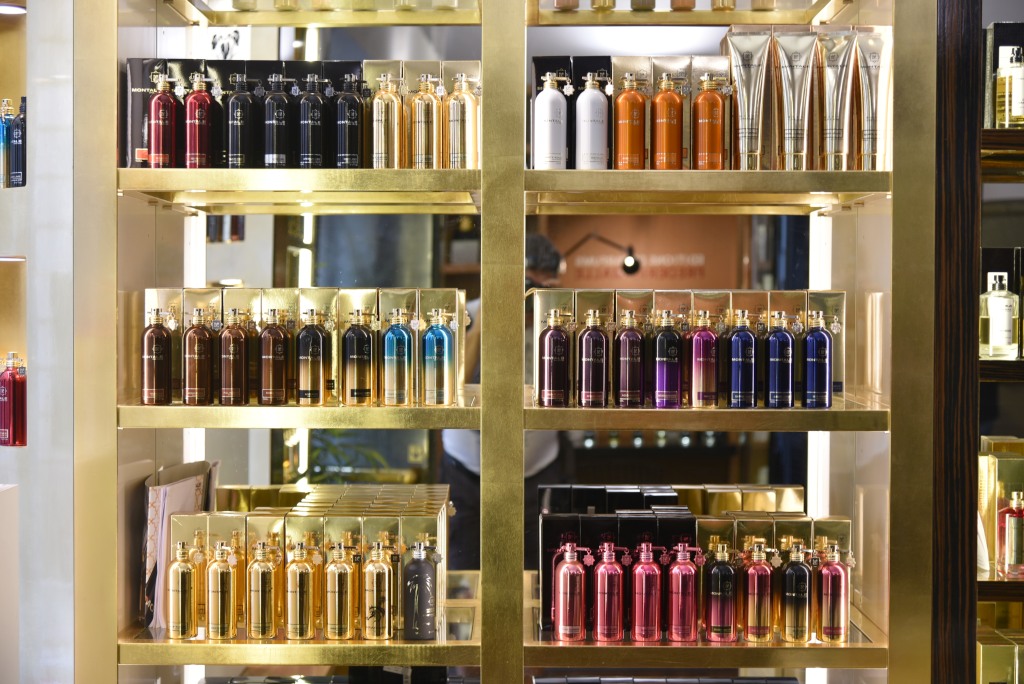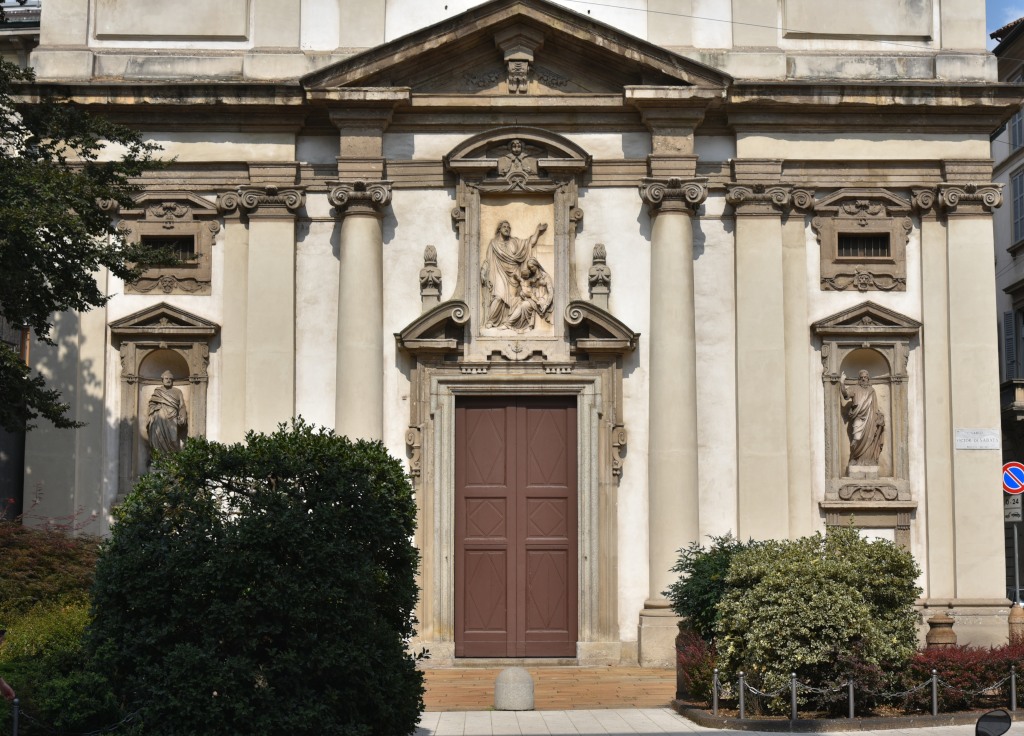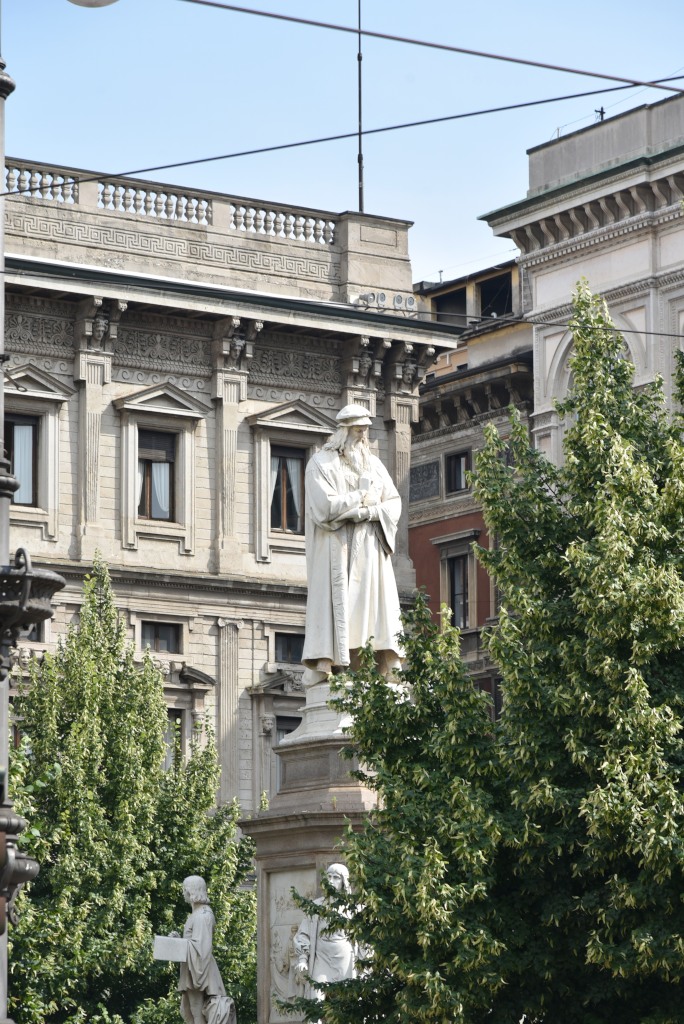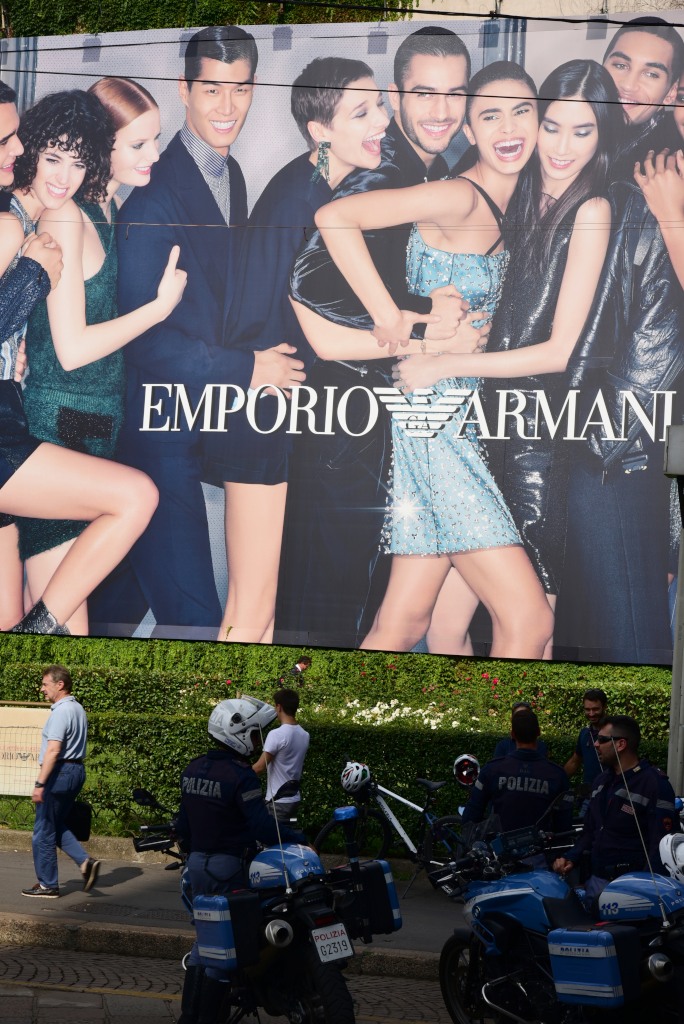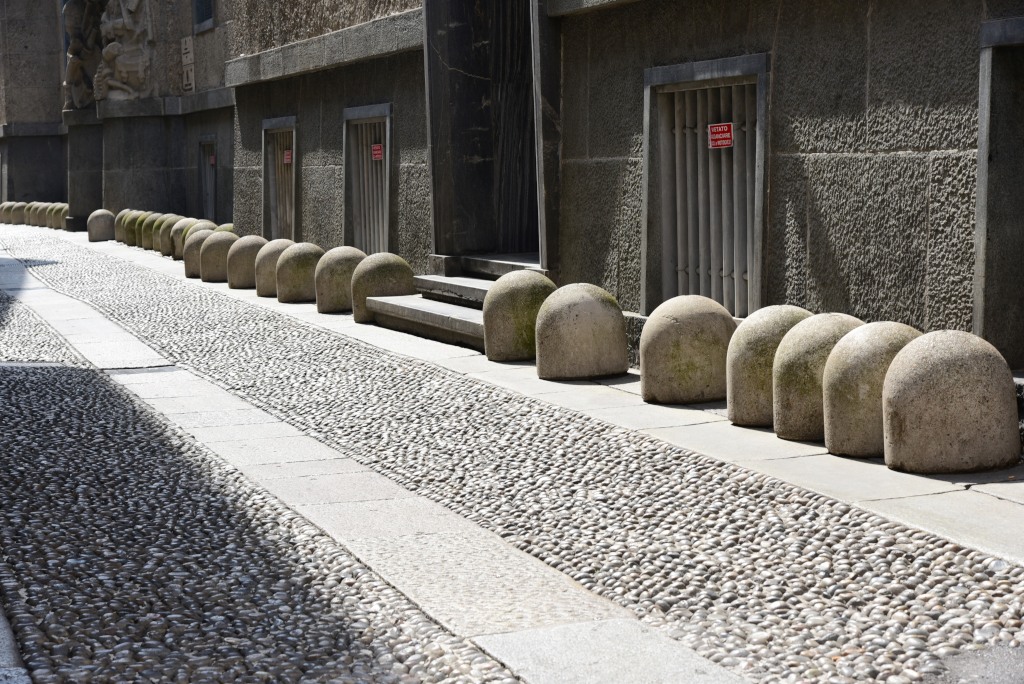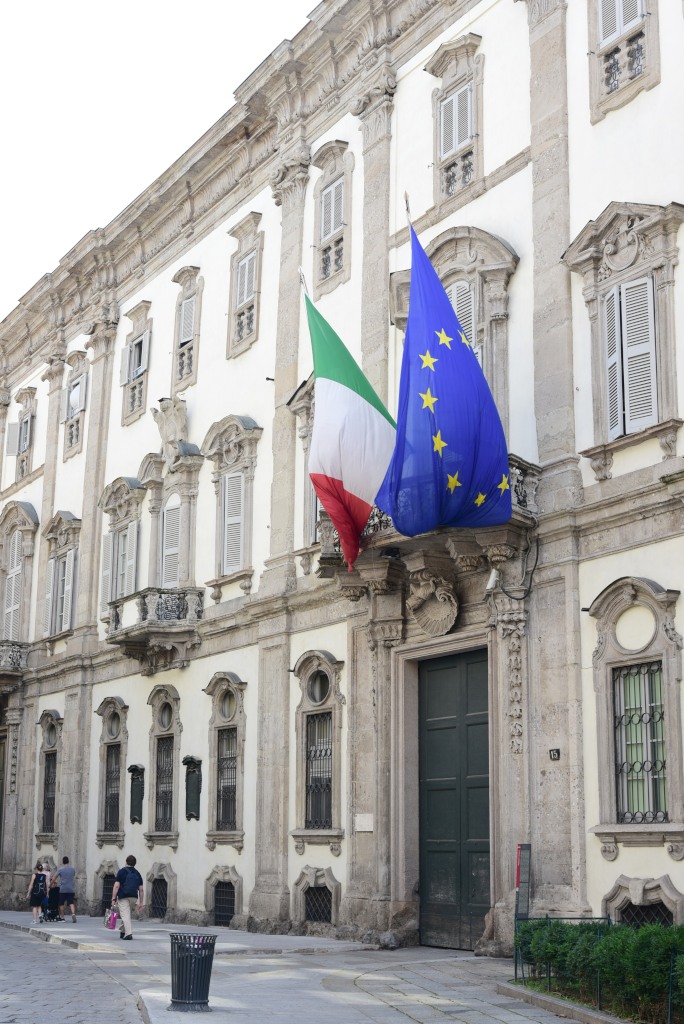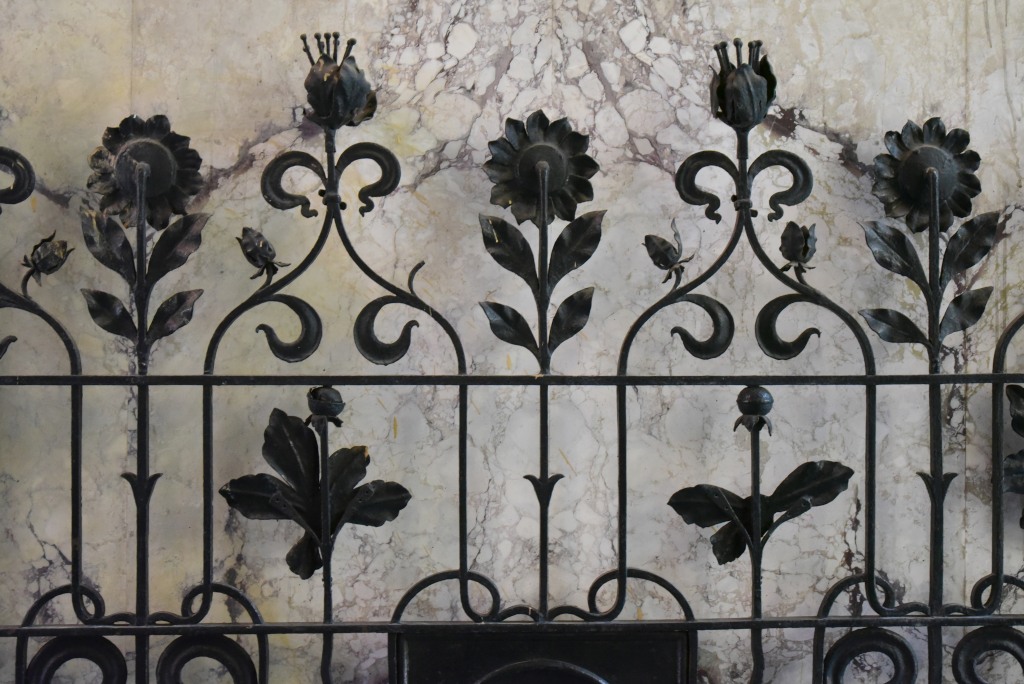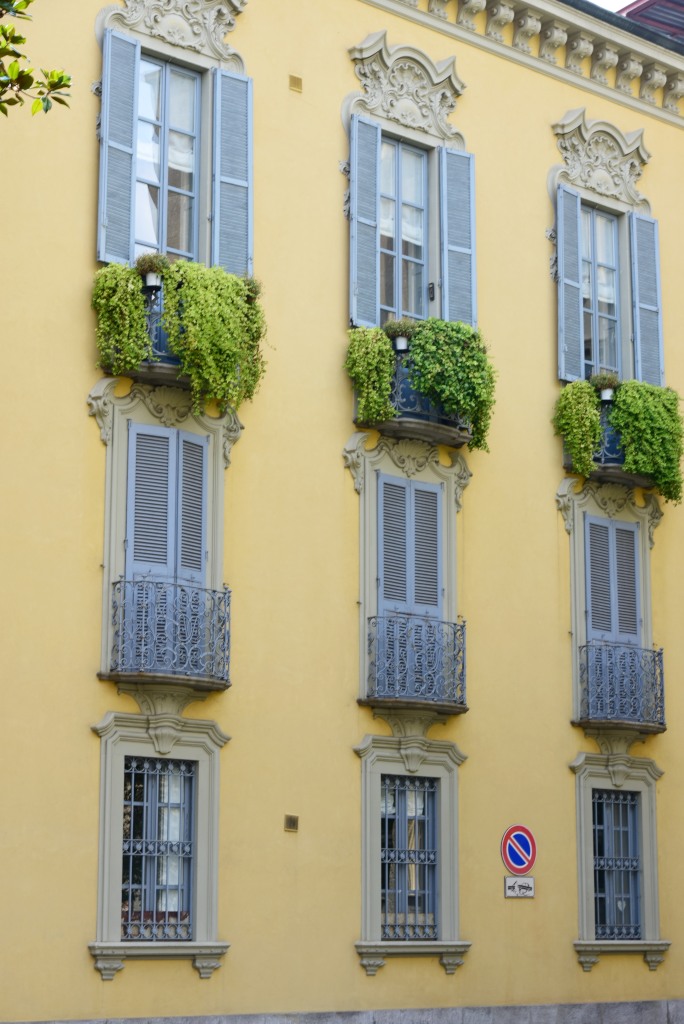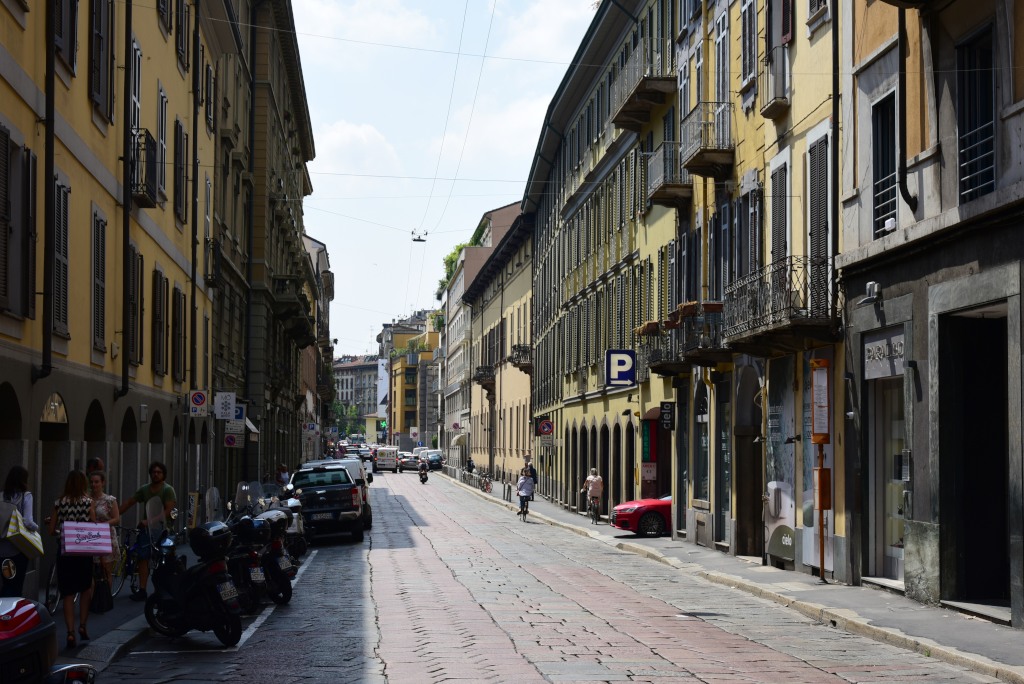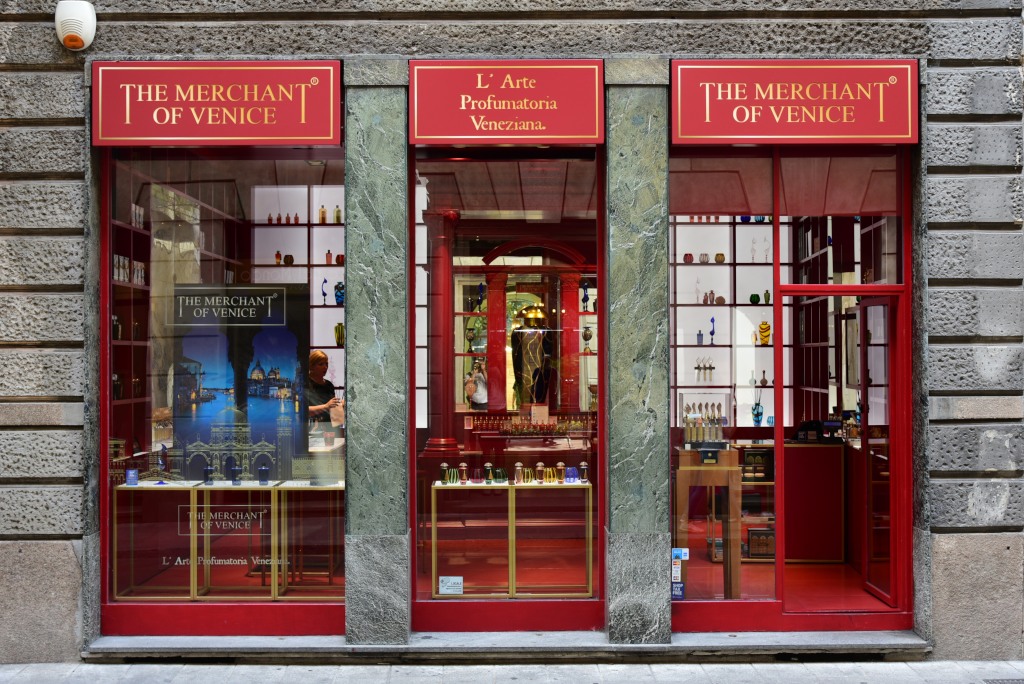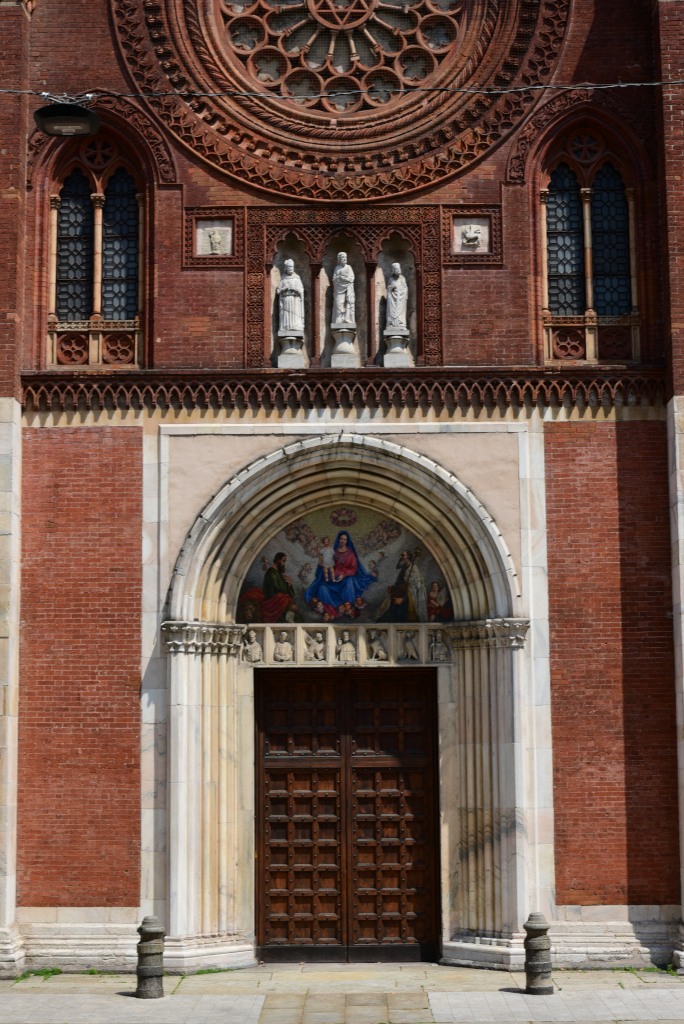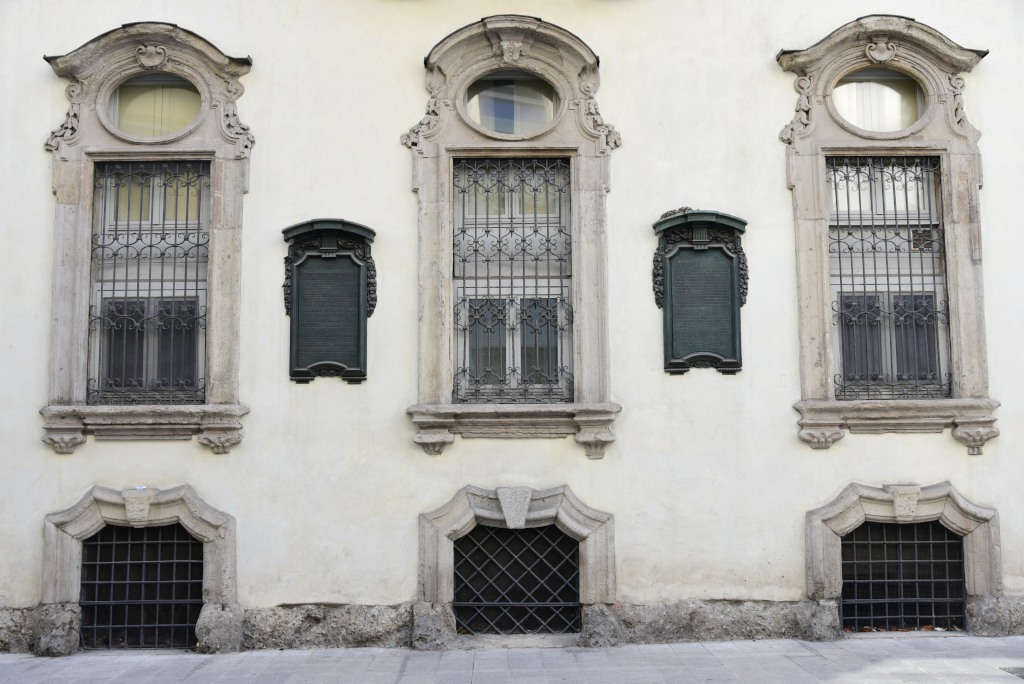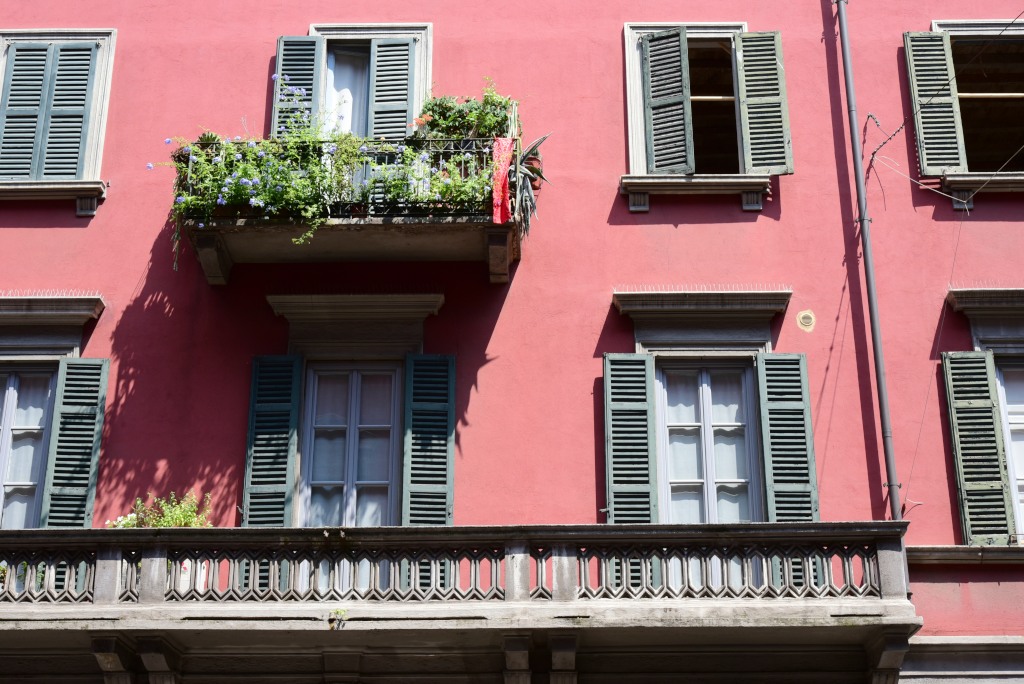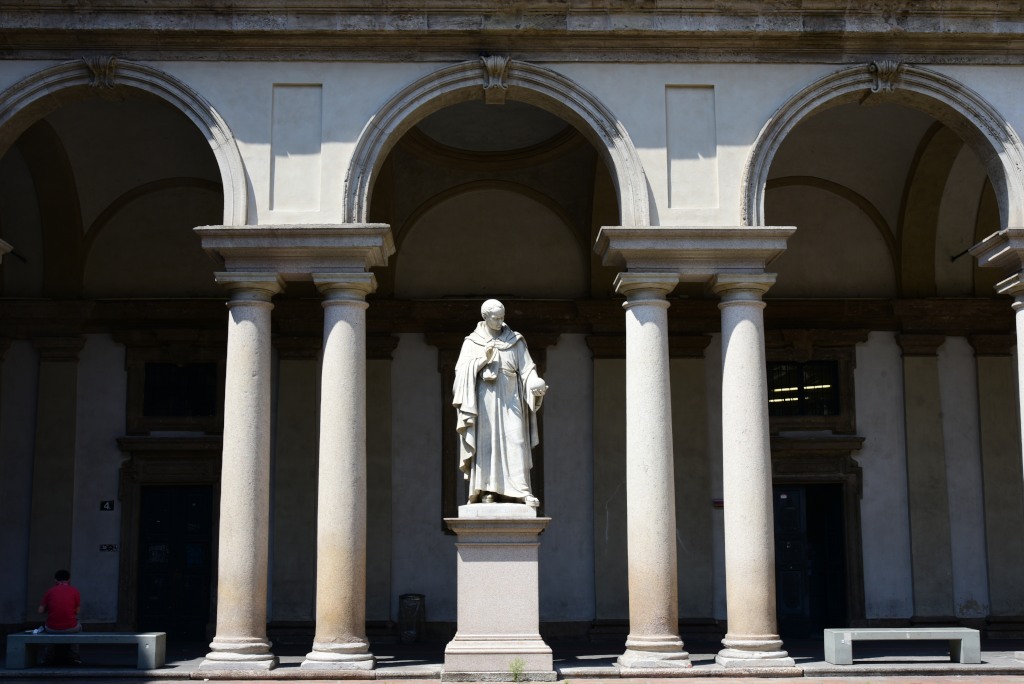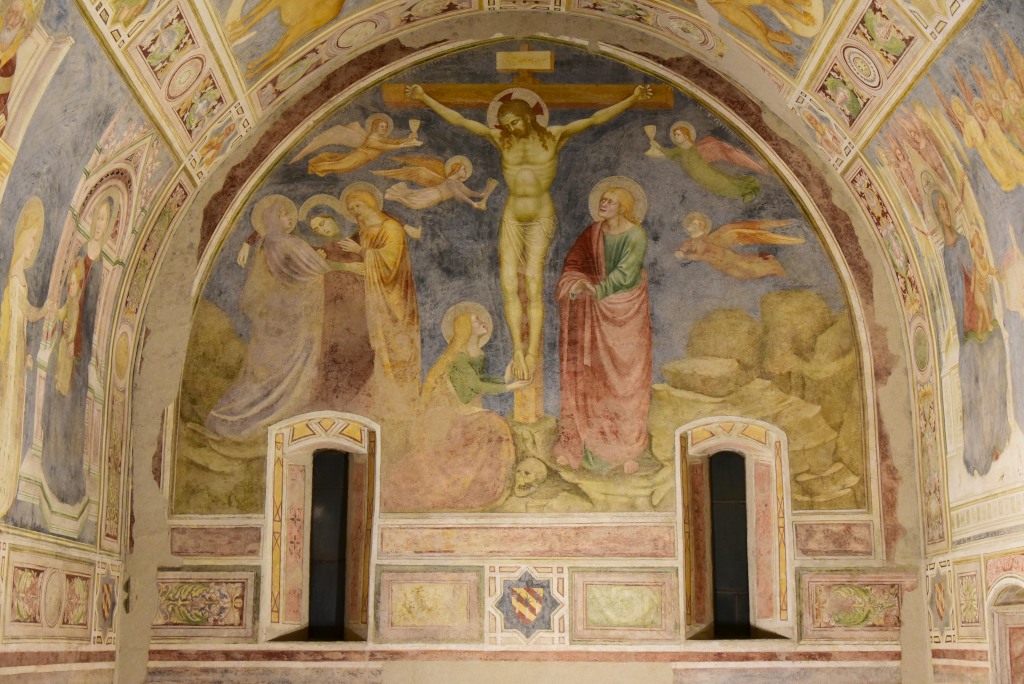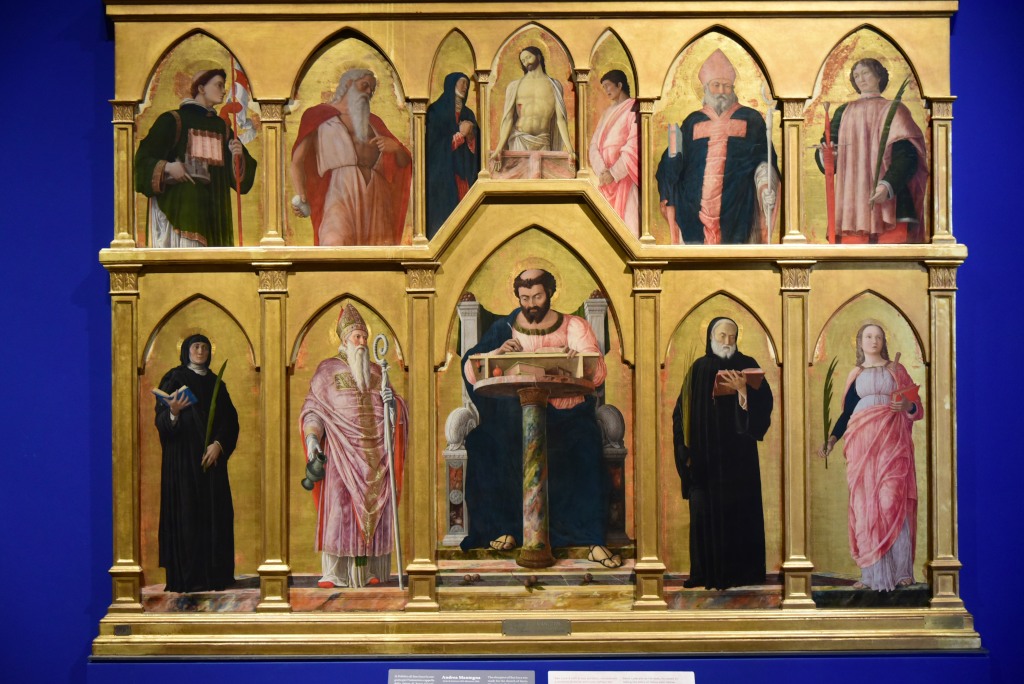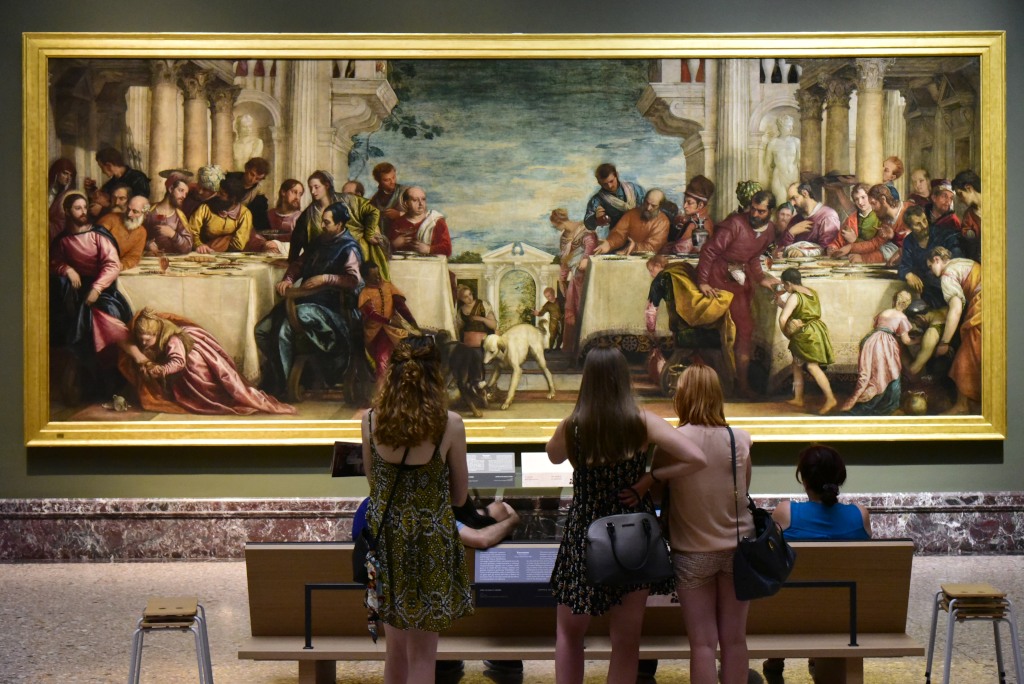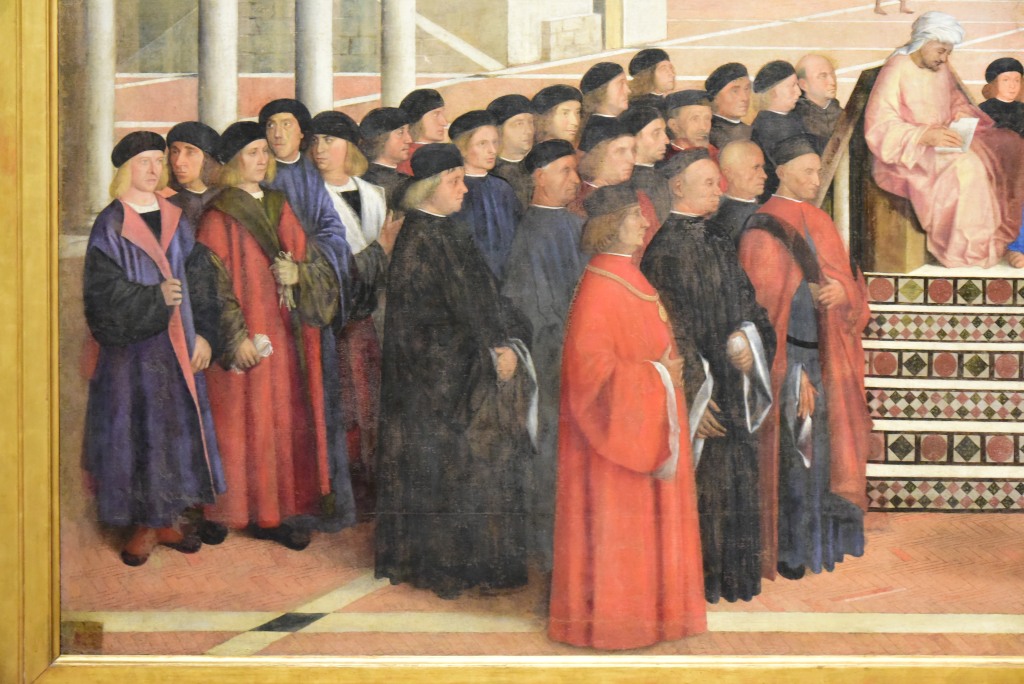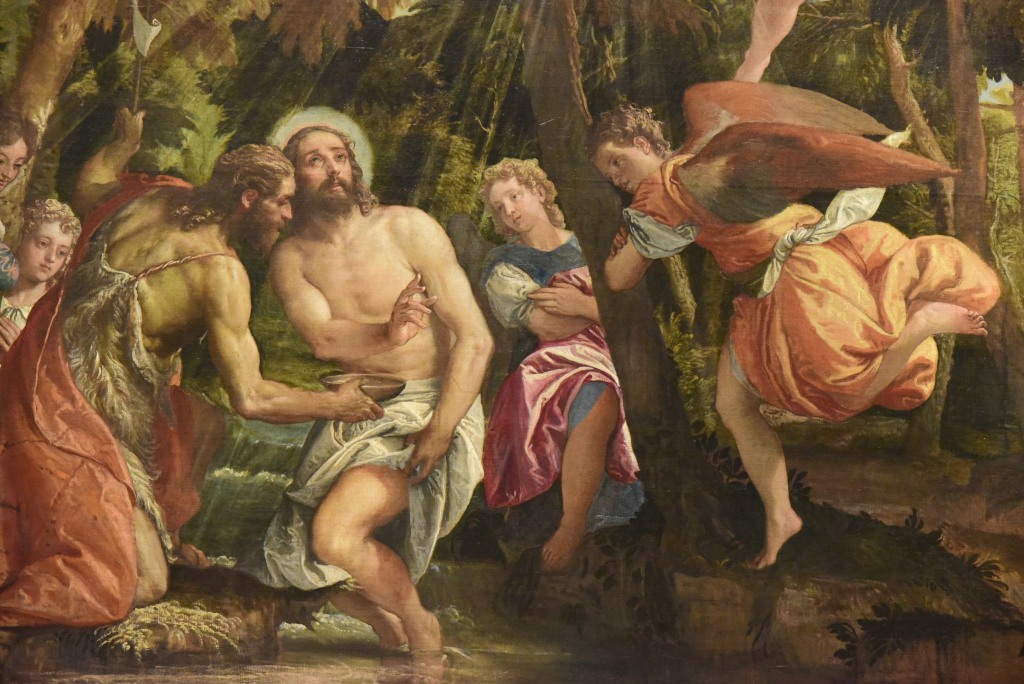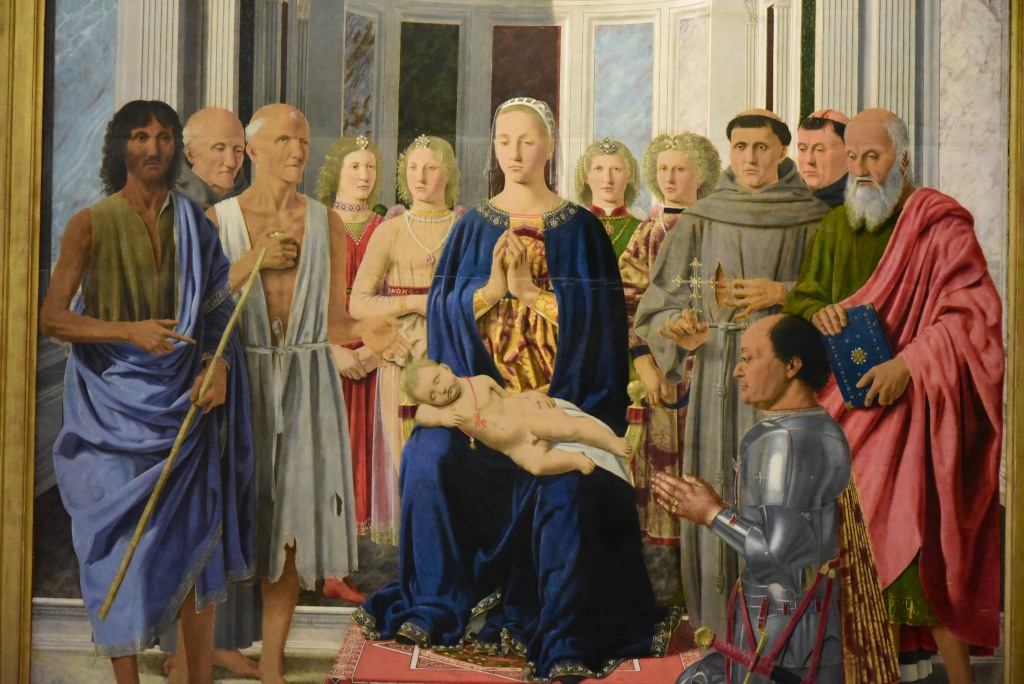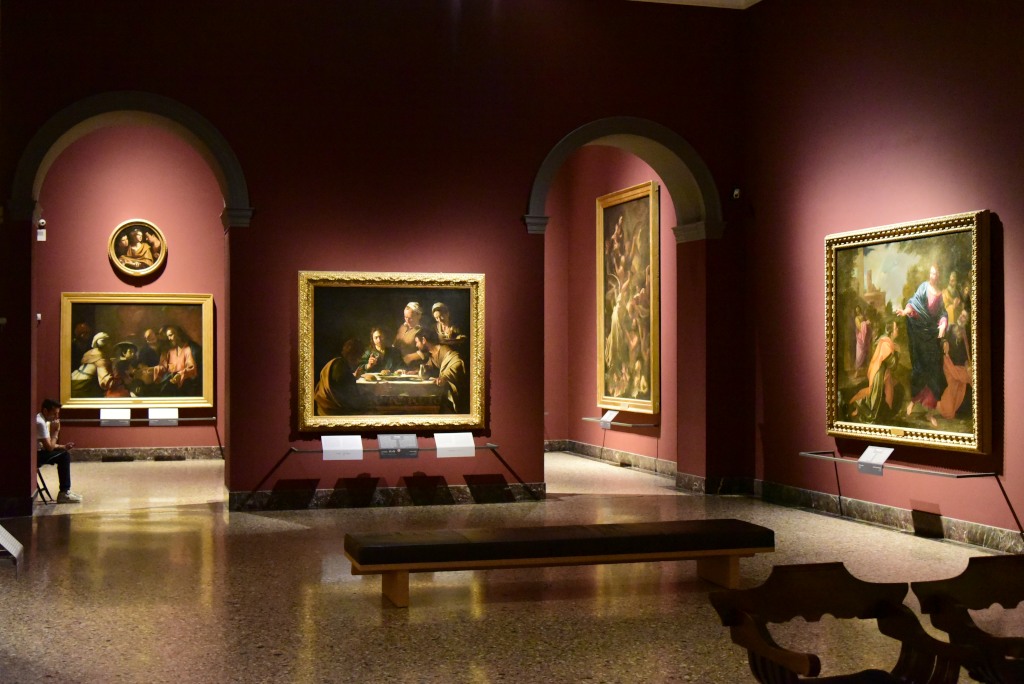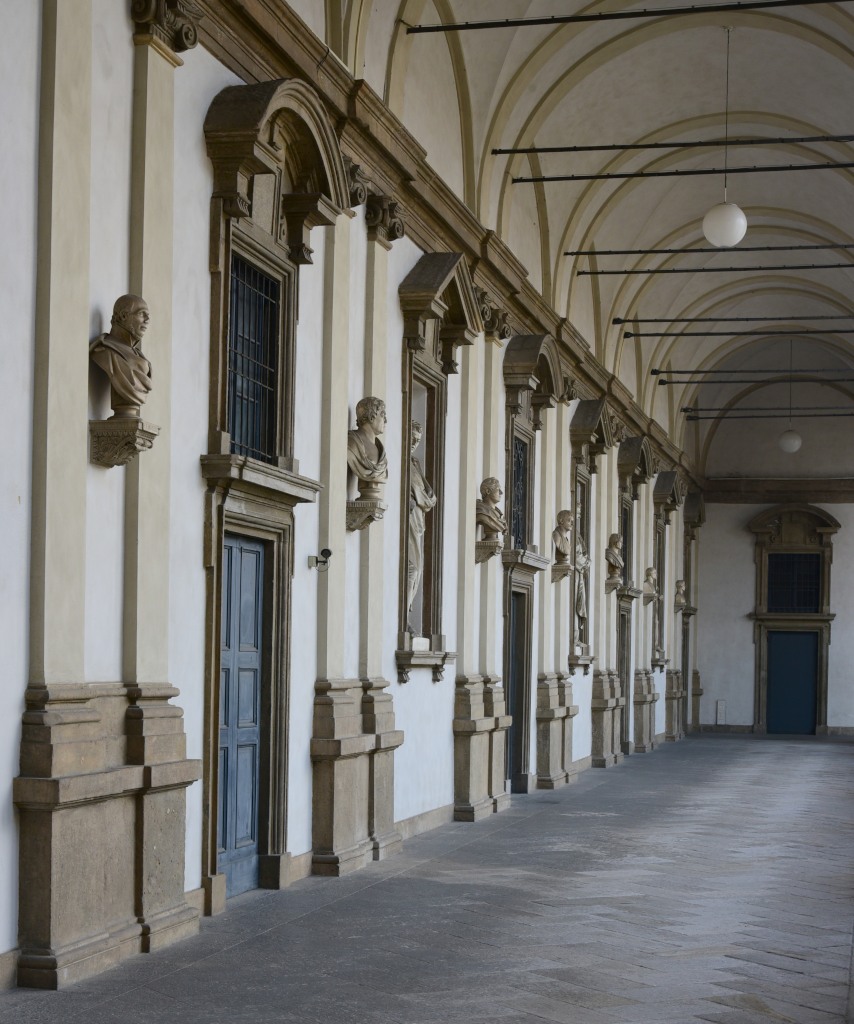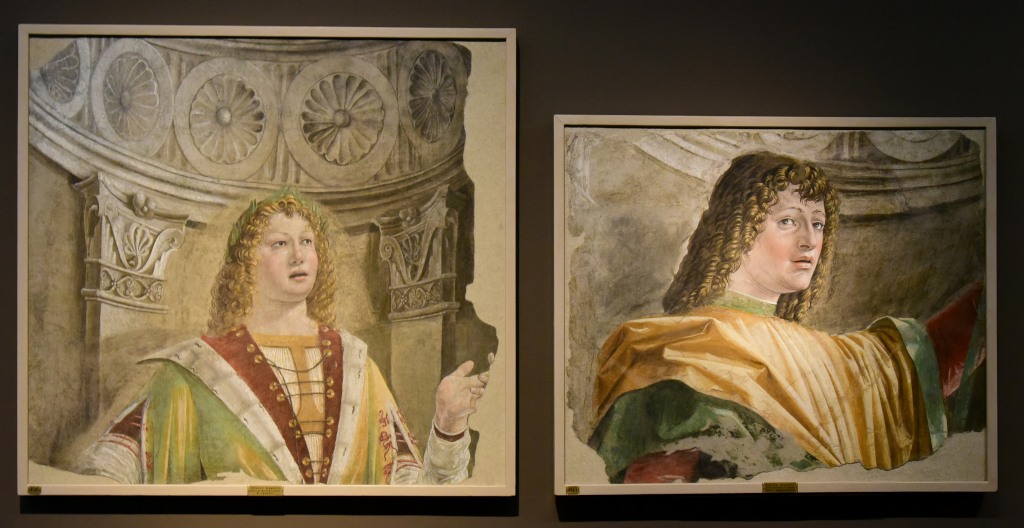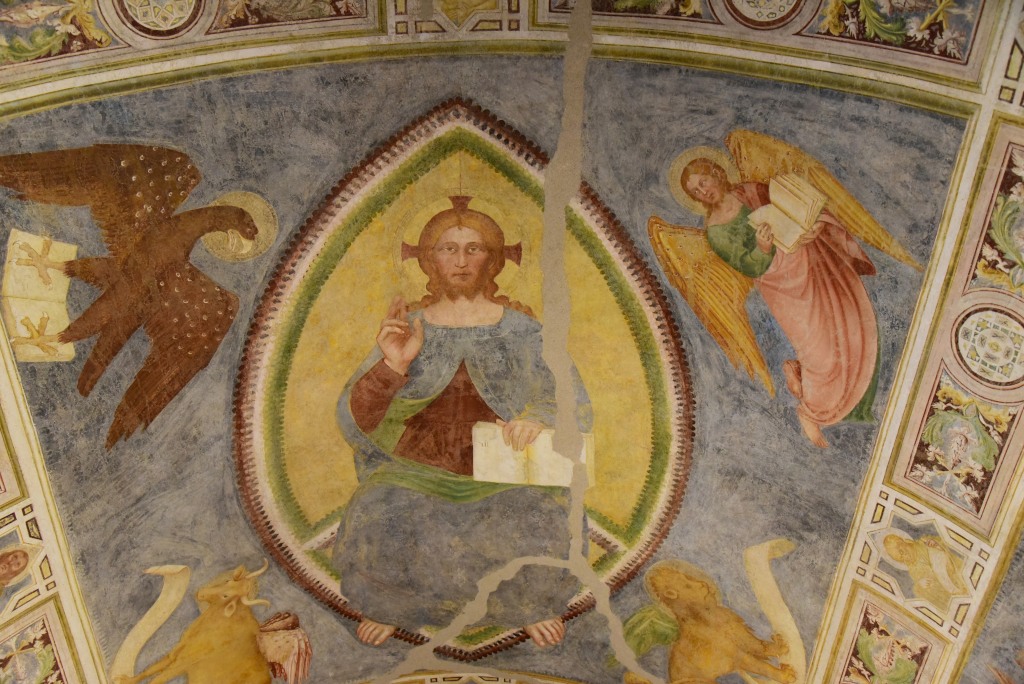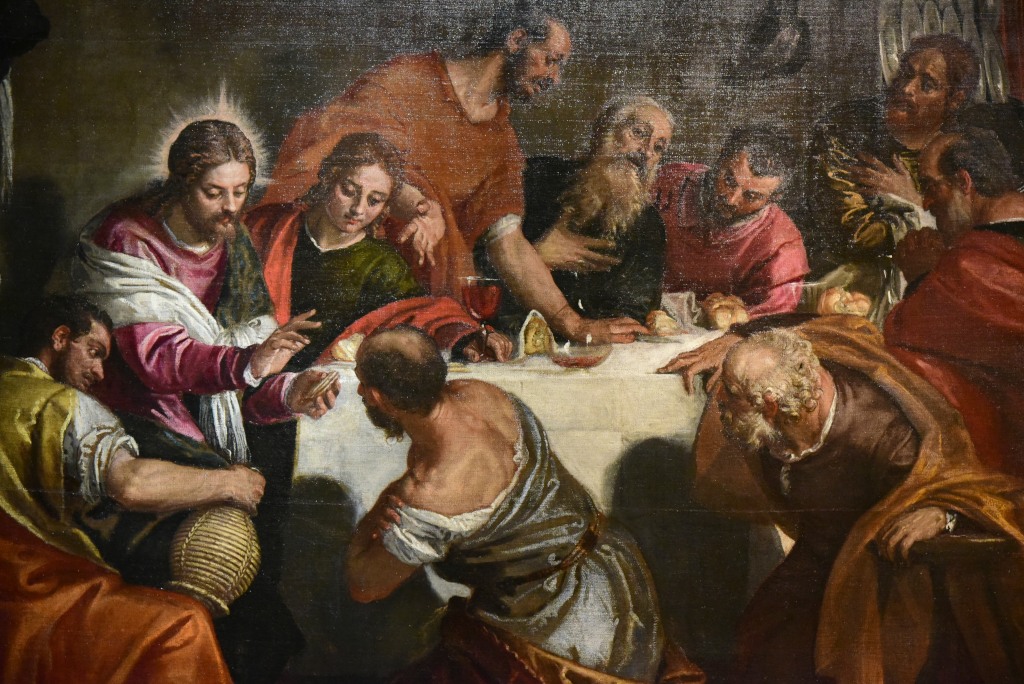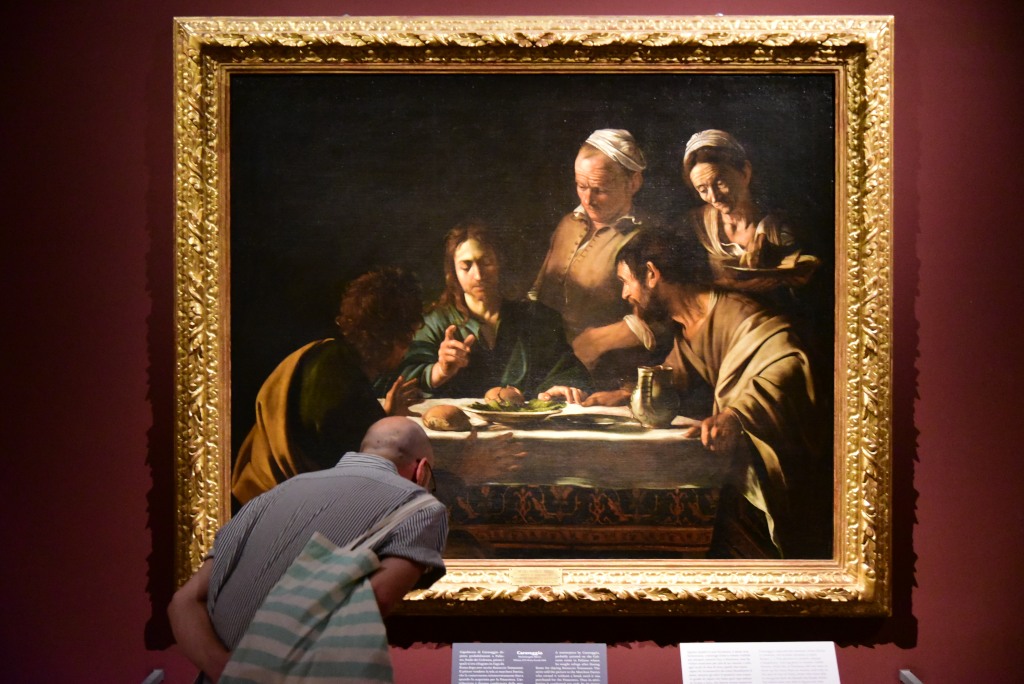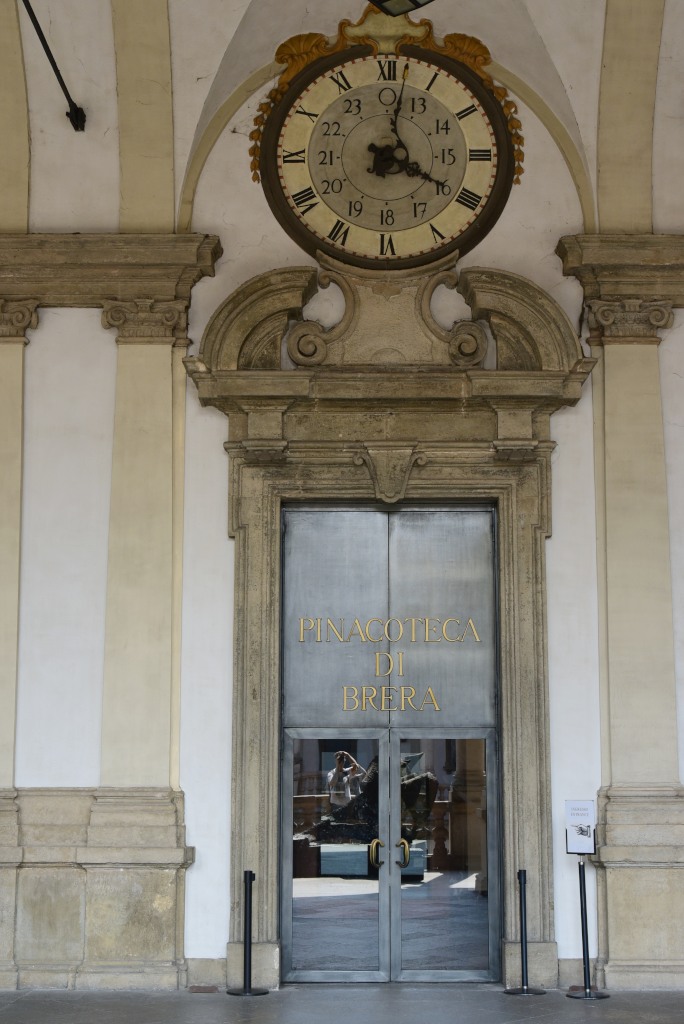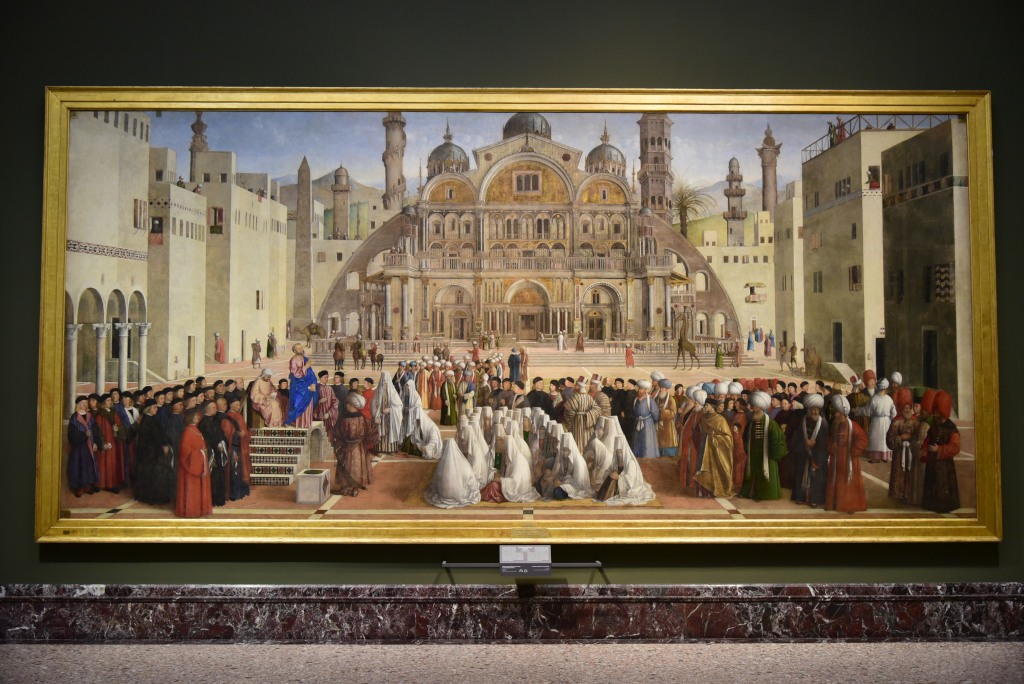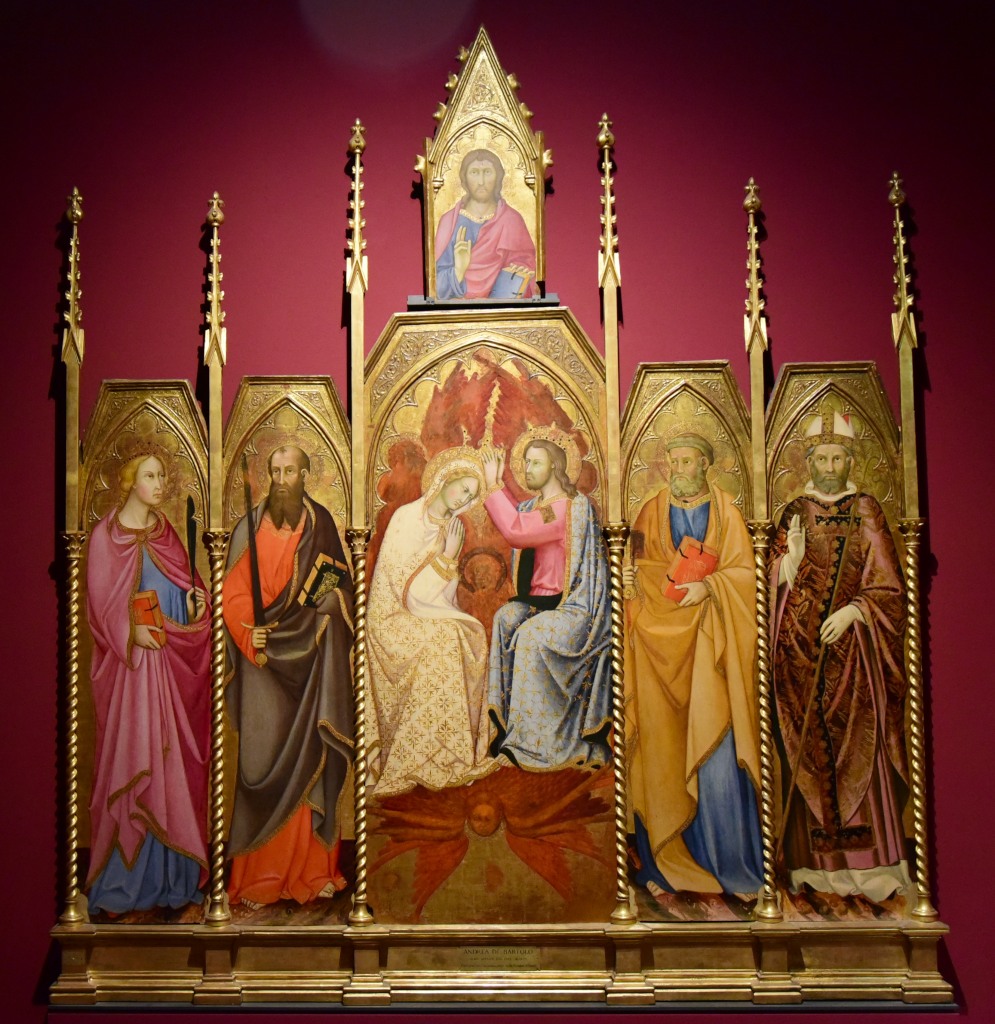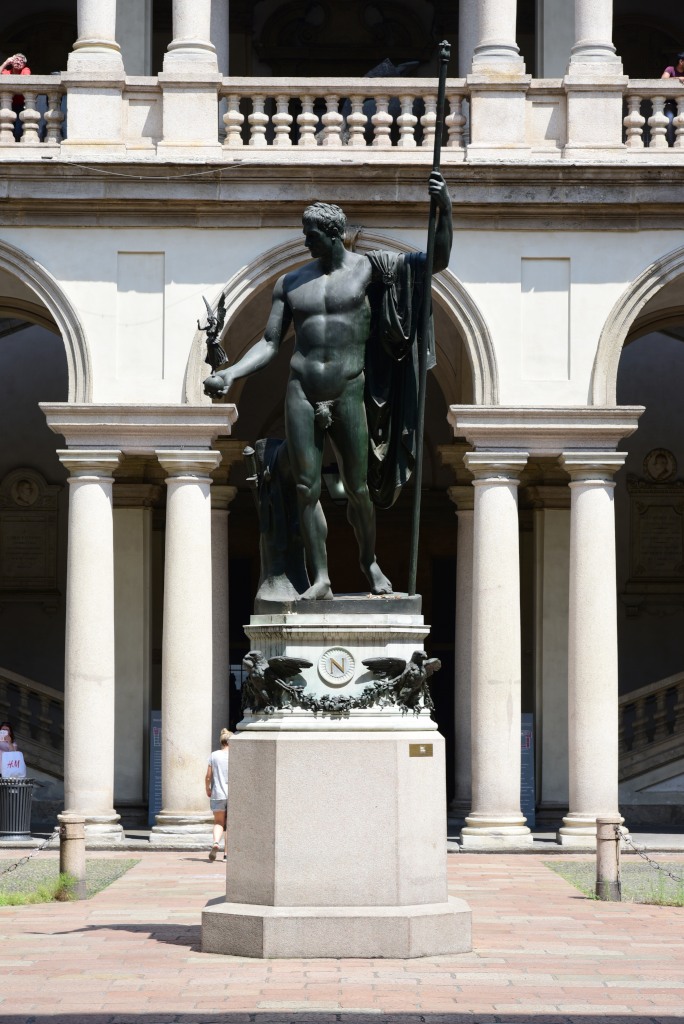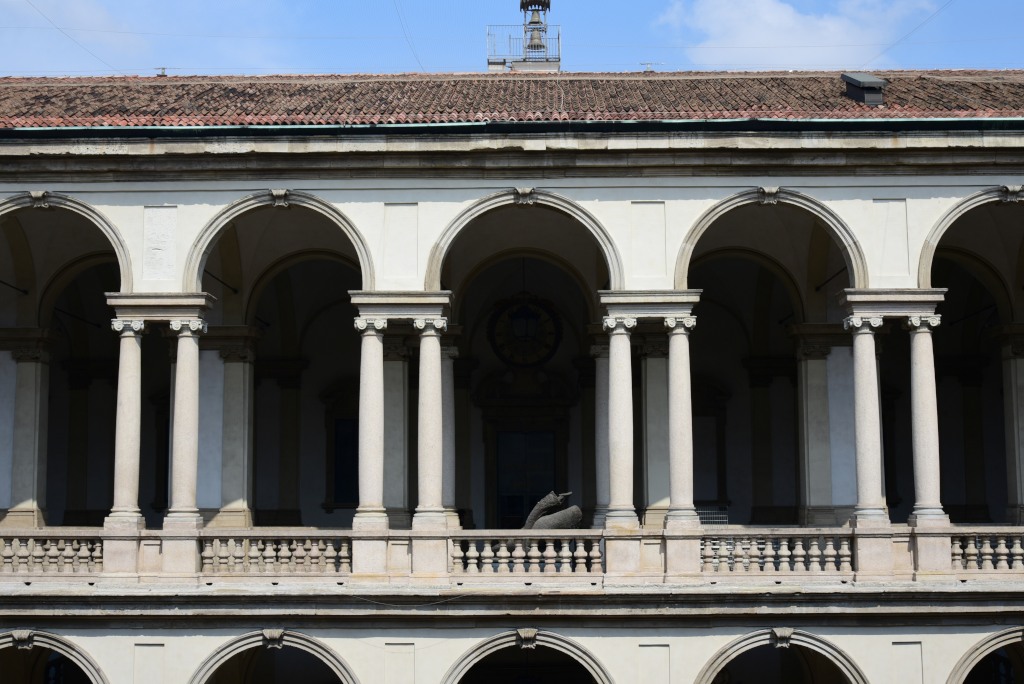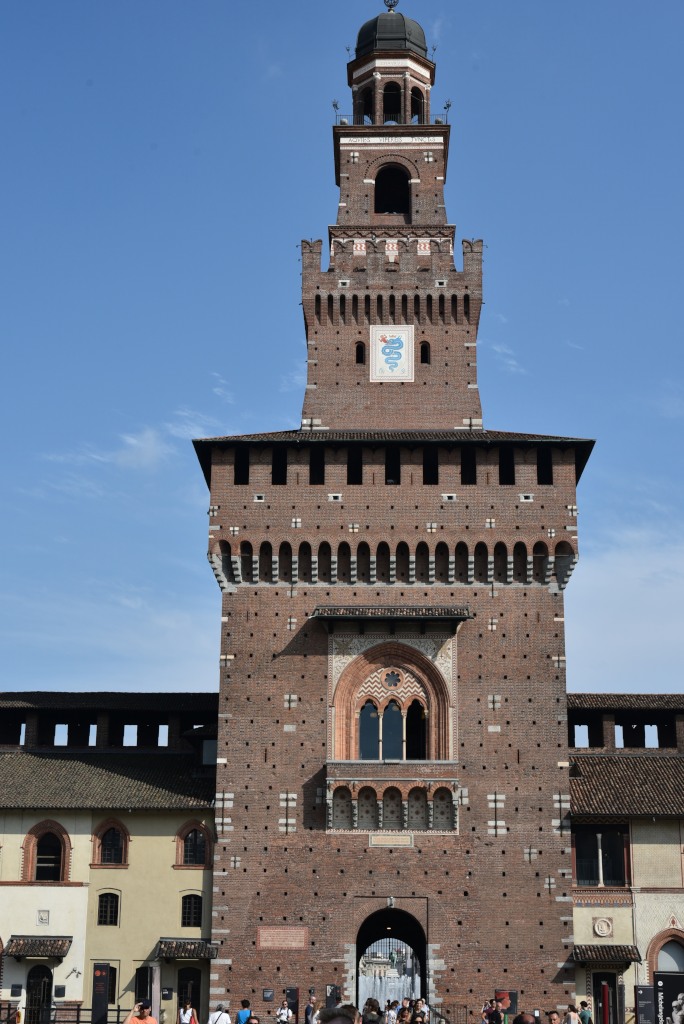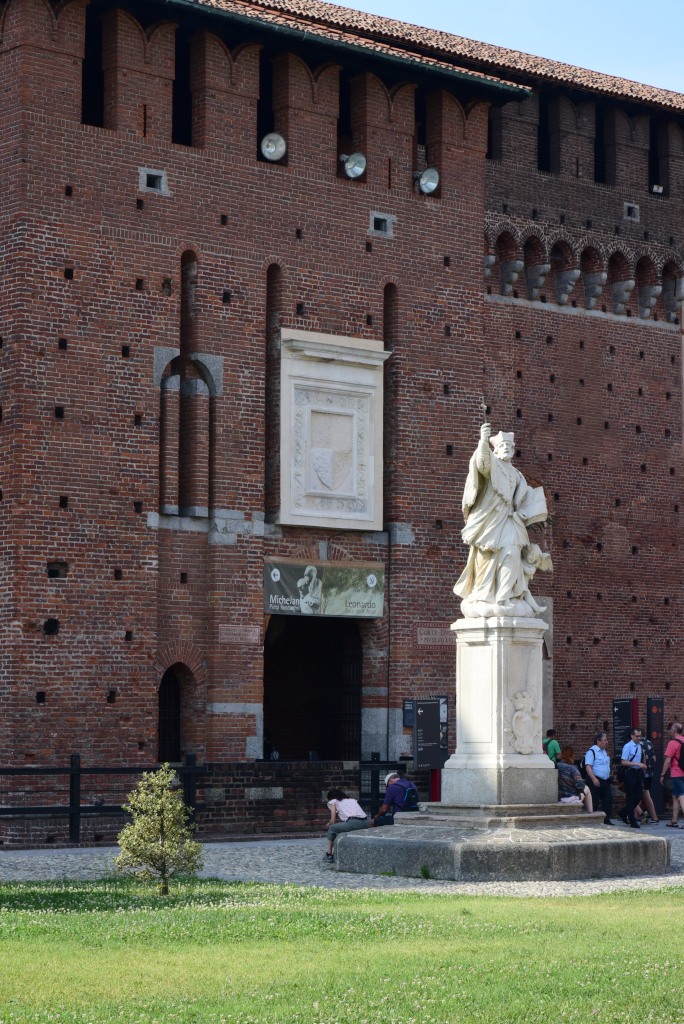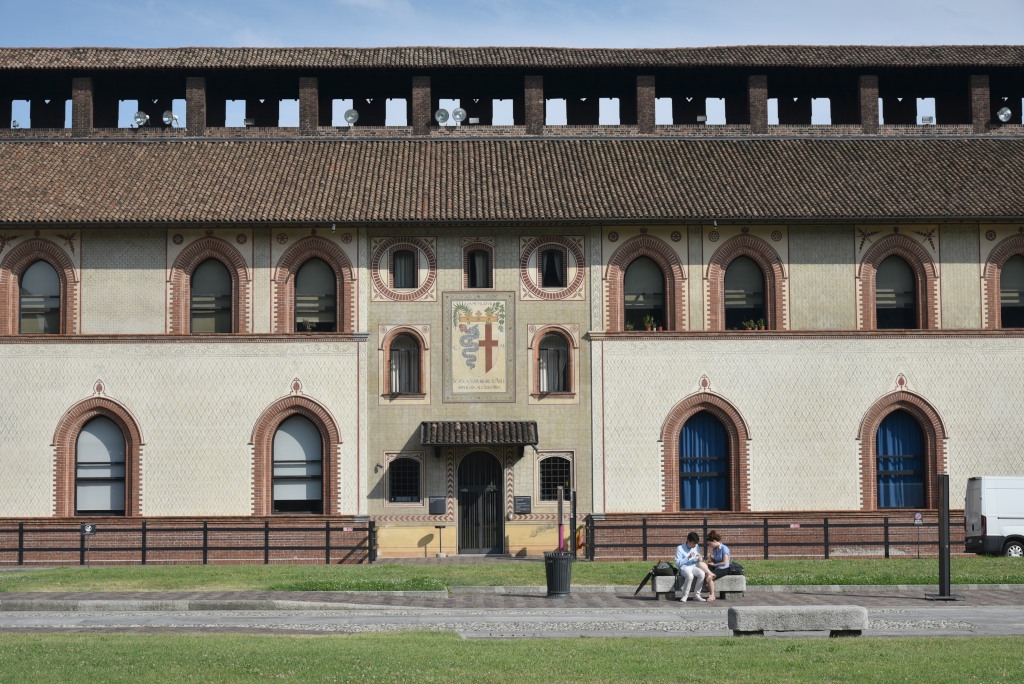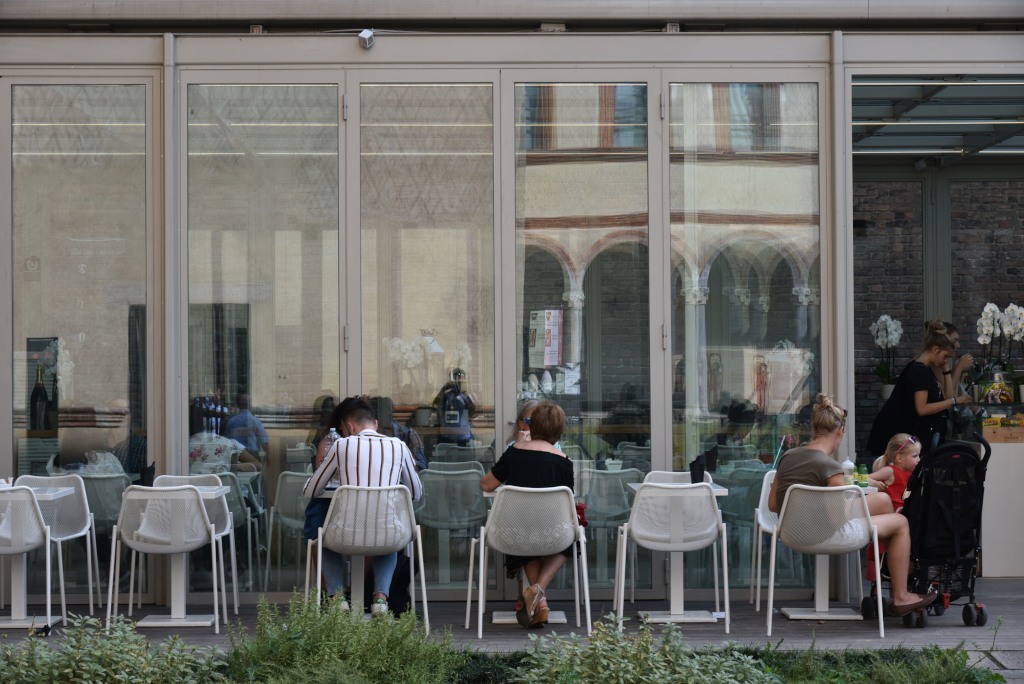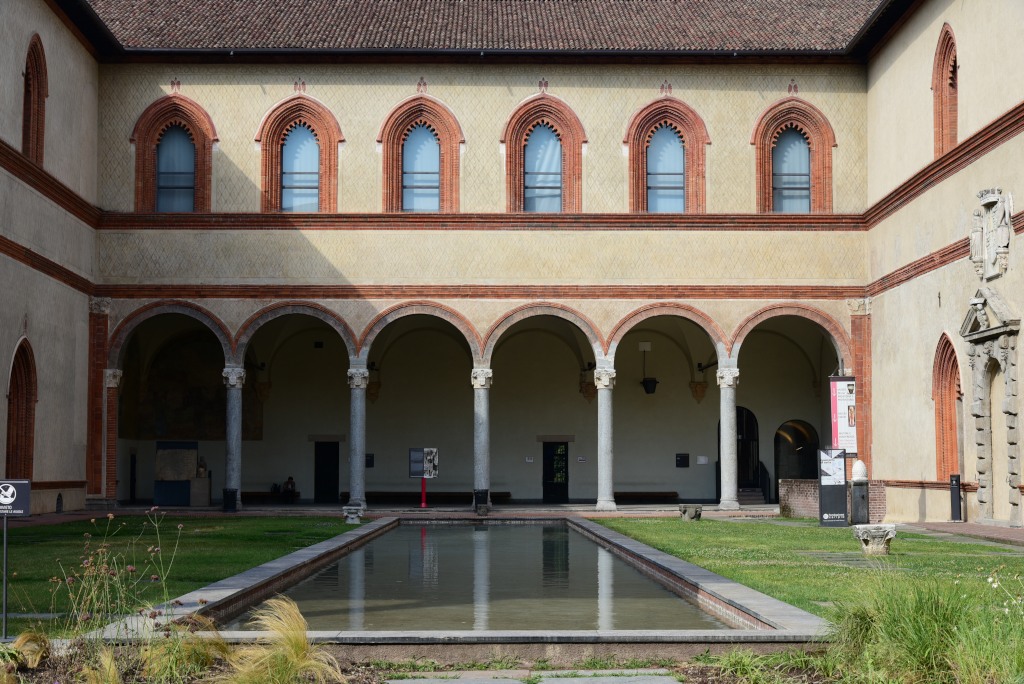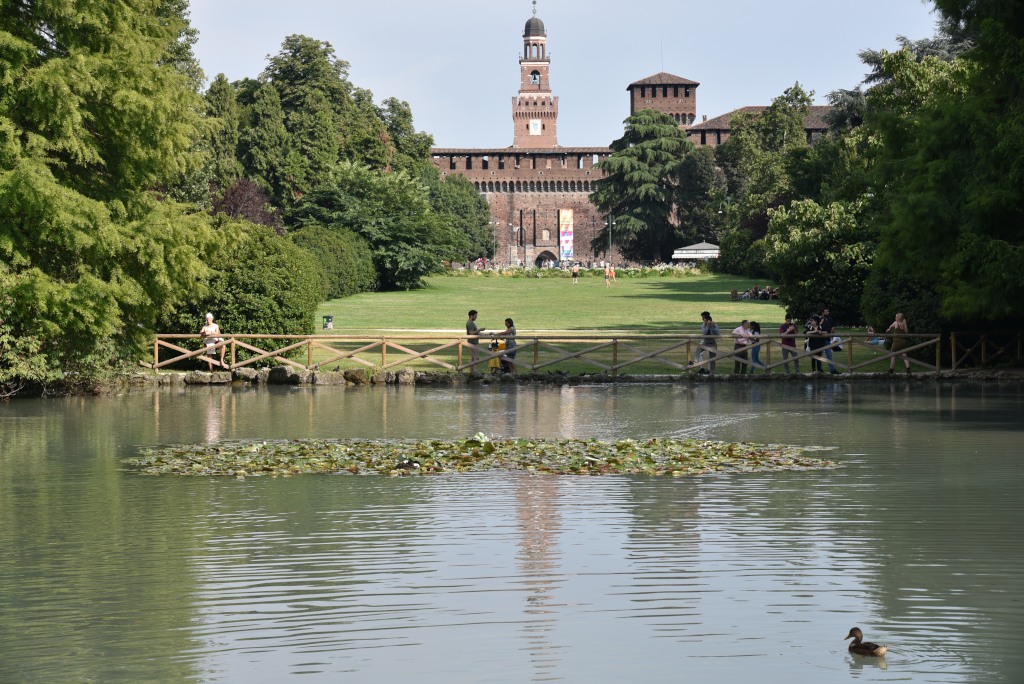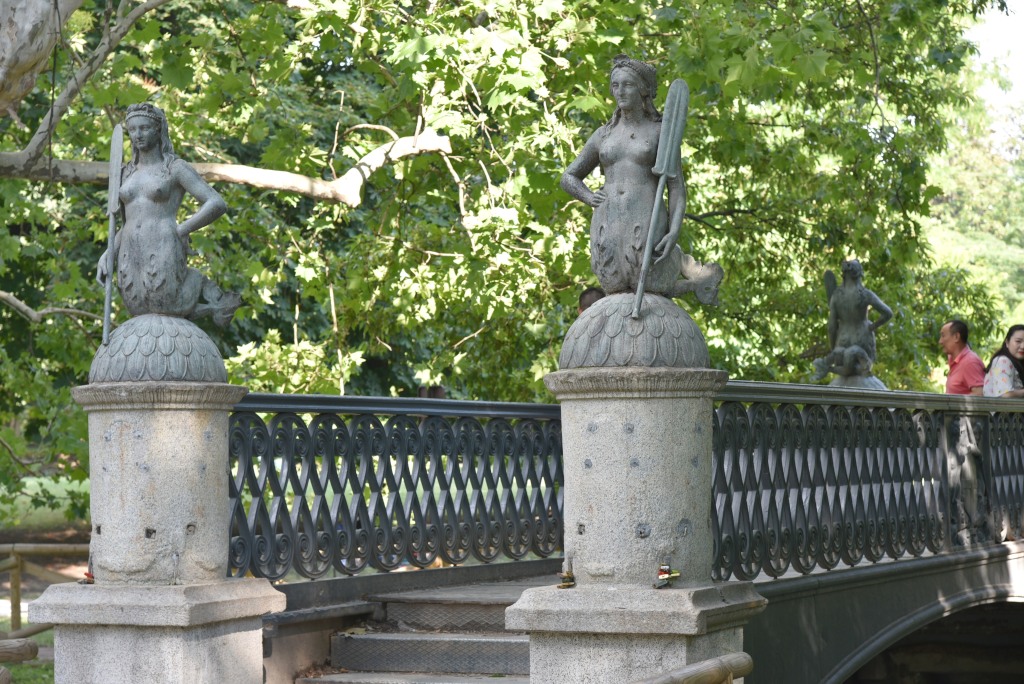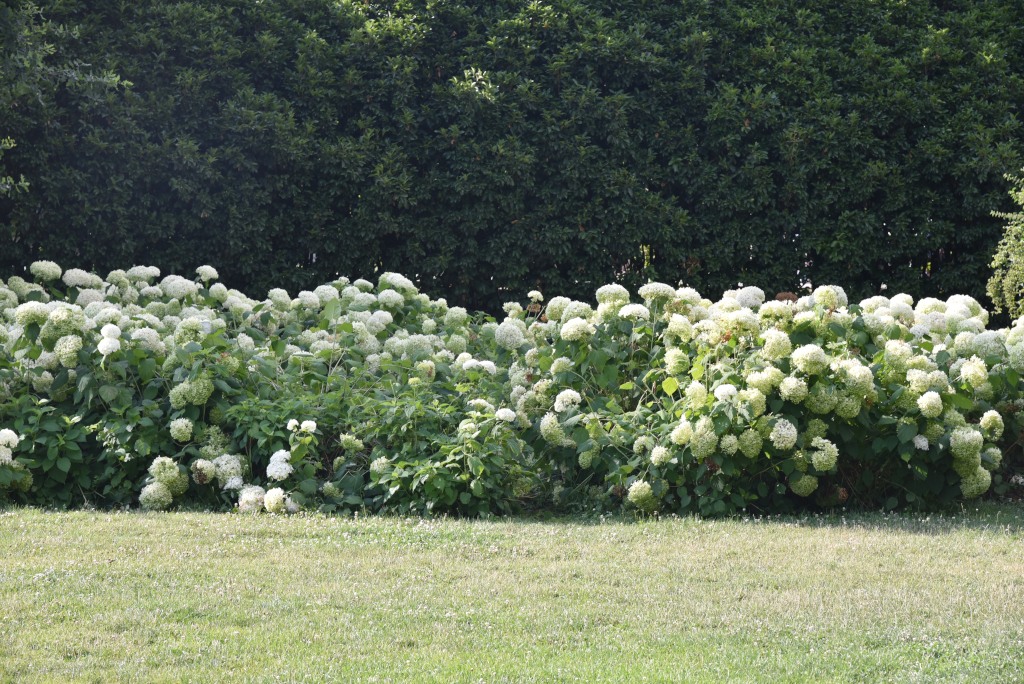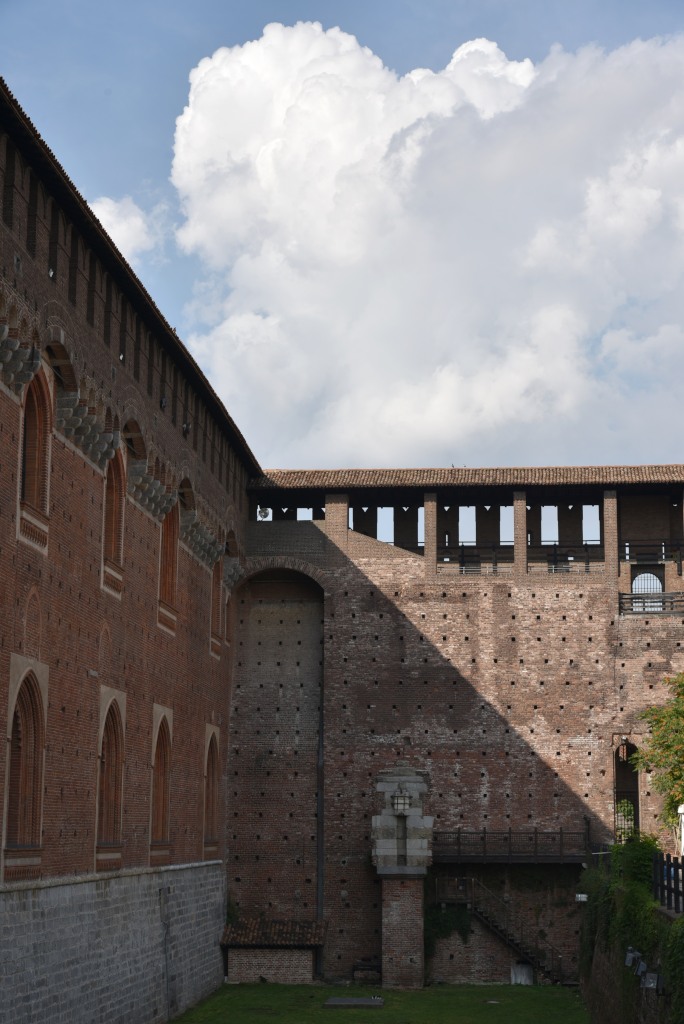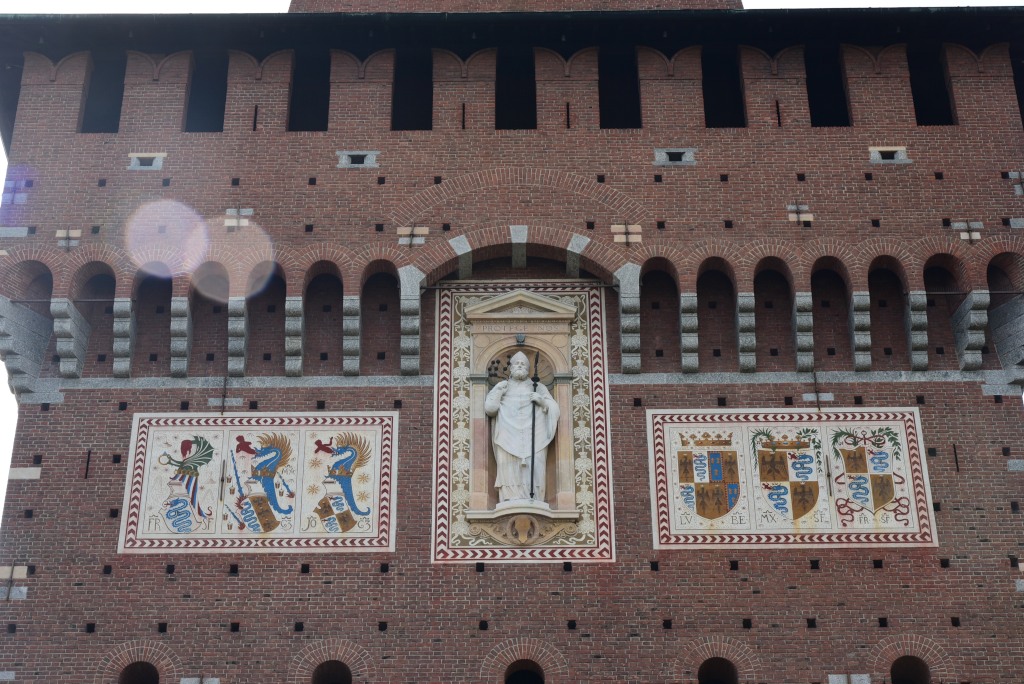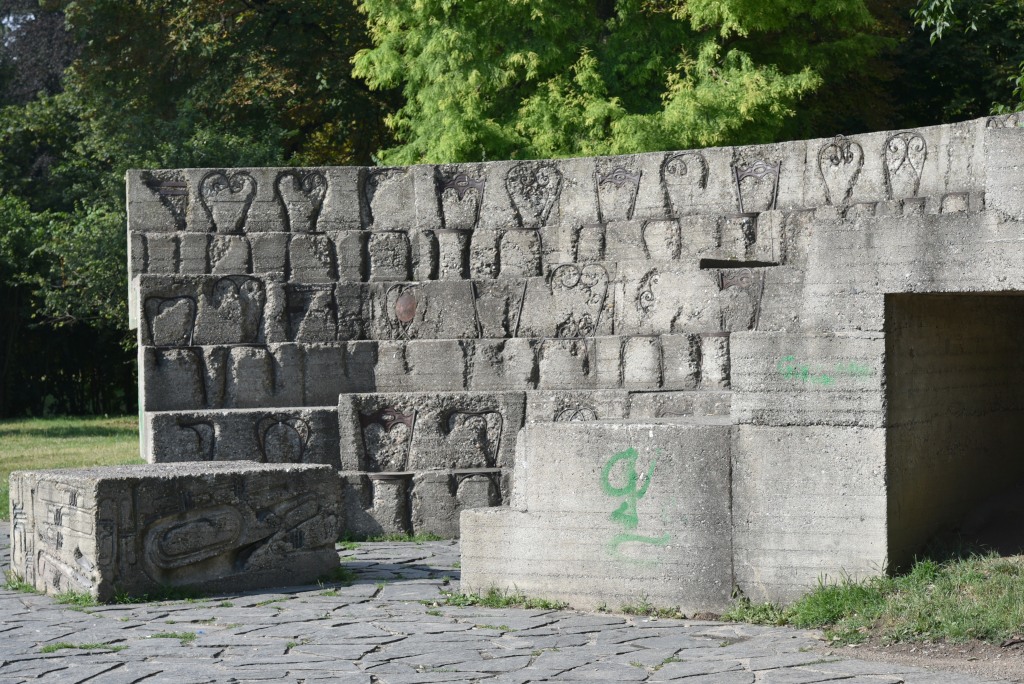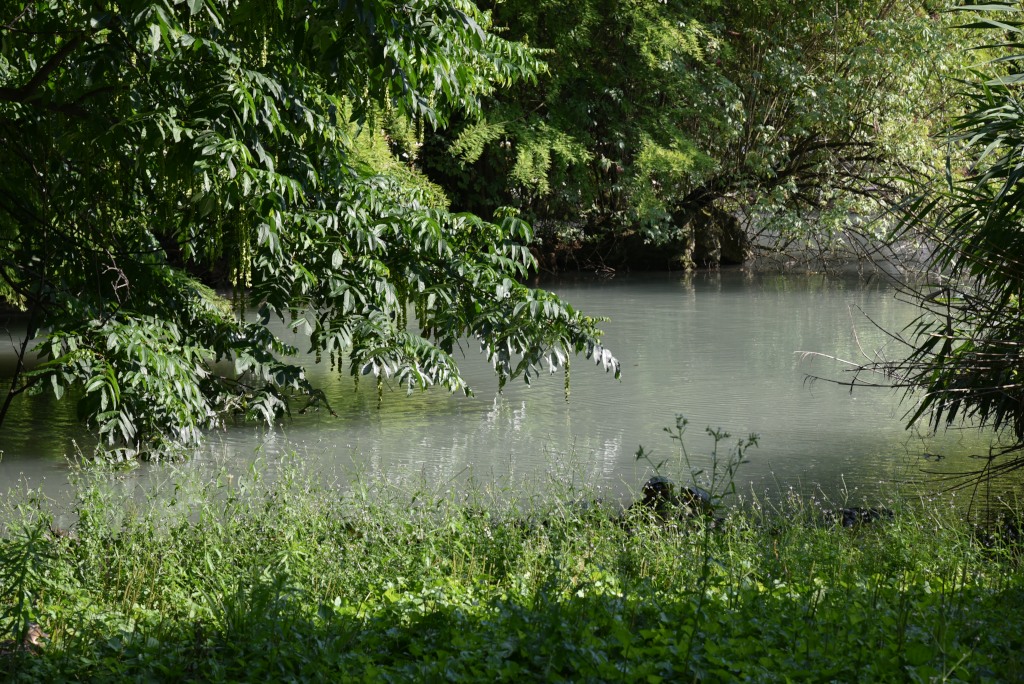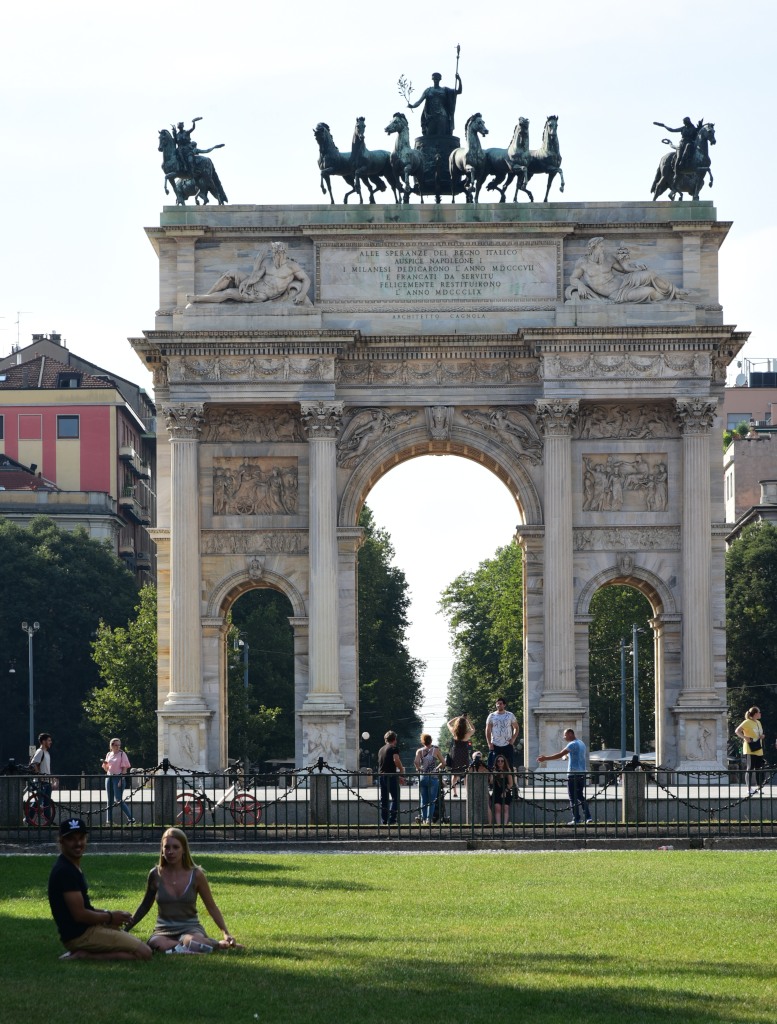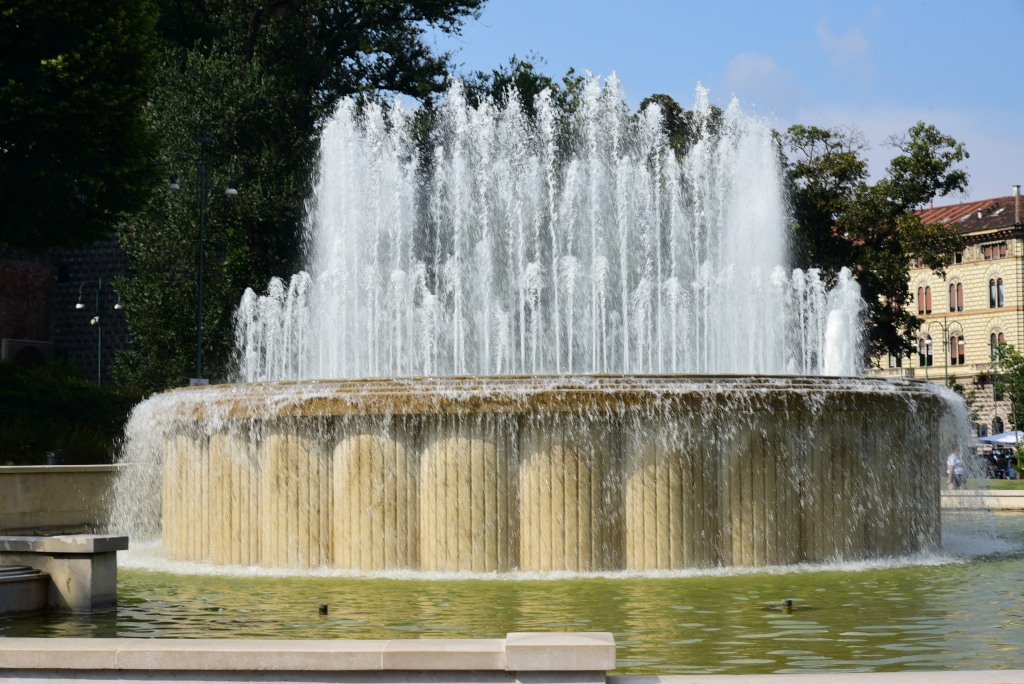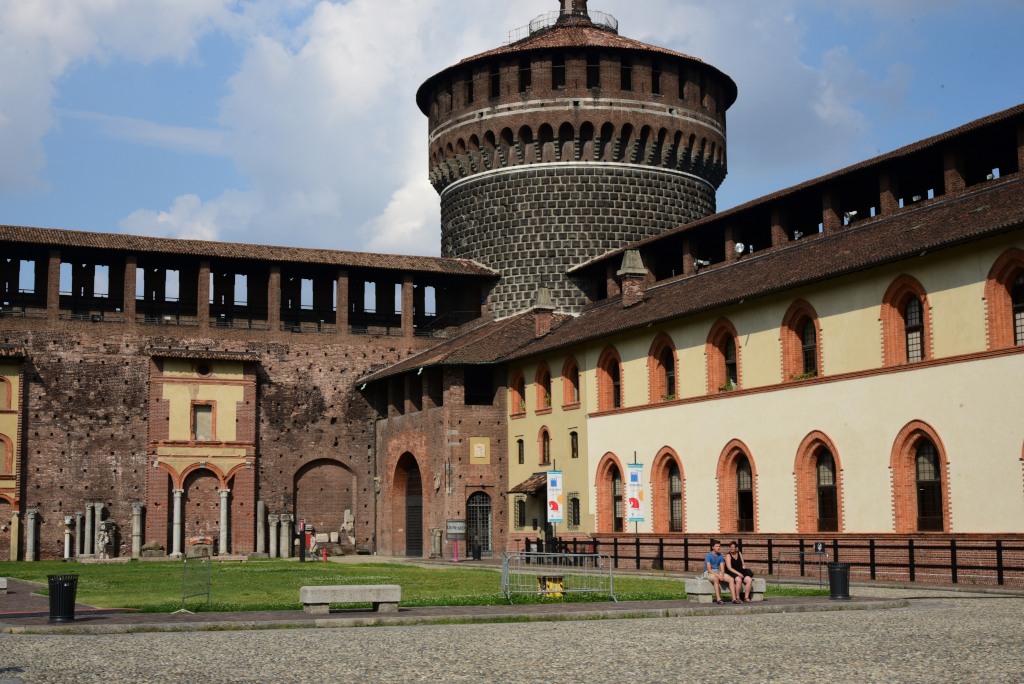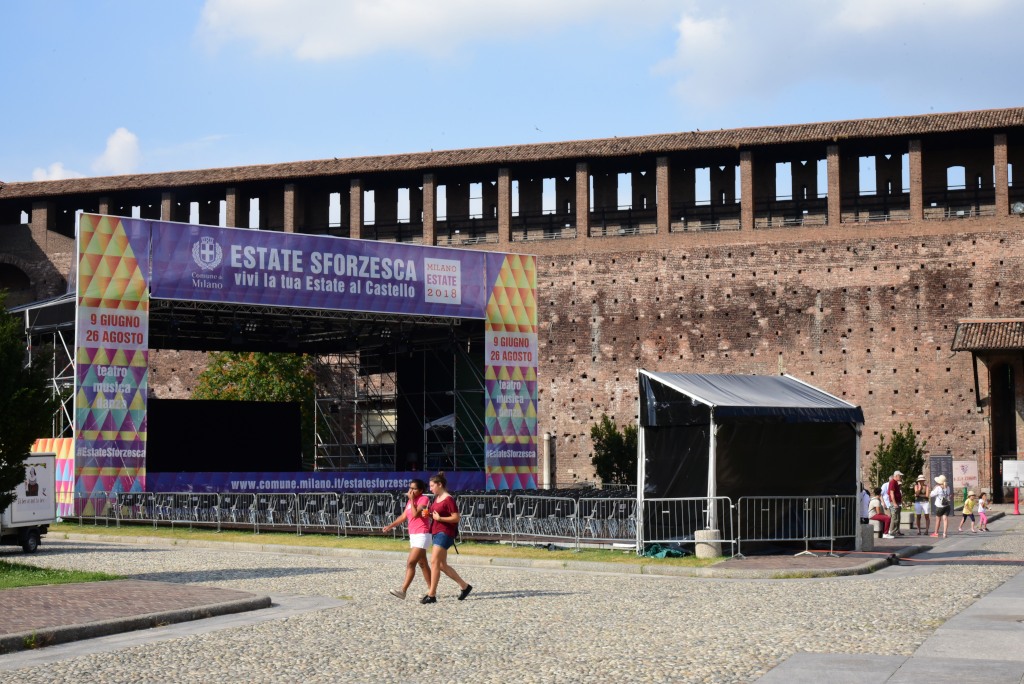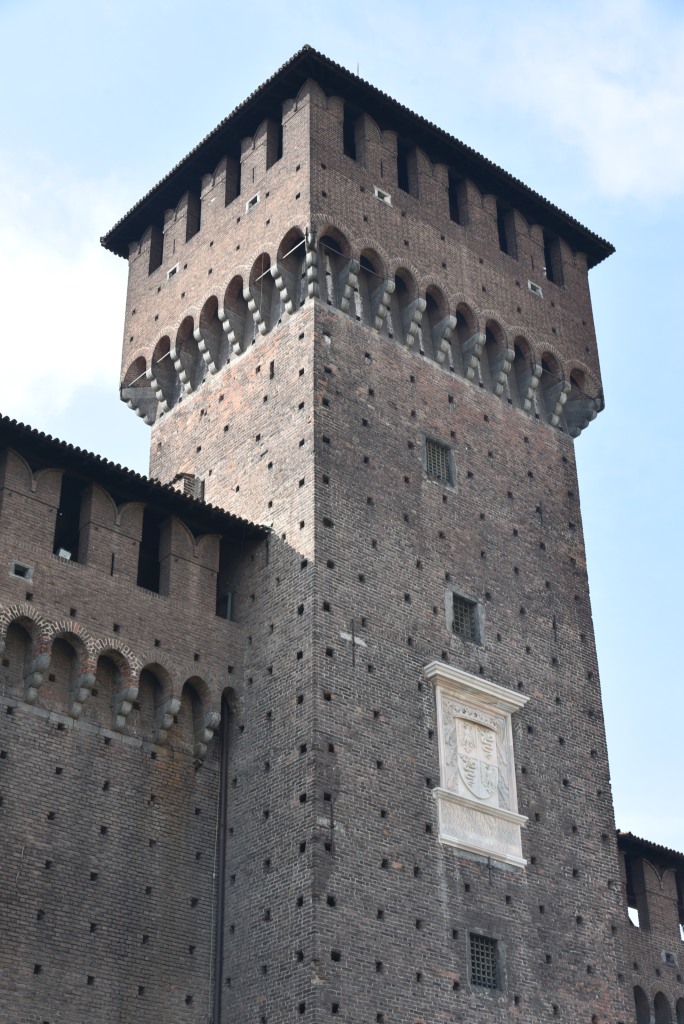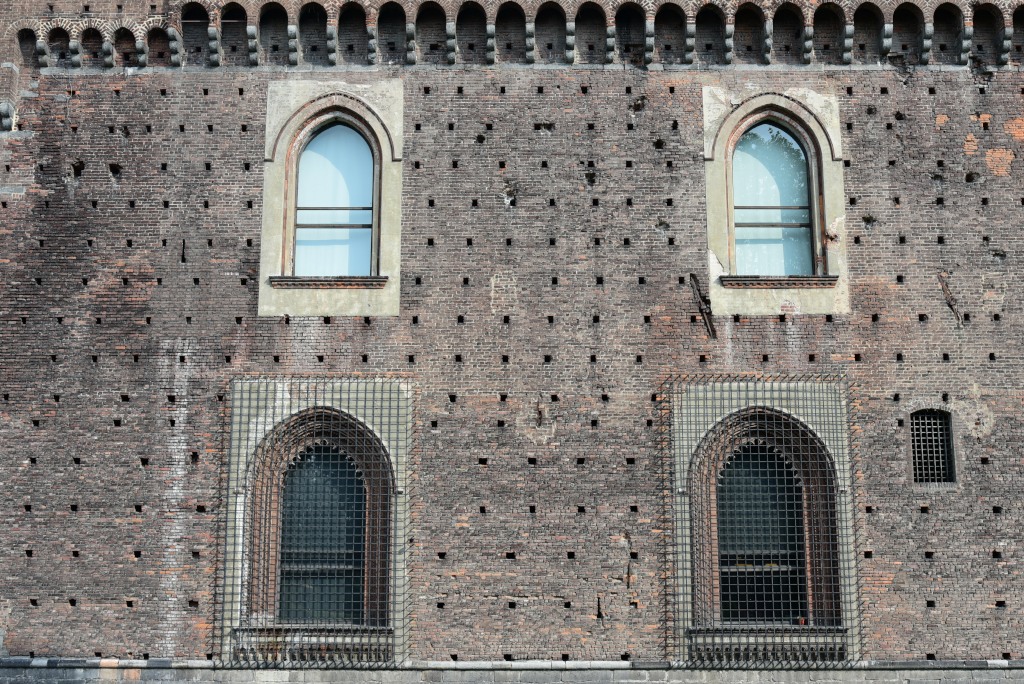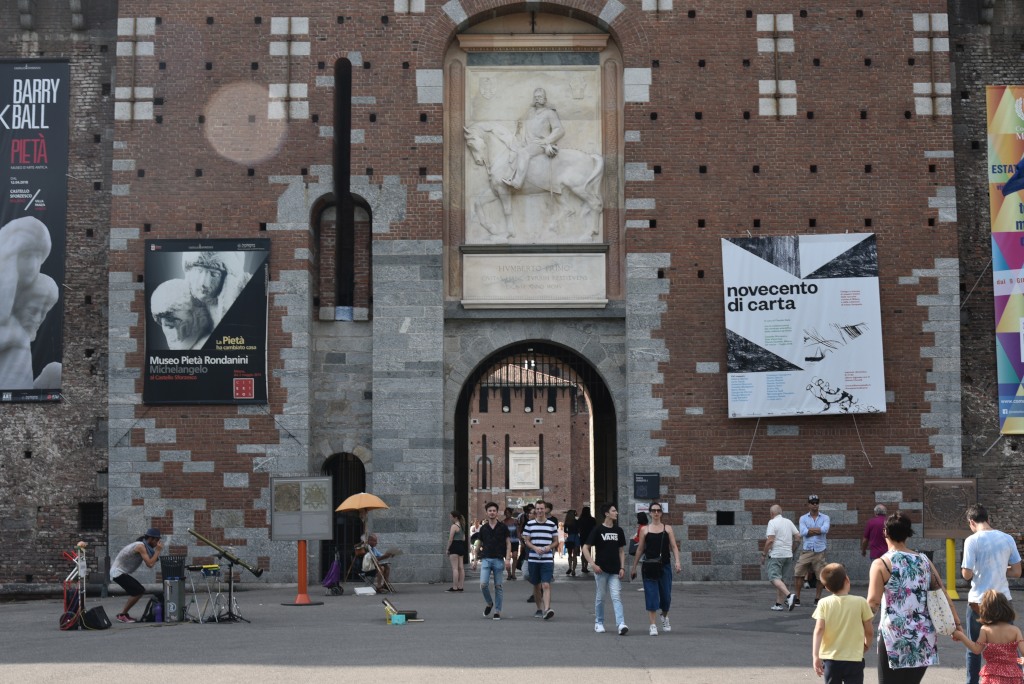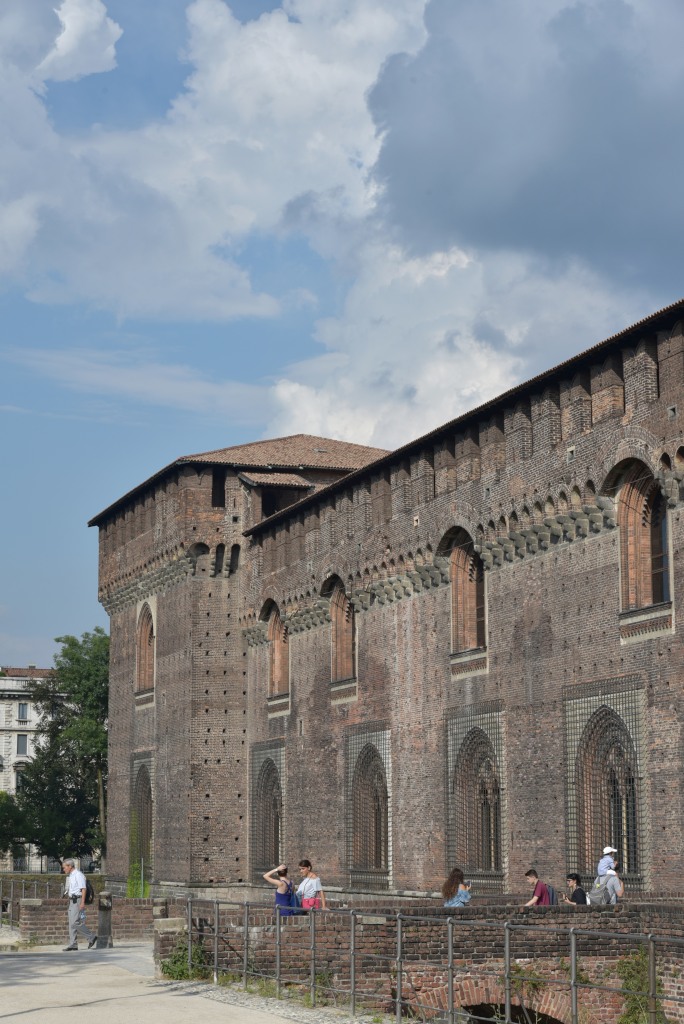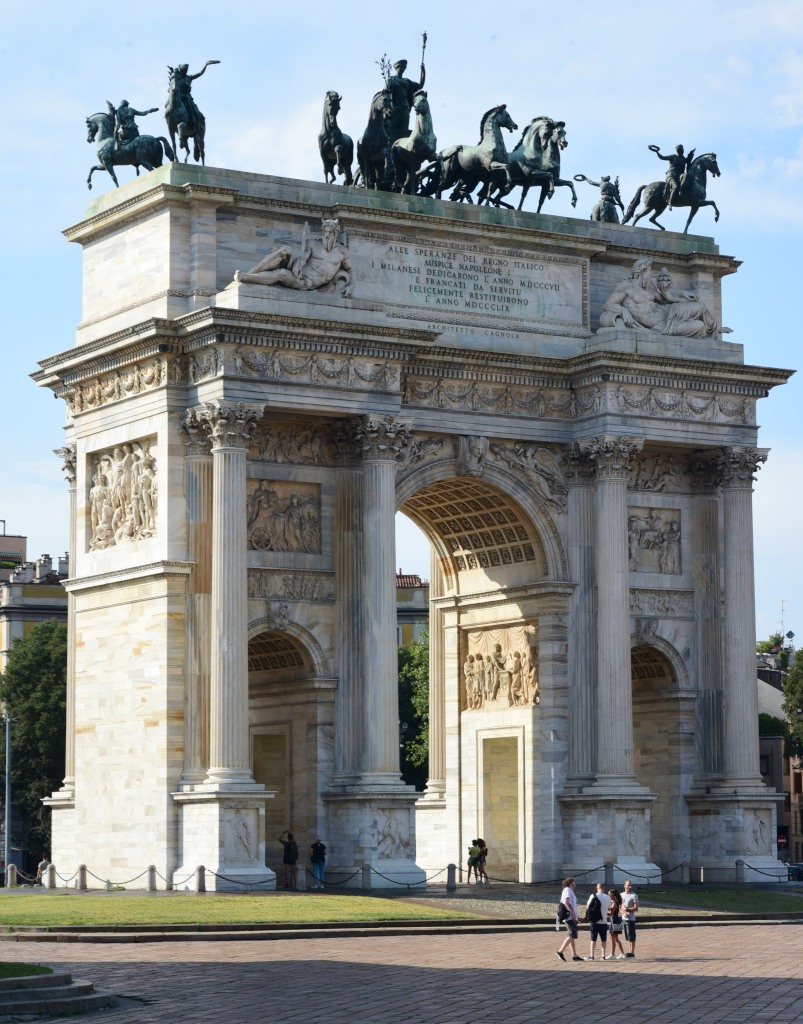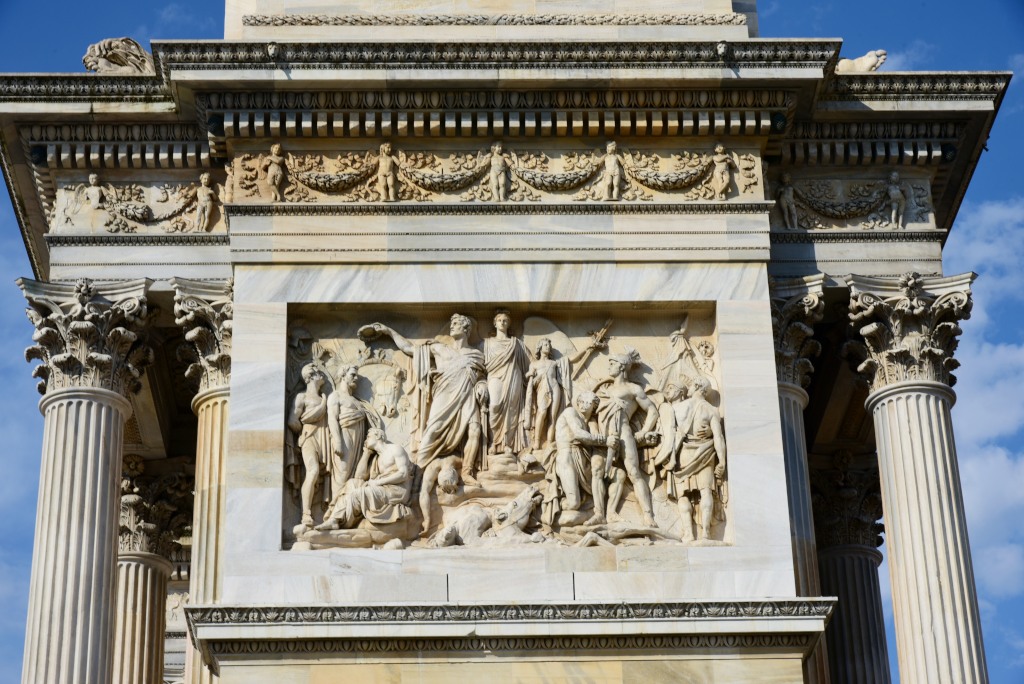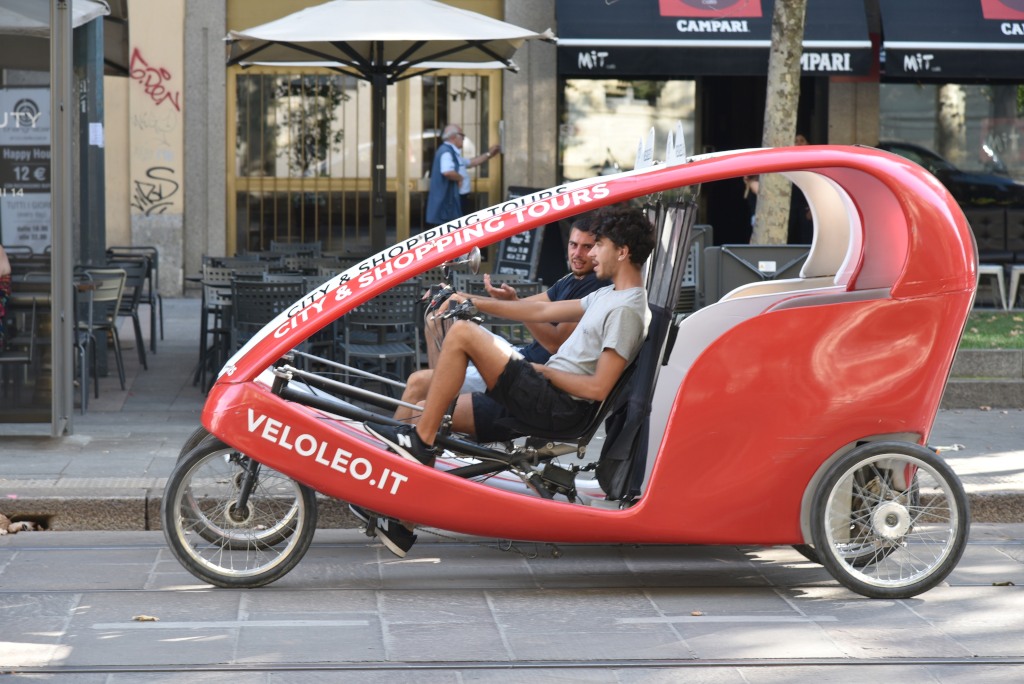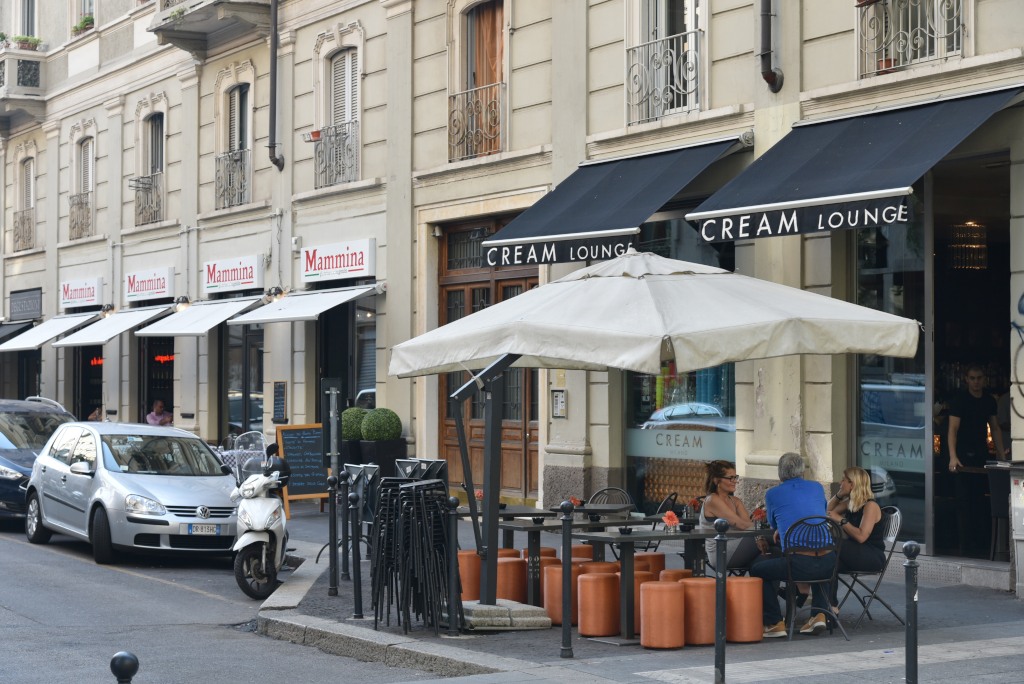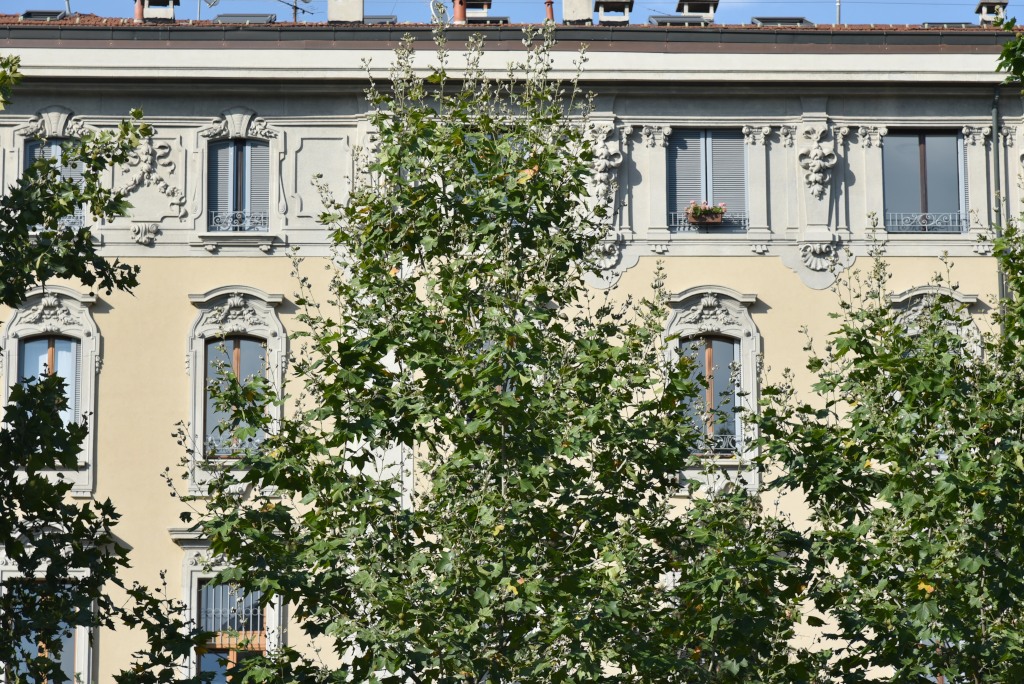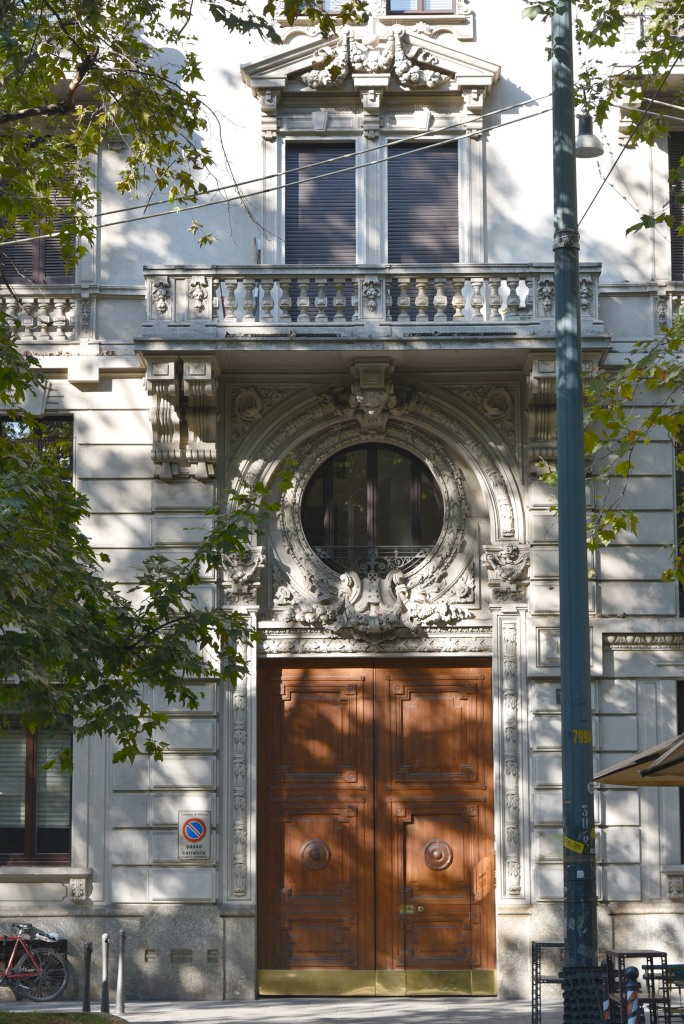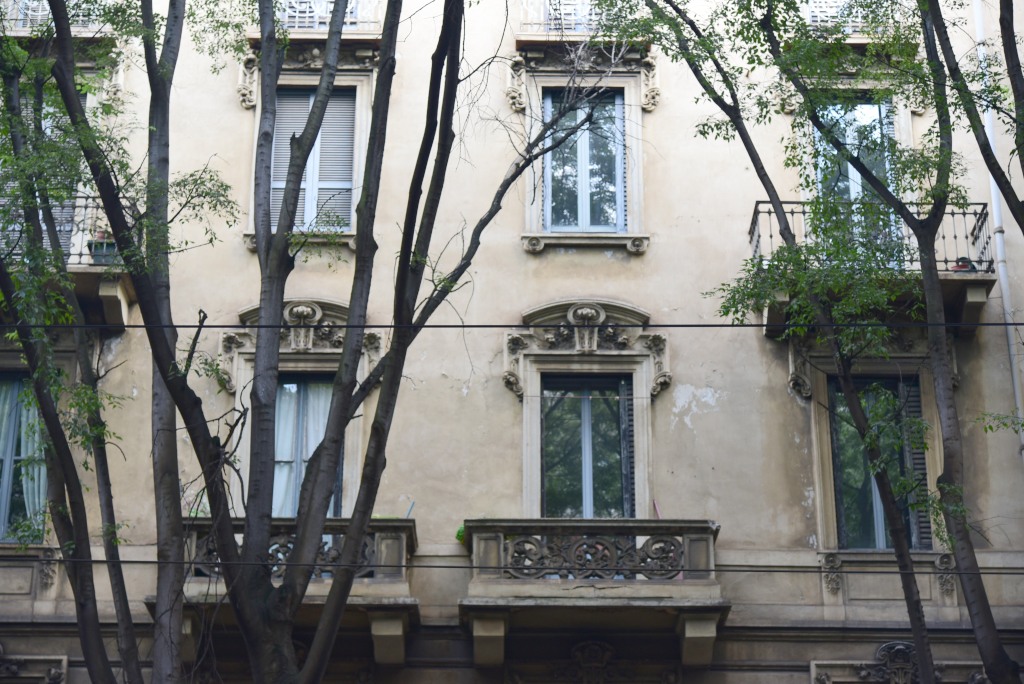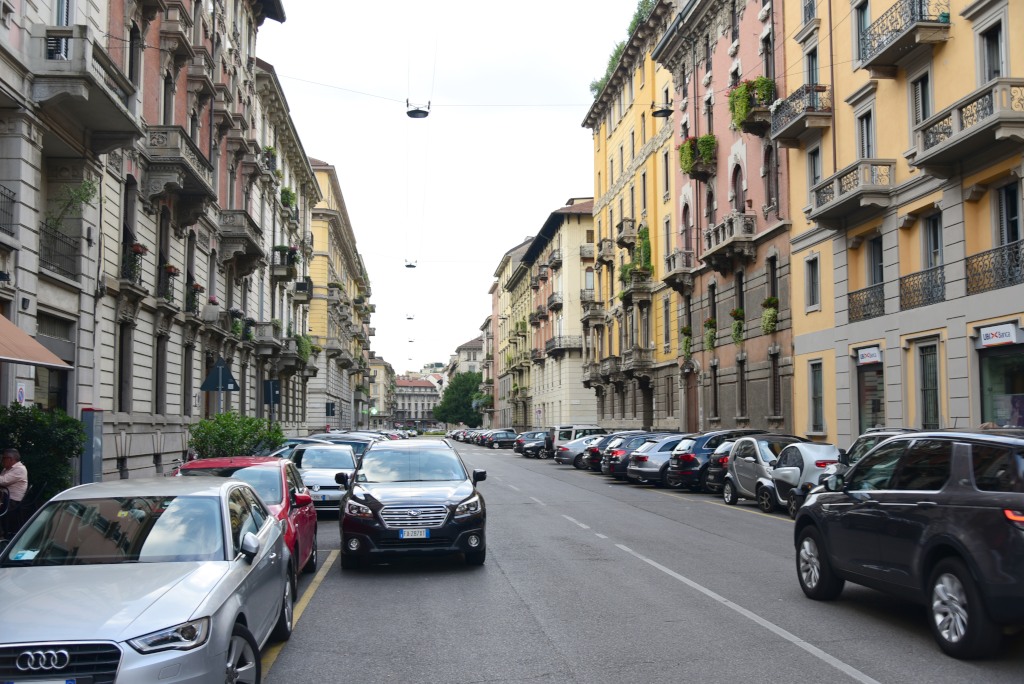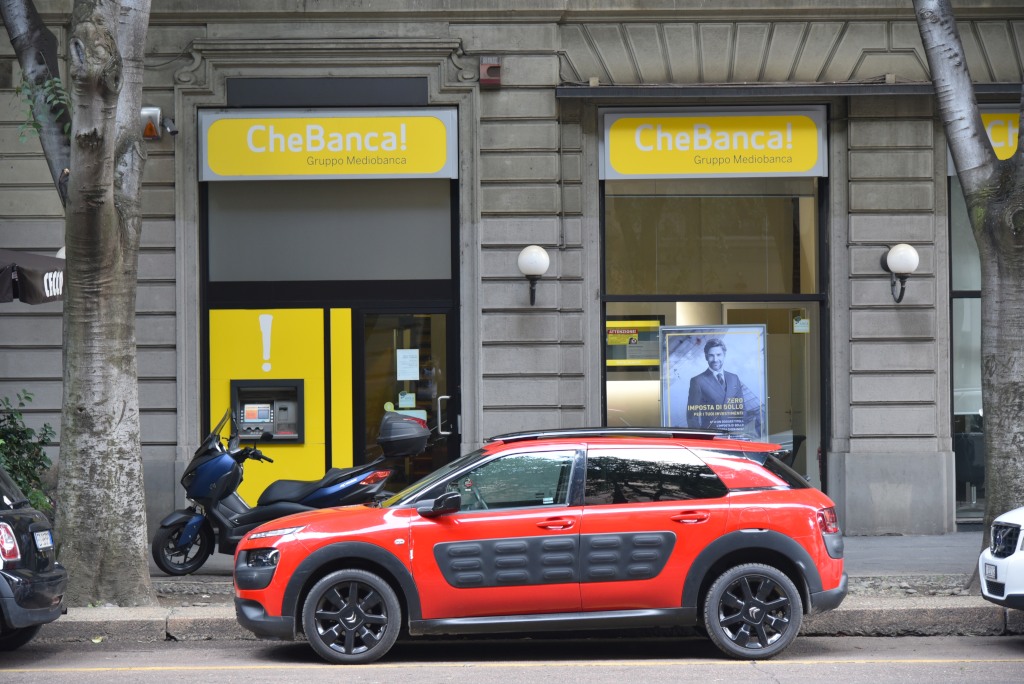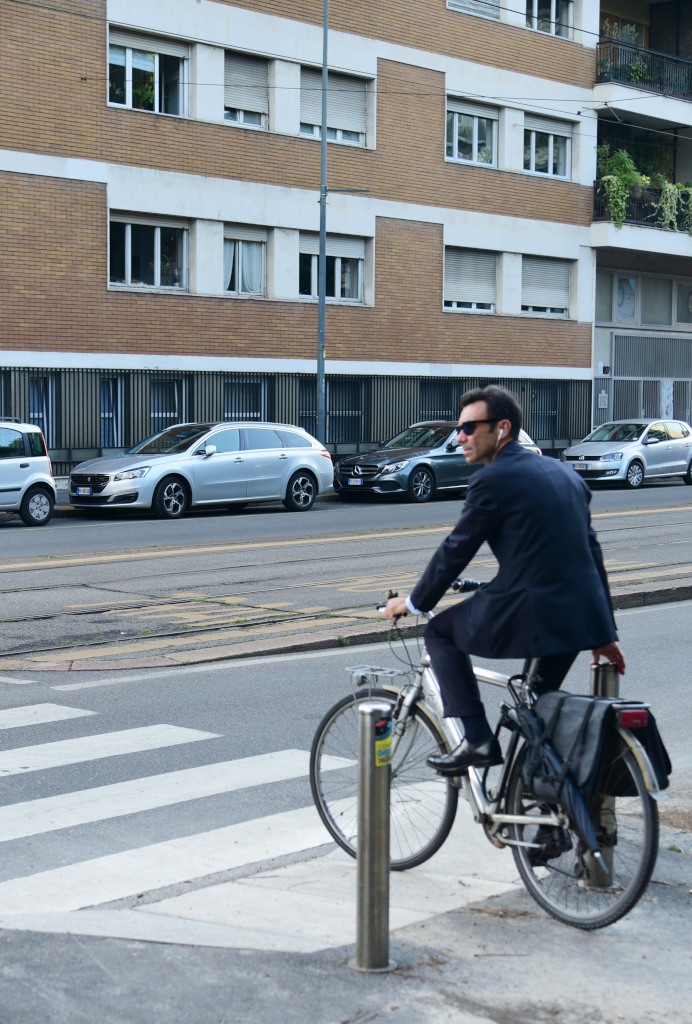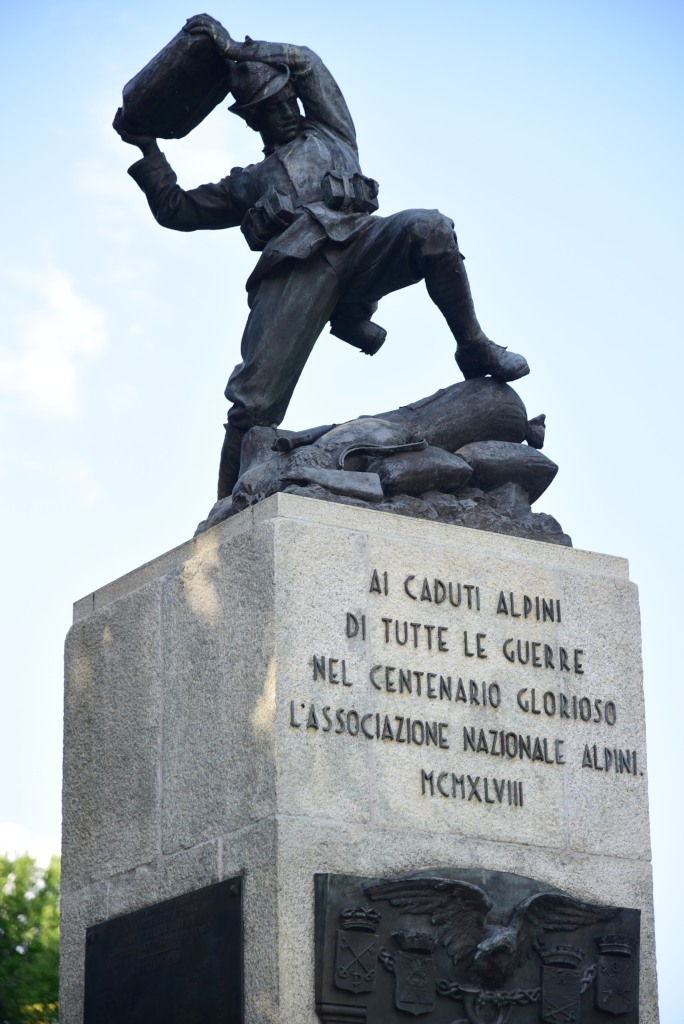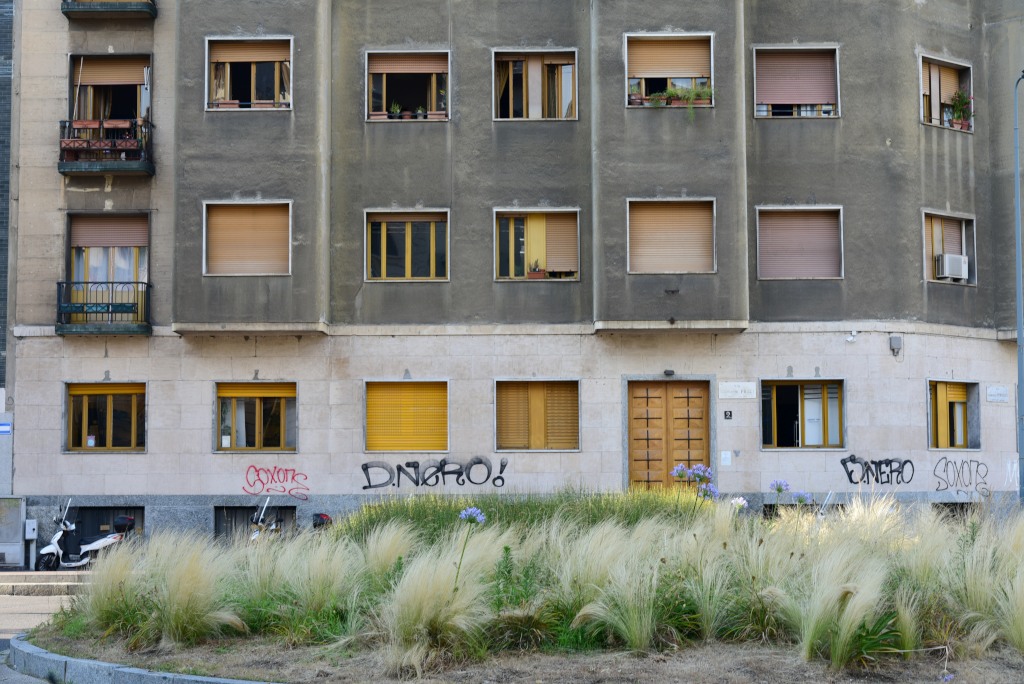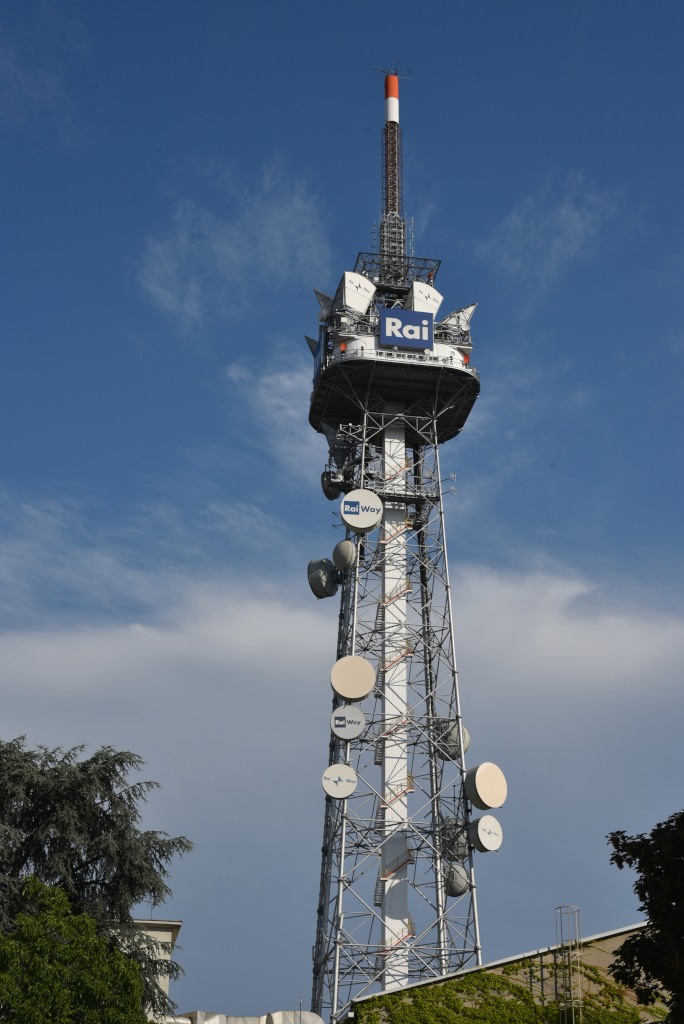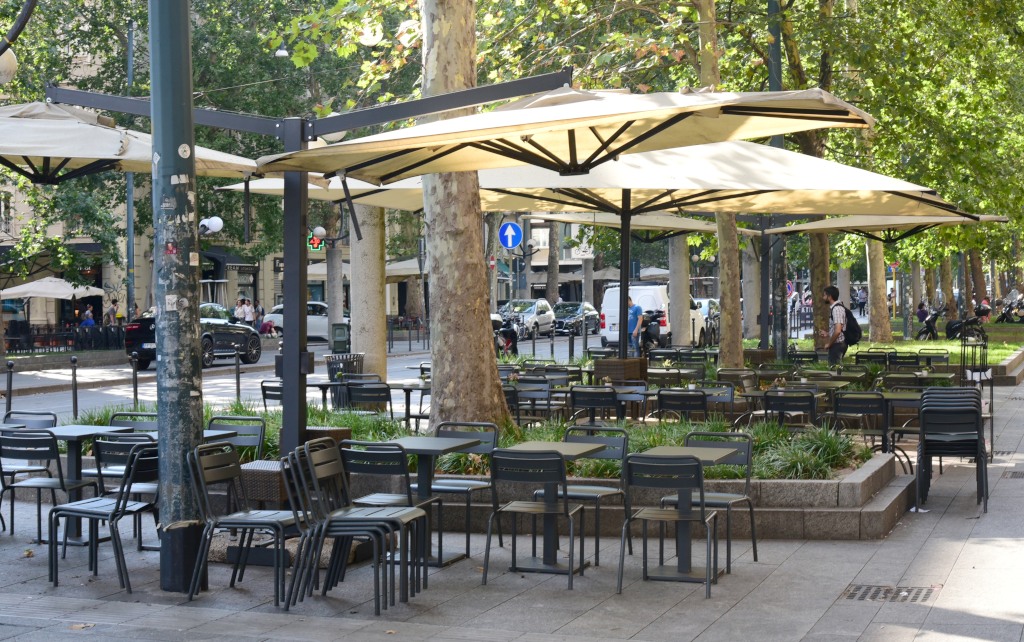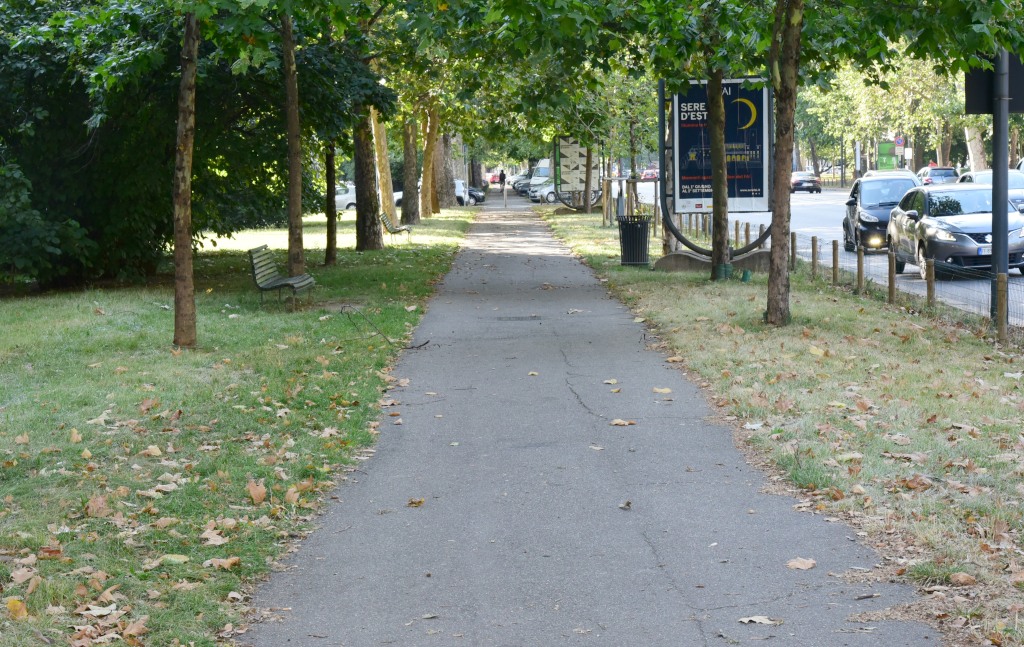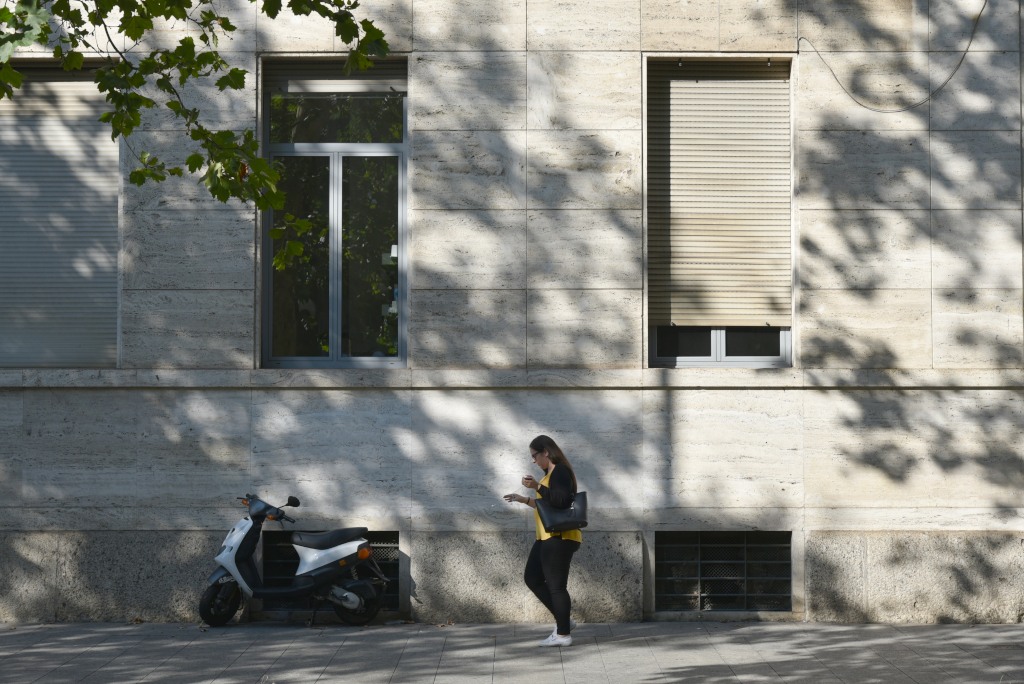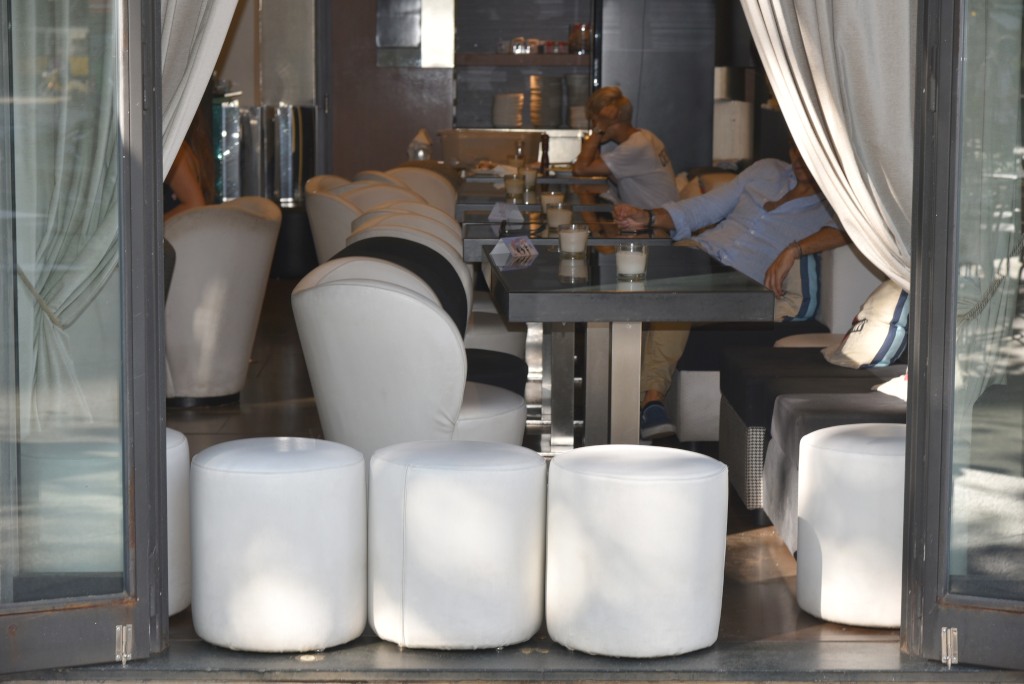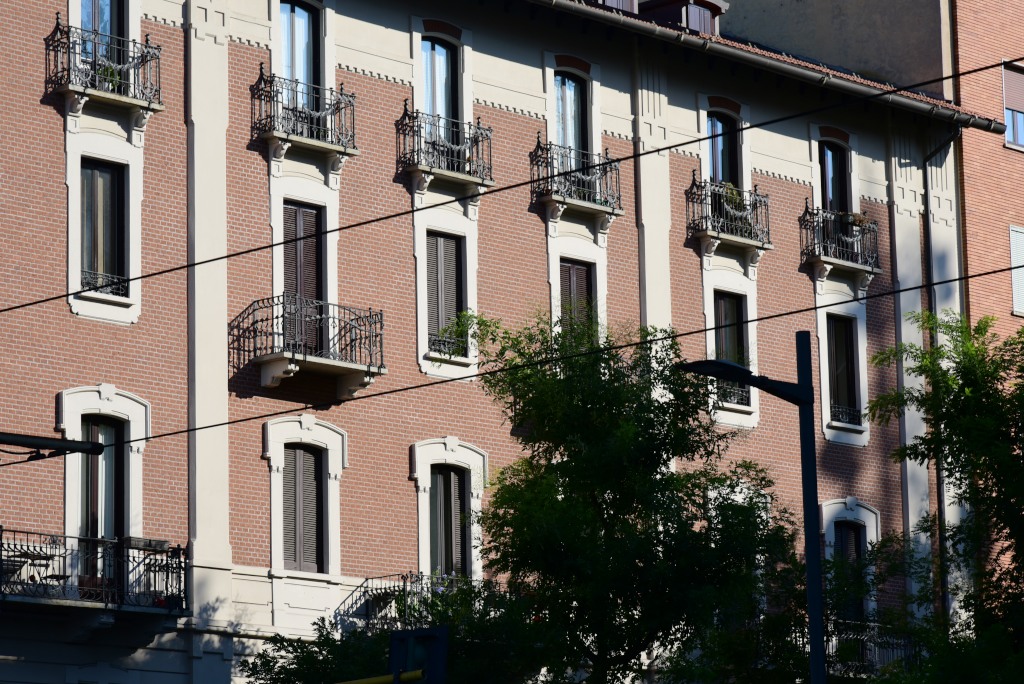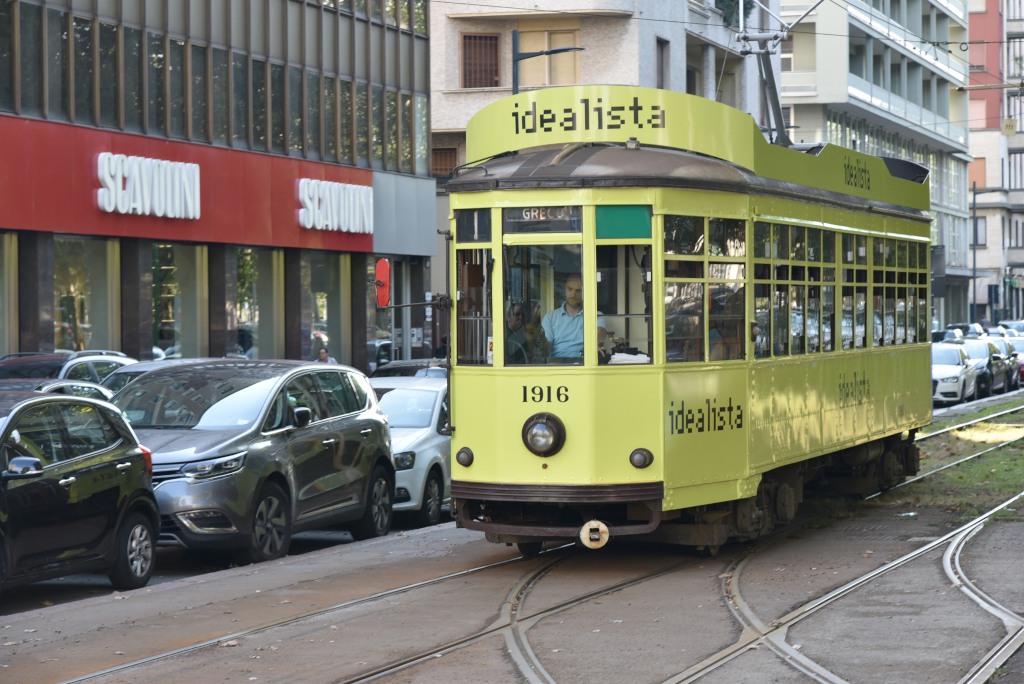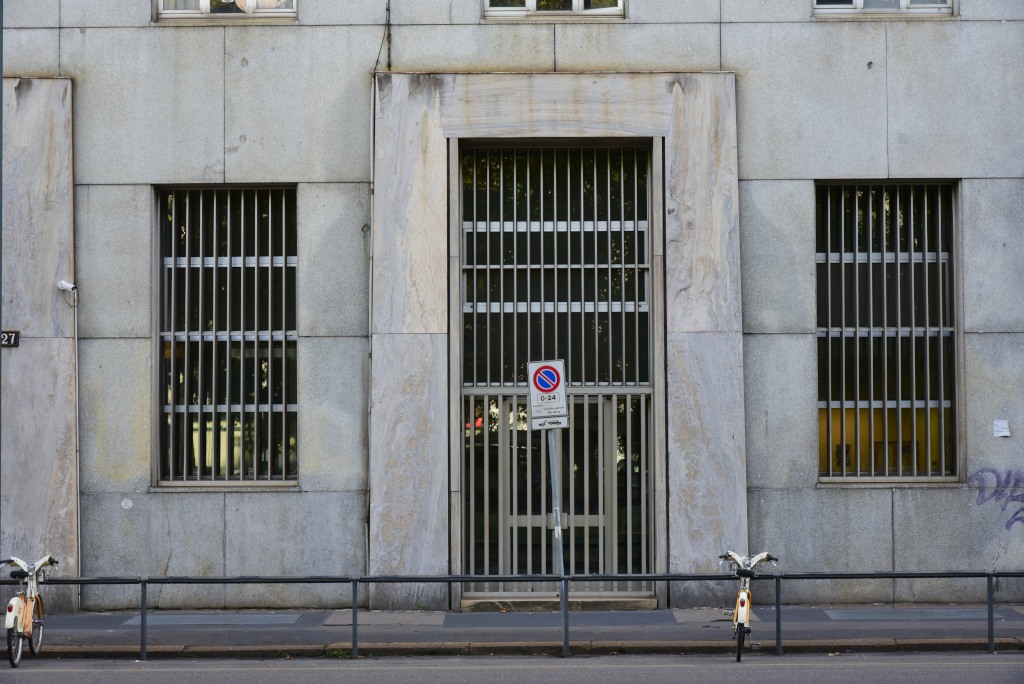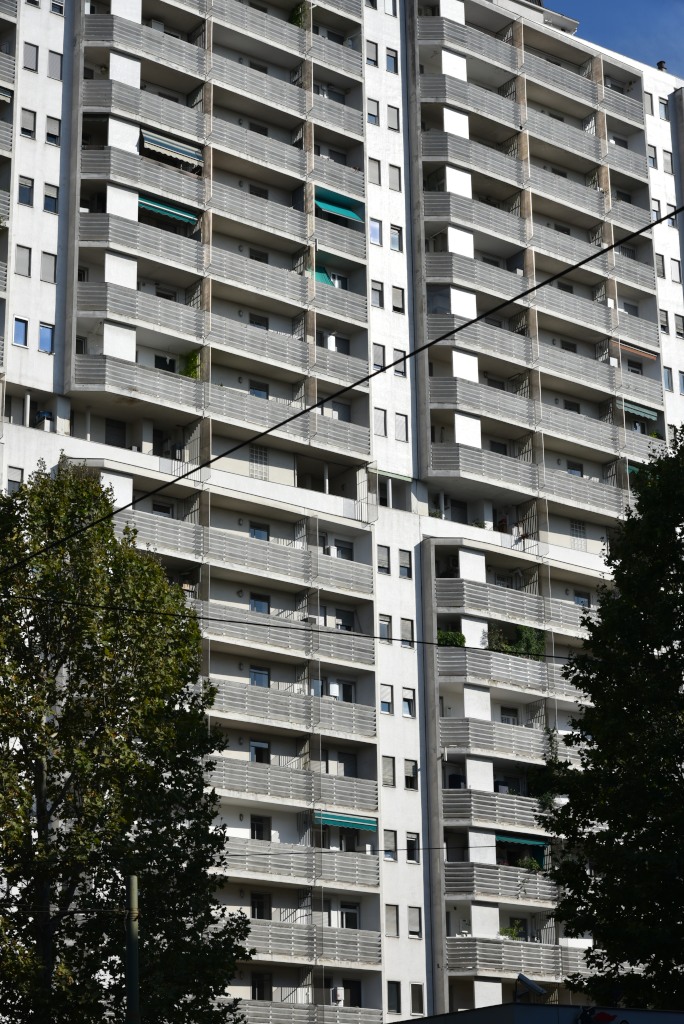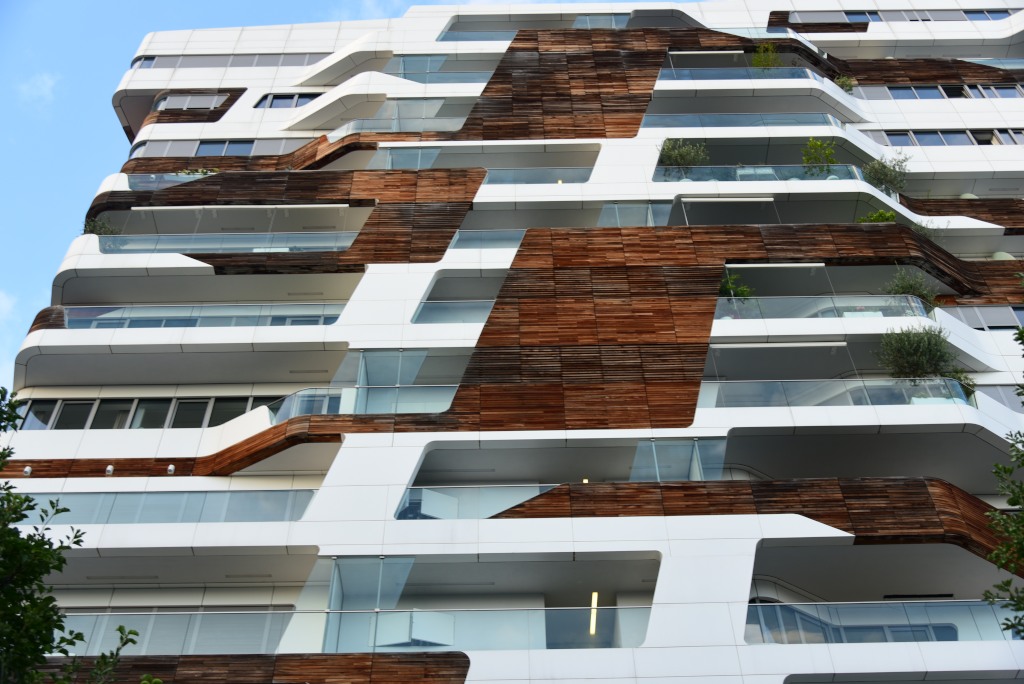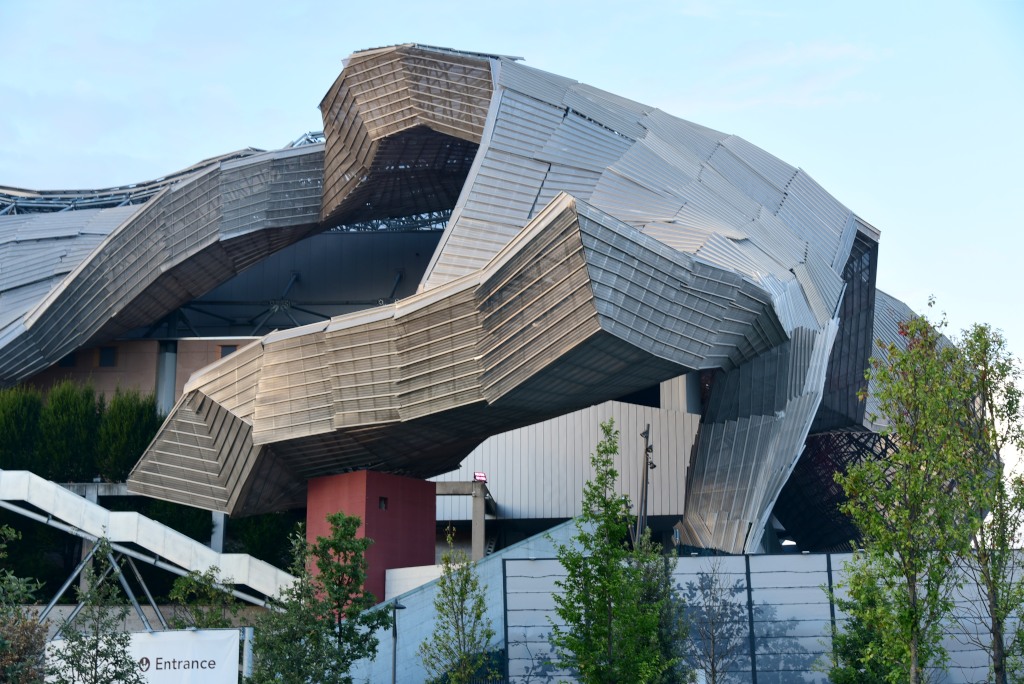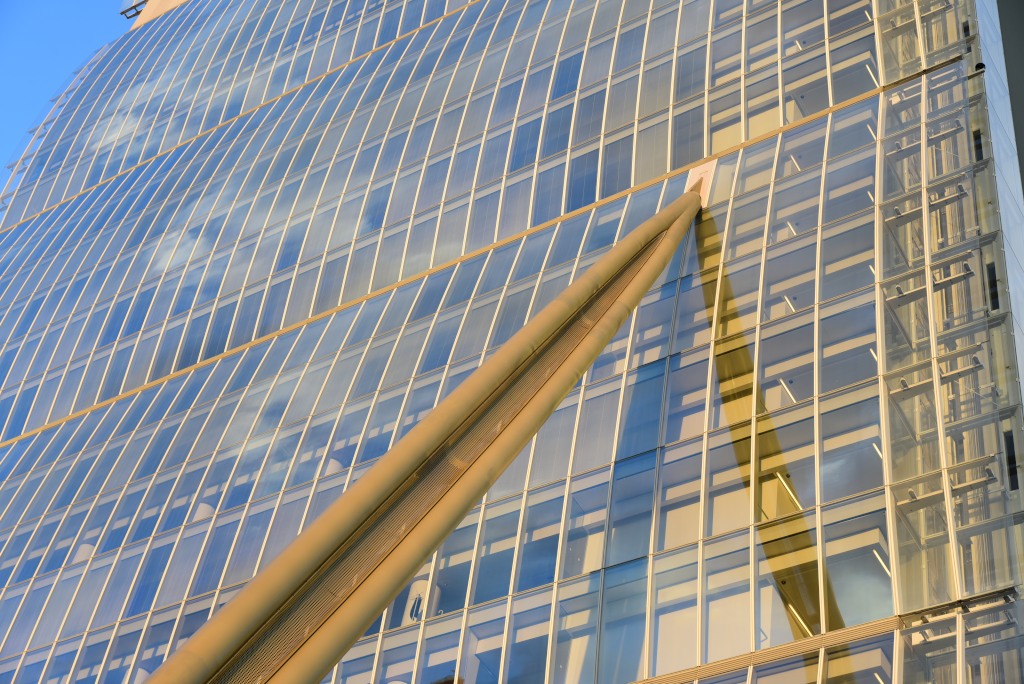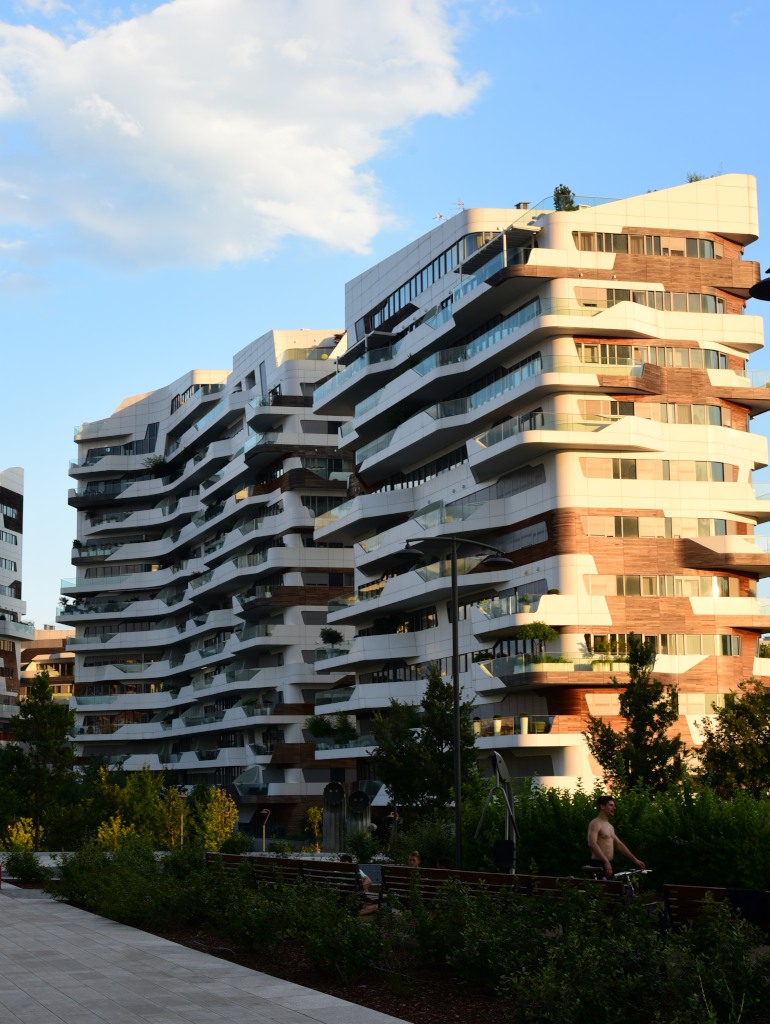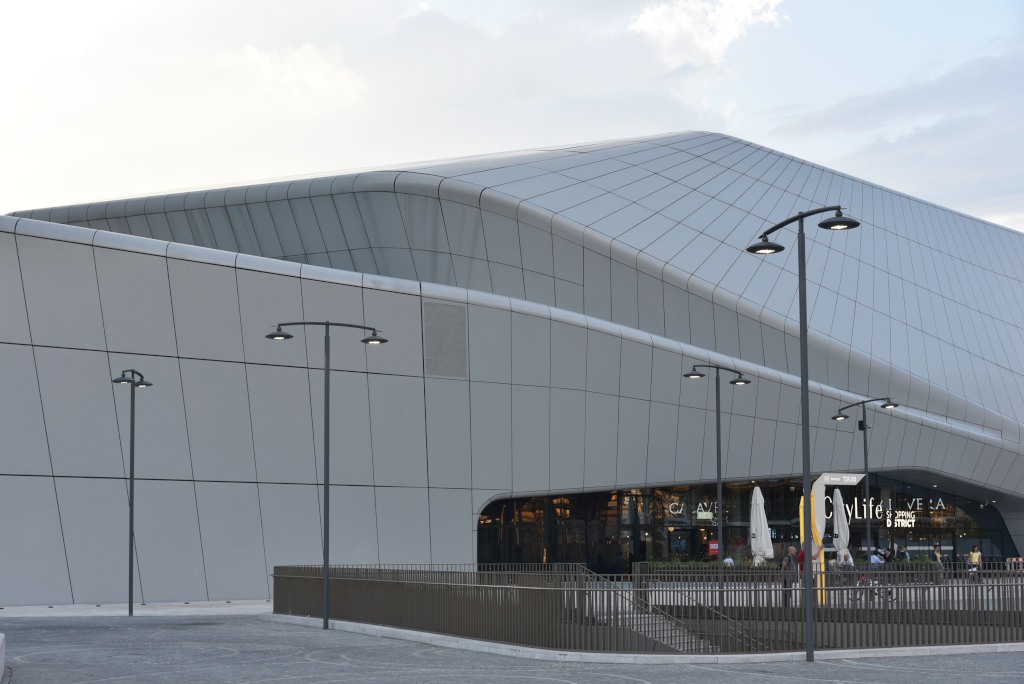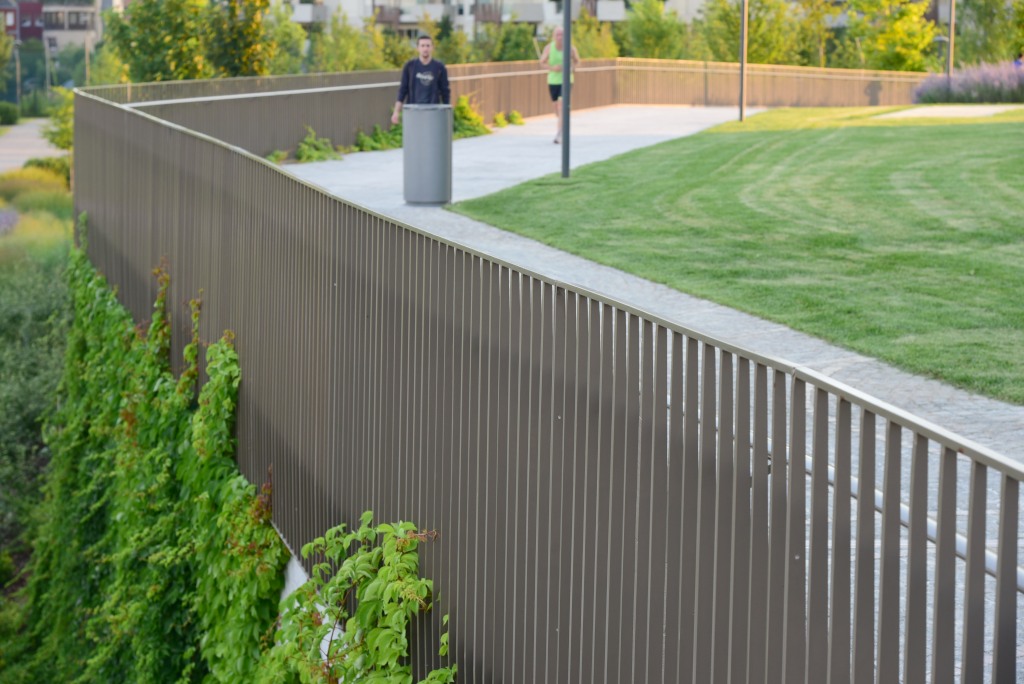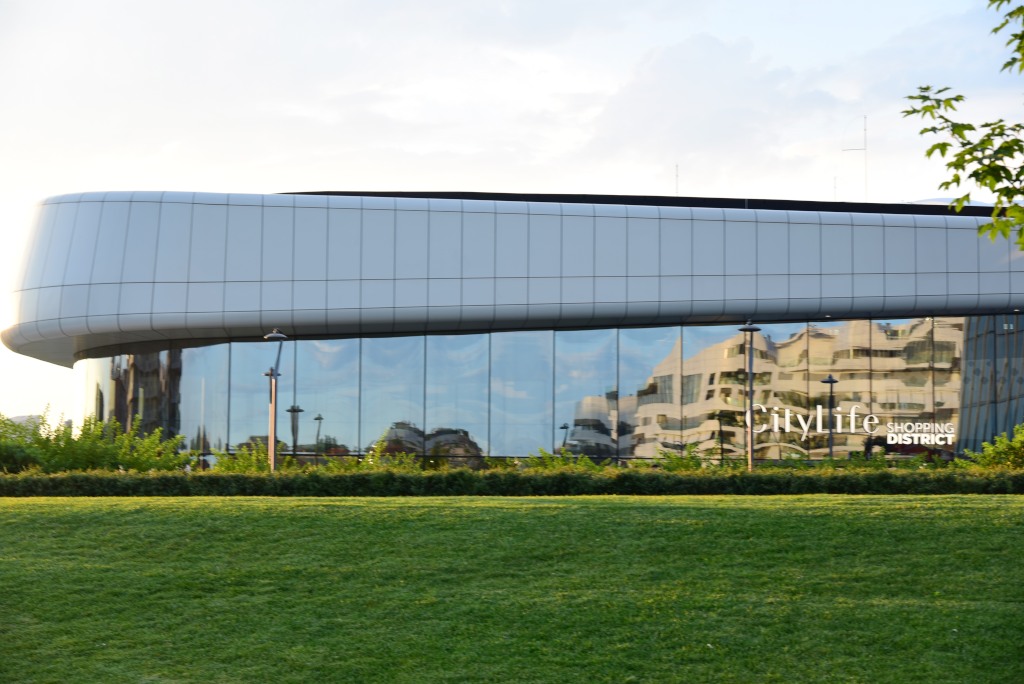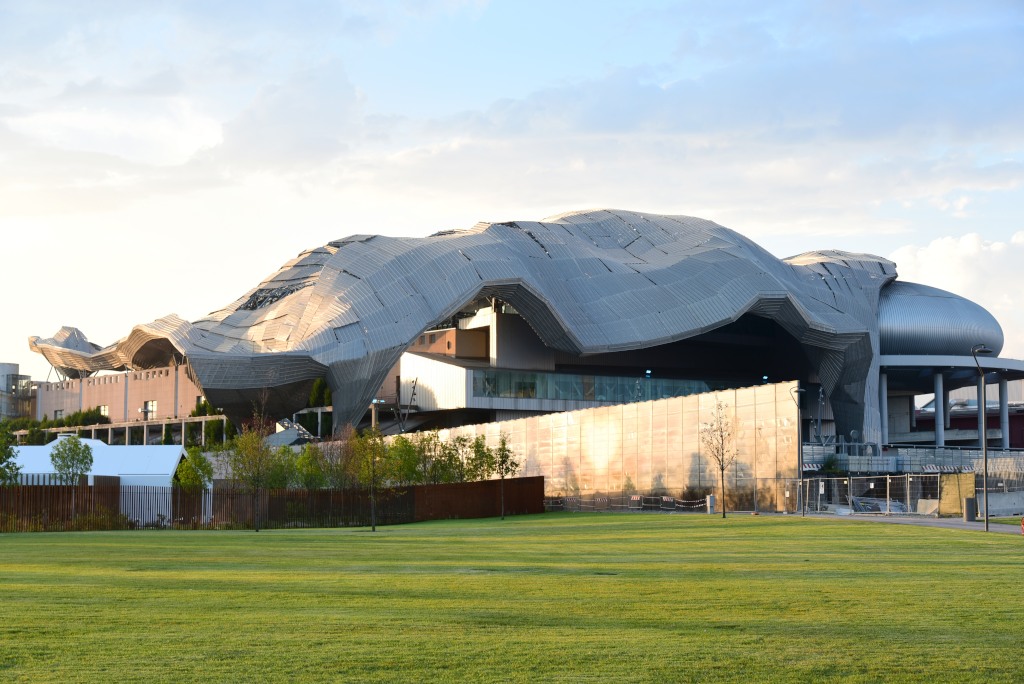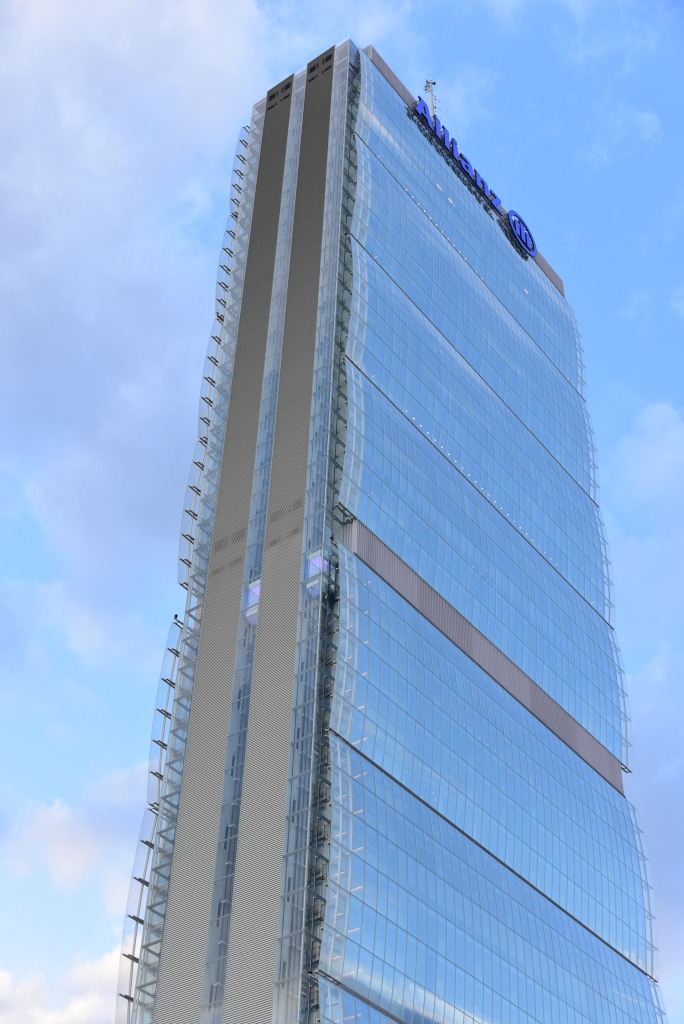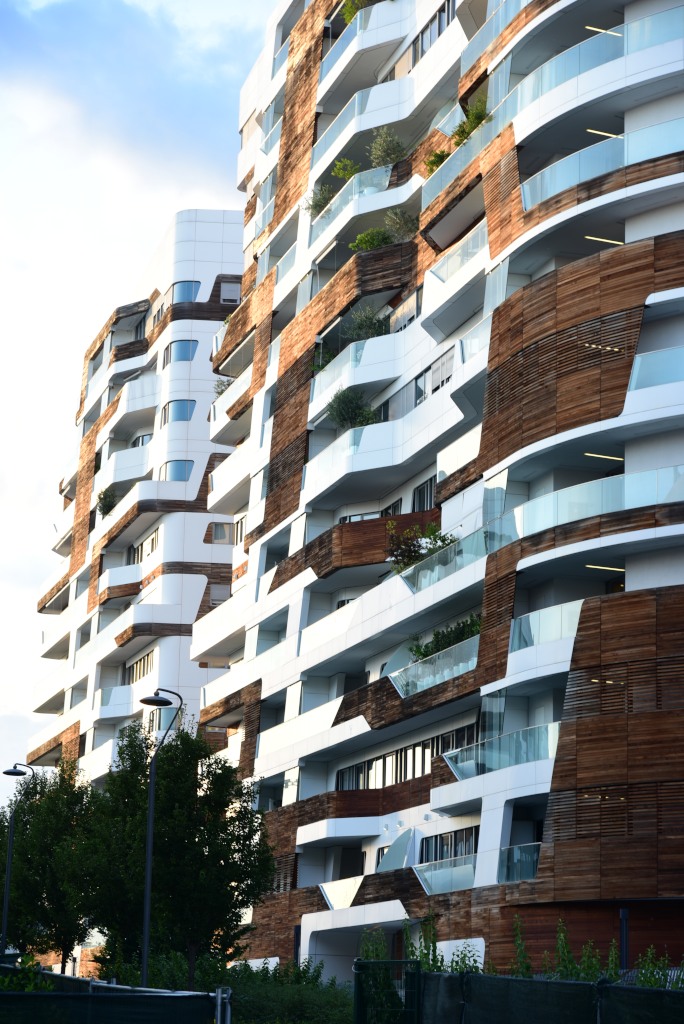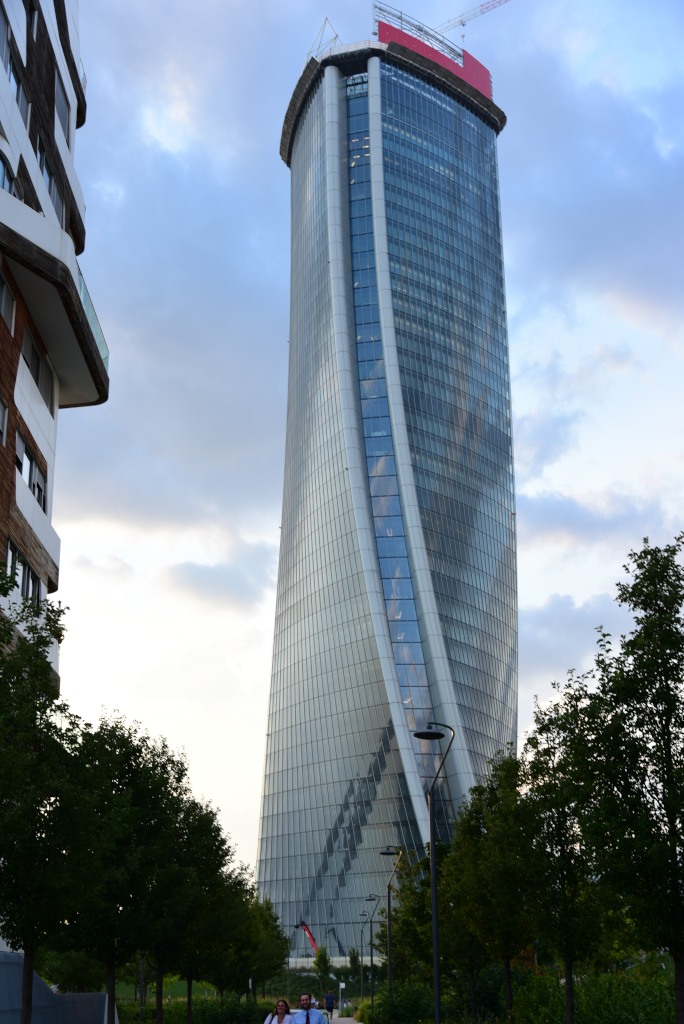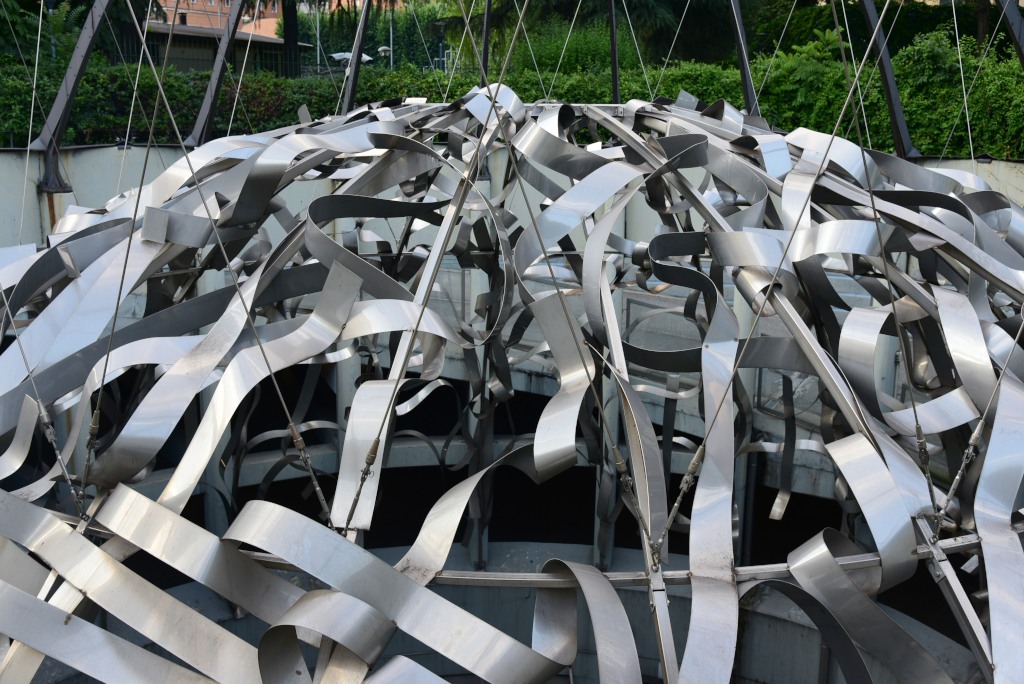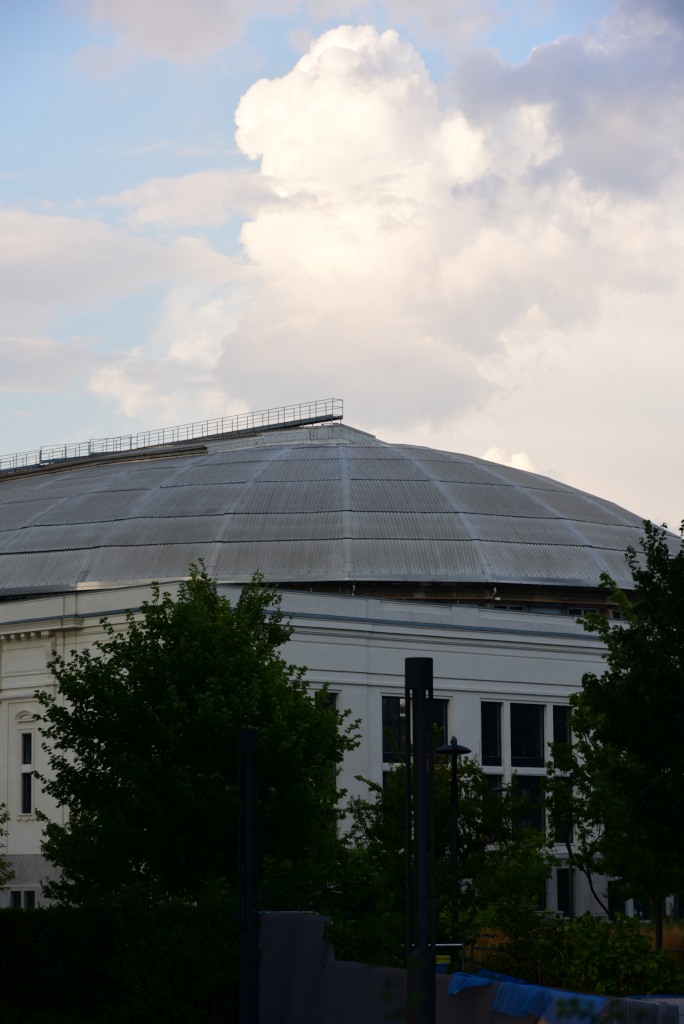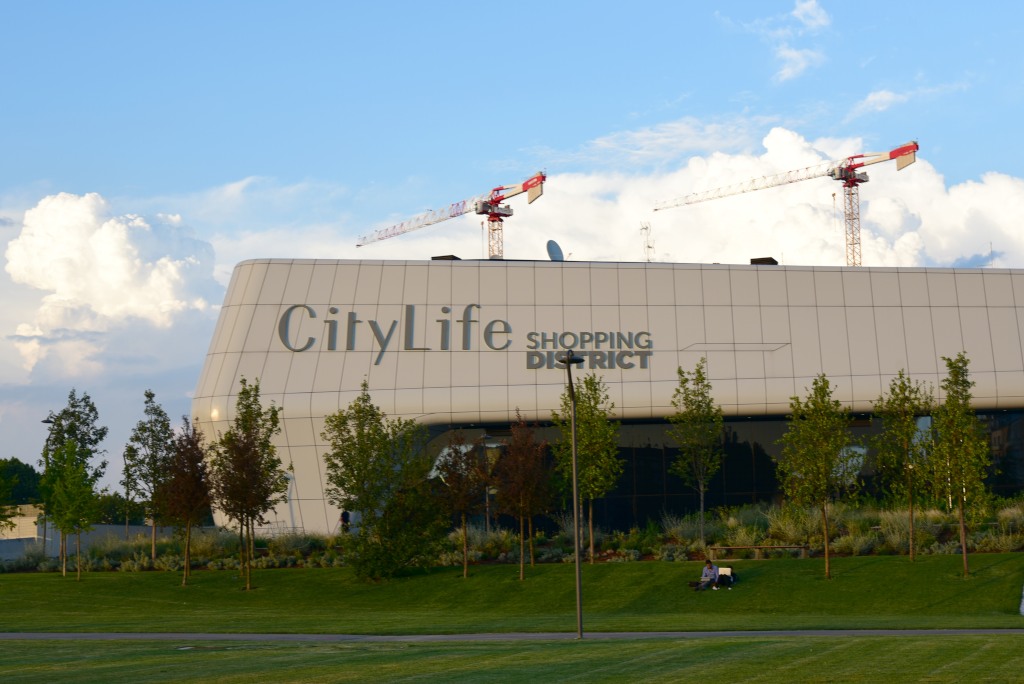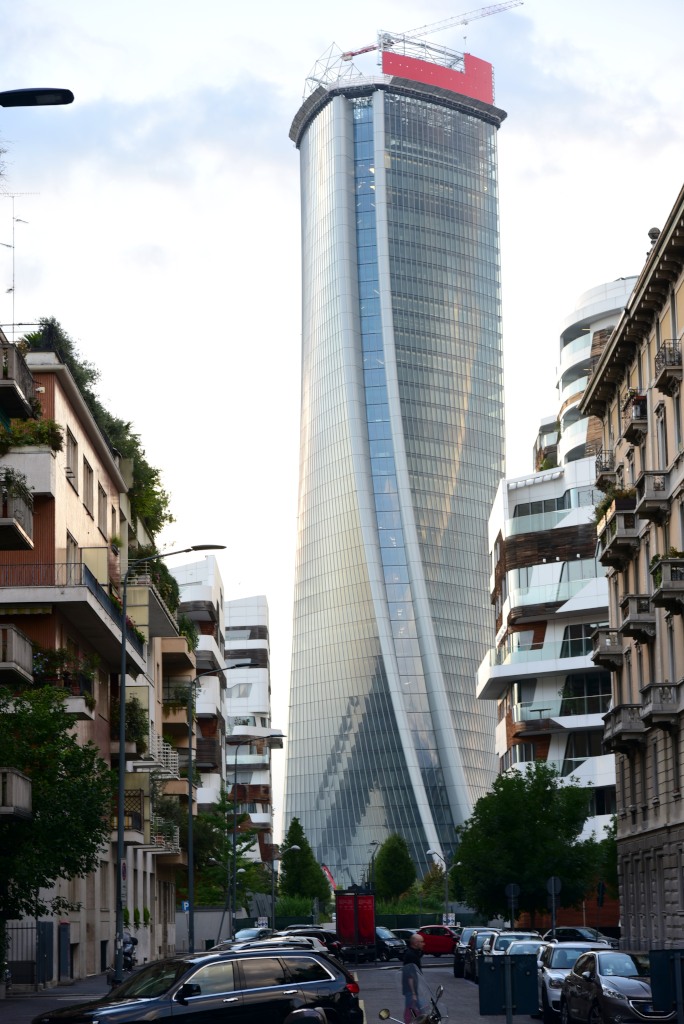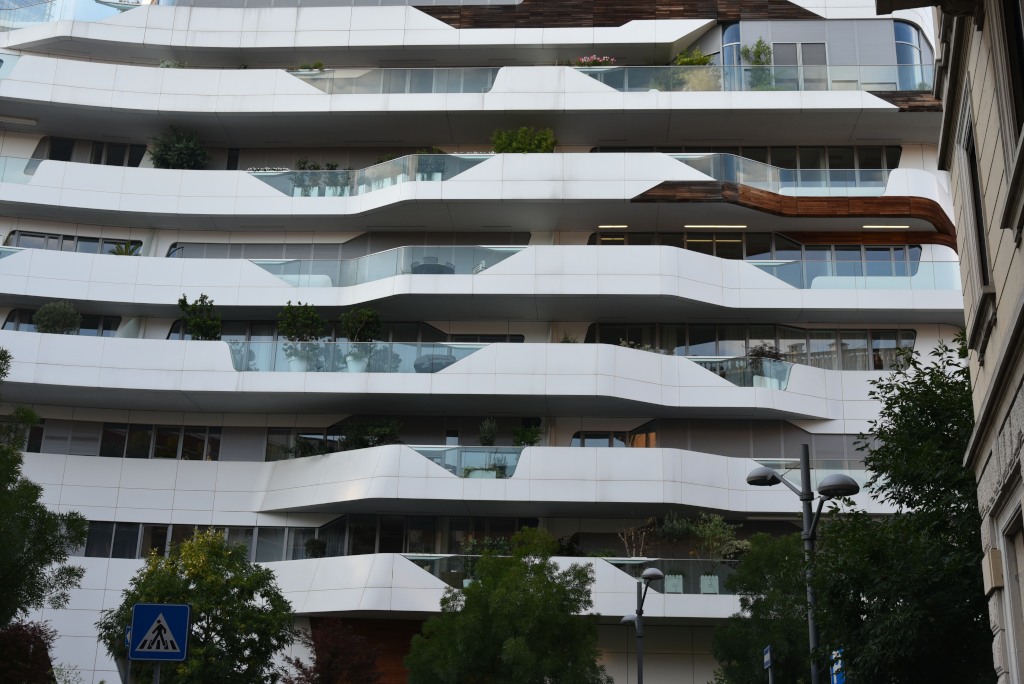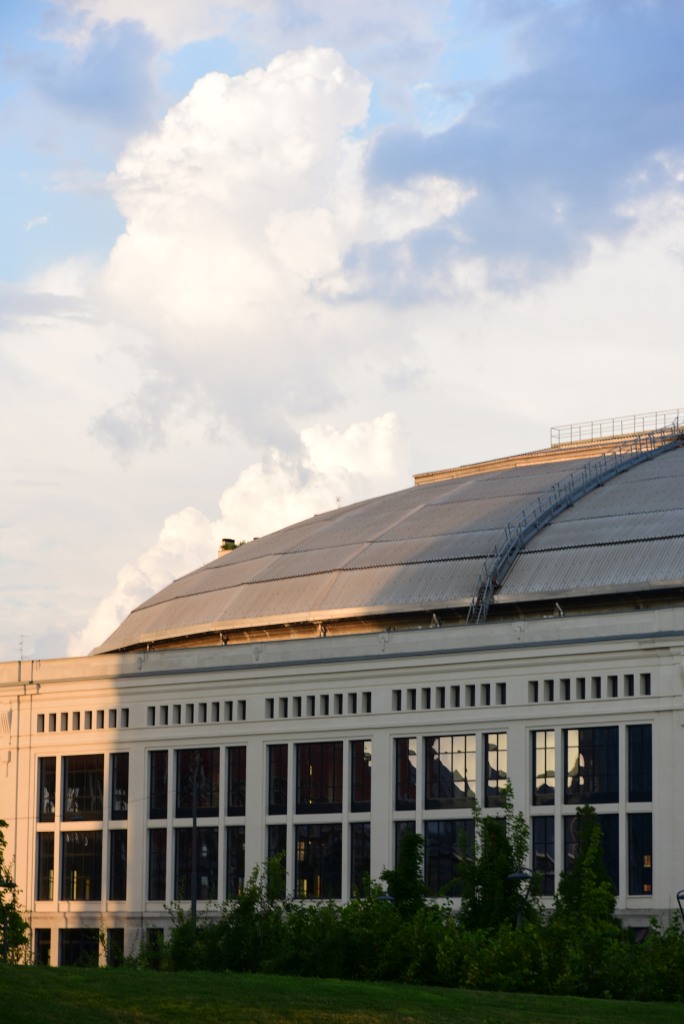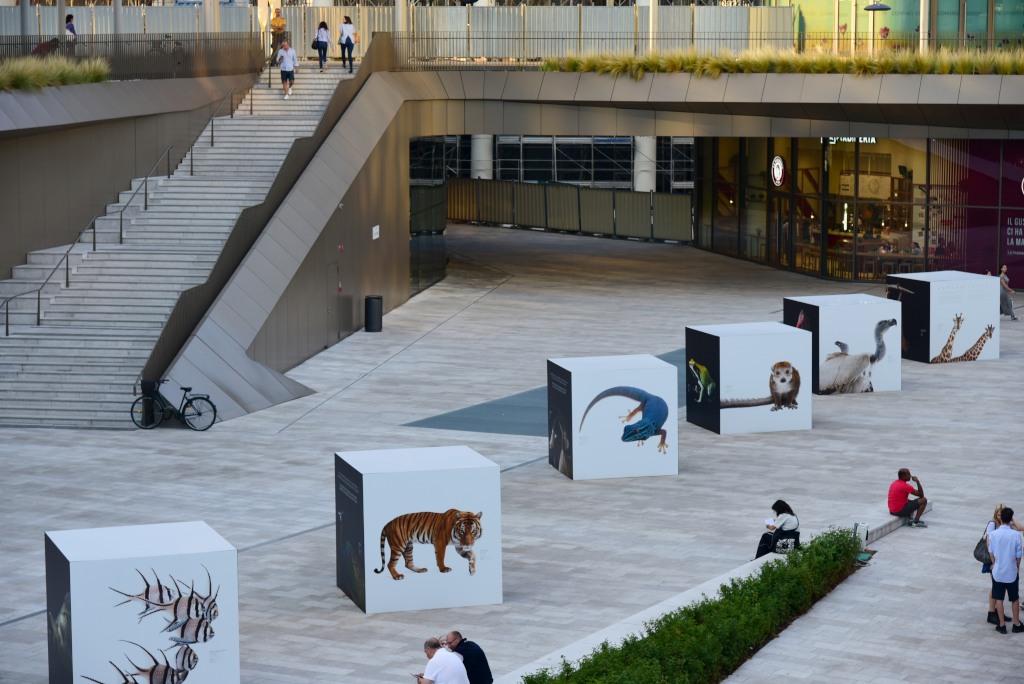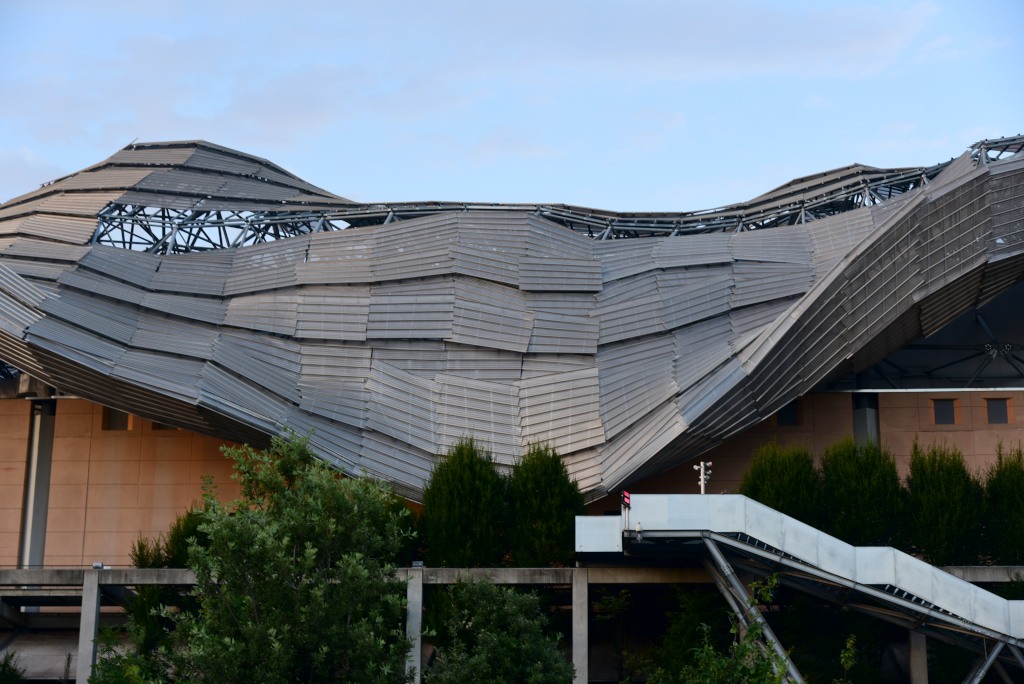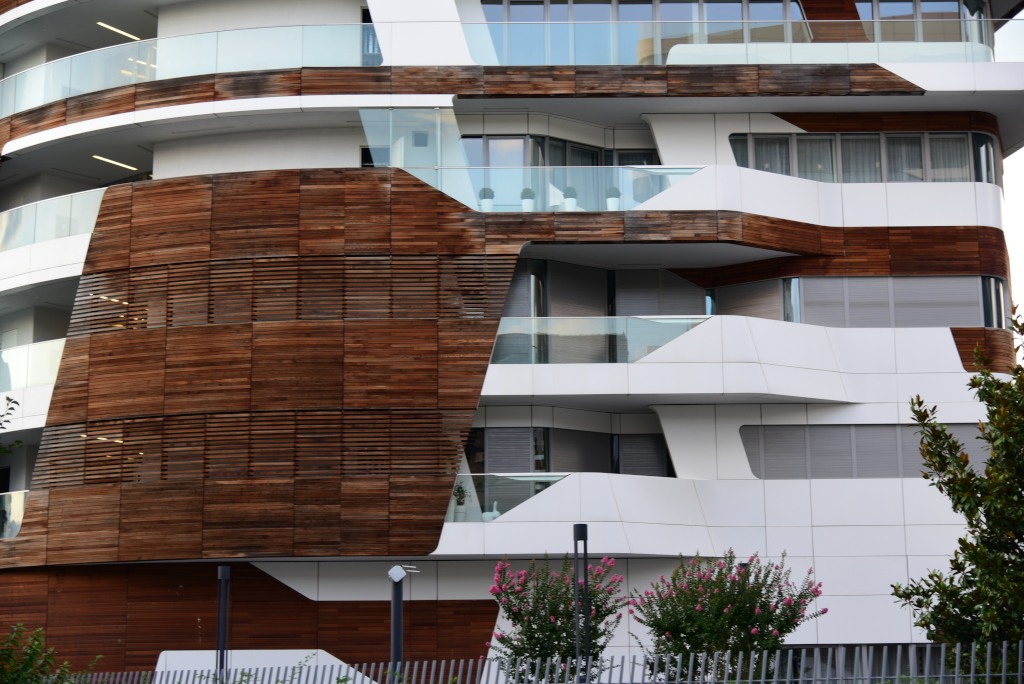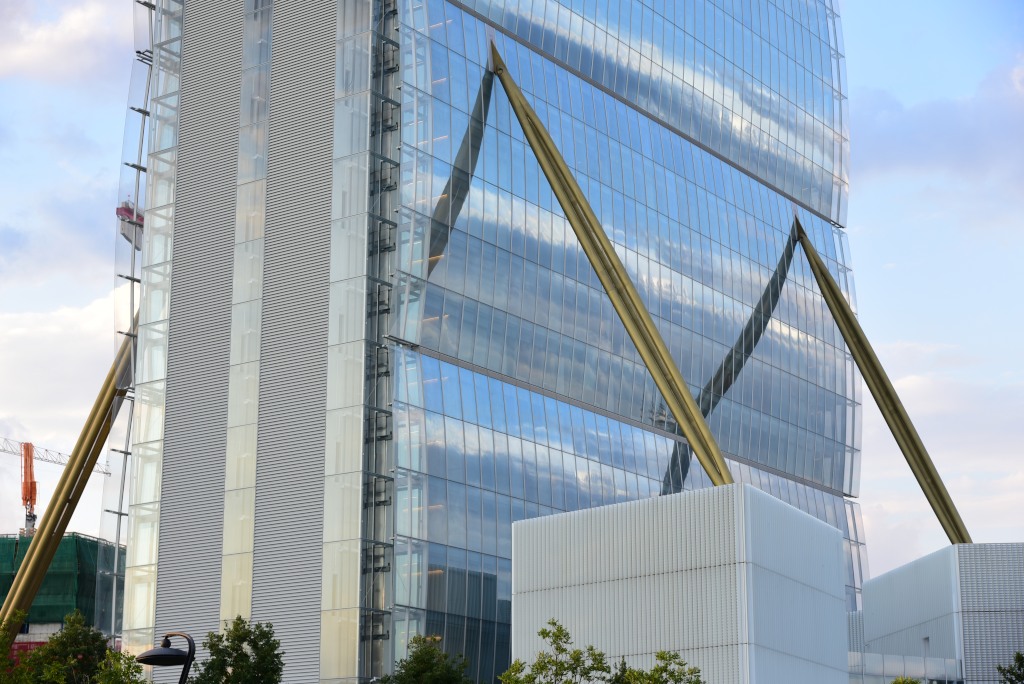July 5, 2018
The city of Milan is located in northern Italy, and is the second-most populous city in Italy after Rome. Milan is considered a leading global city in many arenas, and its business district hosts Italy’s stock exchange as well as the headquarters of national and international banks and companies. In terms of GDP, Milan has the third-largest economy among European cities after Paris and London, and is the wealthiest among European non-capital cities.
The city has been recognized as the world’s fashion and the design capital, showcasing events such as the Milan Fashion Week and the Milan Furniture Fair, which are currently among the world’s biggest in terms of revenue, visitors and growth. Milan is also the destination of 8 million overseas visitors every year, attracted by the city’s museums and art galleries that boast some of the most important collections in the world, including major works by Leonardo da Vinci.
Milan appears to have been founded by the Celts around 600 B.C. The Romans captured the city in 222 B.C., referring to the city as Mediolanum and its environs Cisalpine Gaul. In 286, emperor Diocletian moved the capital of the Western Roman Empire from Rome to Mediolanum; his cohort Maximian built numerous large monuments in the city, including a circus, baths, and a complex of imperial palaces.
It was from Milan that the Emperor Constantine issued the Edict of Milan in 313 A.D., granting tolerance to all religions within the Empire, thus paving the way for Christianity to become the dominant religion of the Empire. The city was attacked by the Goths at the beginning of the 5th century A.D. (whereupon the Imperial residence was moved to Ravenna), then again in the middle of the 5th century by Attila the Hun. The city was laid to waste by the Goths in the middle of the 6th century.
The Galleria Vittorio Emanuele II is housed within a four-story double arcade in the center of town, between the cathedral and the Teatro Alla Scala. Named after the first king of Italy, the structure consists of two glass-vaulted arcades intersecting in an octagon, and covered by an arching glass and cast iron roof.
The cathedral of Milan is dedicated to St Mary of the Nativity and is the seat of the Archbishop of Milan. The cathedral is the largest church in Italy, the third largest in Europe and the fourth largest in the world, and took nearly six centuries to complete.
Brera is one of the most central and sought-after districts of Milan, centered on Brera street. The name stems from medieval Italian “braida” or “brera”, derived from Old Lombardic “brayda”, meaning a land expanse either cleared of trees or naturally lacking them. Brera houses the Brera Academy of Fine Arts and the Brera Art Gallery, which prominently contributed to the development of Brera as an artists’ neighborhood and a place of bohemian atmosphere, sometimes referred to as “the Milanese Montmartre”.
Both the Academy and the Gallery are located in Palazzo Brera, the same building also housing Milan’s botanical garden as well as an astronomical observatory and the Braidense National Library. A short walk from the cathedral, the well-tended neighborhood is rich in historic buildings, elegant restaurants, bars, boutiques, art shops, and street markets.
The Pinacoteca Brera is the first museum in Milan and one of the most outstanding image galleries in the world, housing some of the most prestigious paintings from medieval to modern eras, as well as sculptures by important Italian artists of the XX century. Artists represented in the art gallery include Gentile da Fabriano, Andrea Mantegna, Giovanni Bellini, Tintoretto, Piero della Francesca, Raffaello Sanzio, Caravaggio and Tiepolo.
The Castello Sforzesco was built in the 15th century by Francesco Sforza, Duke of Milan, on the remnants of a 14th-century fortification, and upon enlargening in the 16th and 17th centuries became one of the largest citadels in Europe. The castle now houses several of the city’s museums and art collections.
In the middle of the 15th century, Francesco Sforza began reconstruction of the original, simpler castle into his princely residence. In 1494, Ludovico Sforza became lord of Milan, and called numerous artists to decorate the castle, including Leonardo da Vinci and Bramante.
Stretching to the back of the Castello Sforzesco is the Parco Sempione, 116 acres of greenery offering a respite from Milan’s bustle, transected by numerous trails and hosting a variety of modern sculptures. The park includes a large lake, and stretches all the way to the Arco della Pace, built as a tribute to Napoleon’s victories.
Embracing the northwestern area of the Sempione park, the neighborhood of the same name offers a mix of inner city elegance that rapidly fades into the endless sprawl of characterless apartment buildings that characterize Milan’s periphery.
Contrasting with the relatively mundane Sempione, CityLife to the immediate west is a spectacular residential, commercial and business district designed by the architects Zaha Hadid, Arata Isozaki and Daniel Libeskind to replace Milan’s original trade fair complex. The project includes three skyscrapers in addition to offices, stores, and restaurants. The luxury residential area comprises 1,300 apartments and extensive green space. CityLife is the largest car-free area in Milan and is equipped with the most advanced alternative energy systems, using sources such as ground water, district heating, and photovoltaics.
The residences designed by Zaha Hadid are composed of seven buildings, consisting of one-bedroom apartments to double-height penthouses. The flowing, esoteric and nimble lines of Hadid’s work extend to all aspects of these structures, including the furniture and surrounding green space.
The second group of residences have been designed by Daniel Libeskind, and are composed of five buildings, consisting of the same range of apartments. Striking in their design, they are notably a far cry from the inherent beauty of Zaha Hadid’s work.
(Narrative excerpted from Wikipedia as well as www.milan-museum.com)

